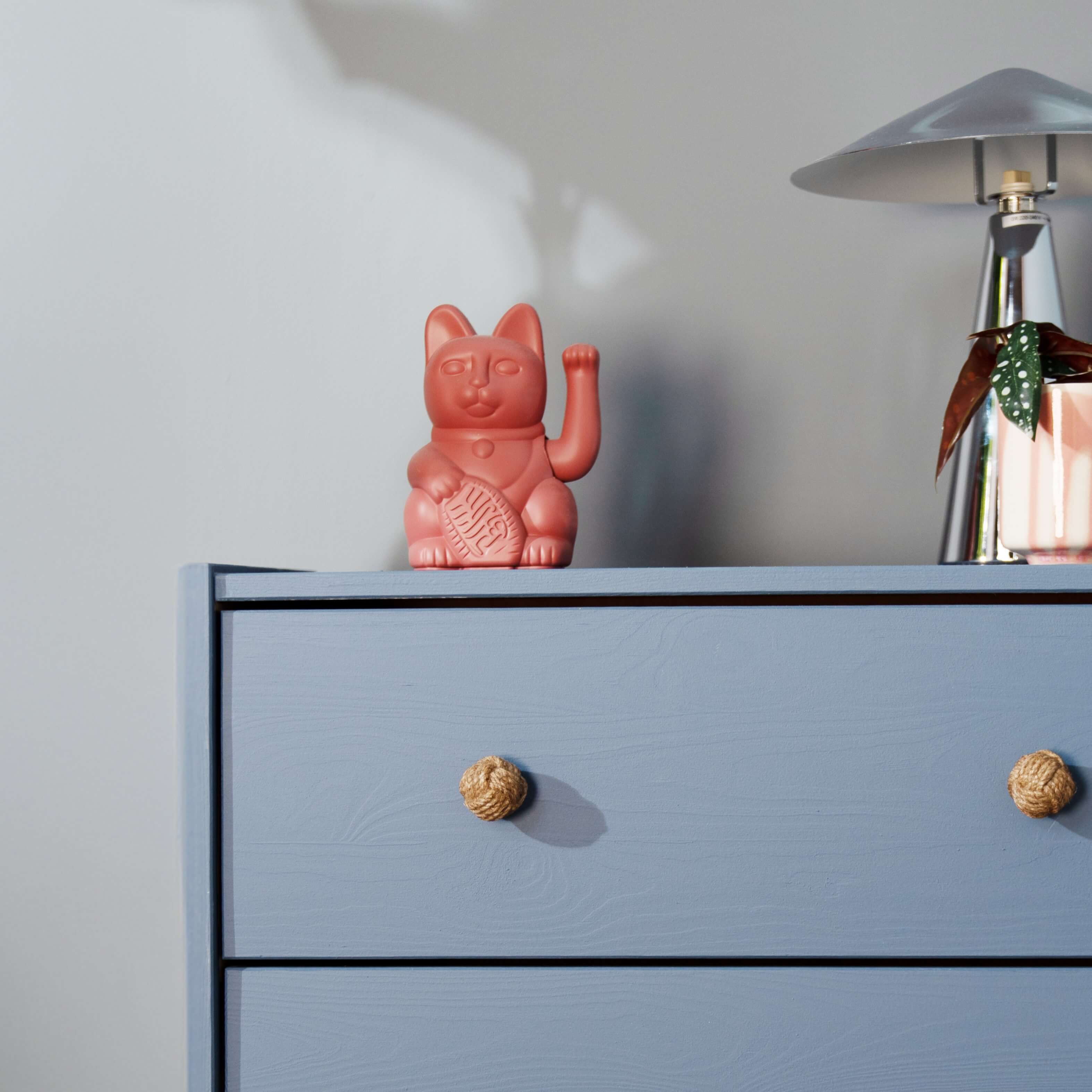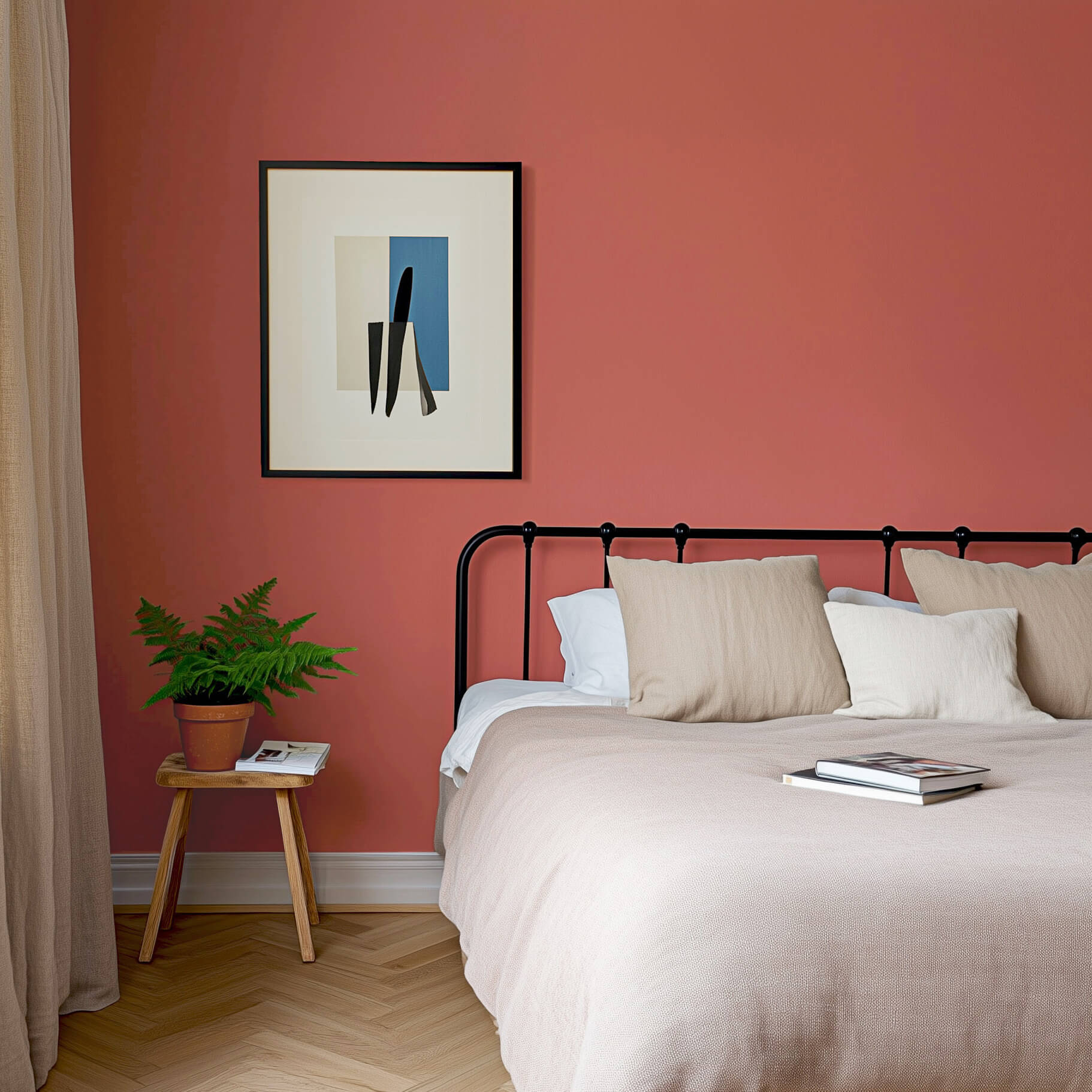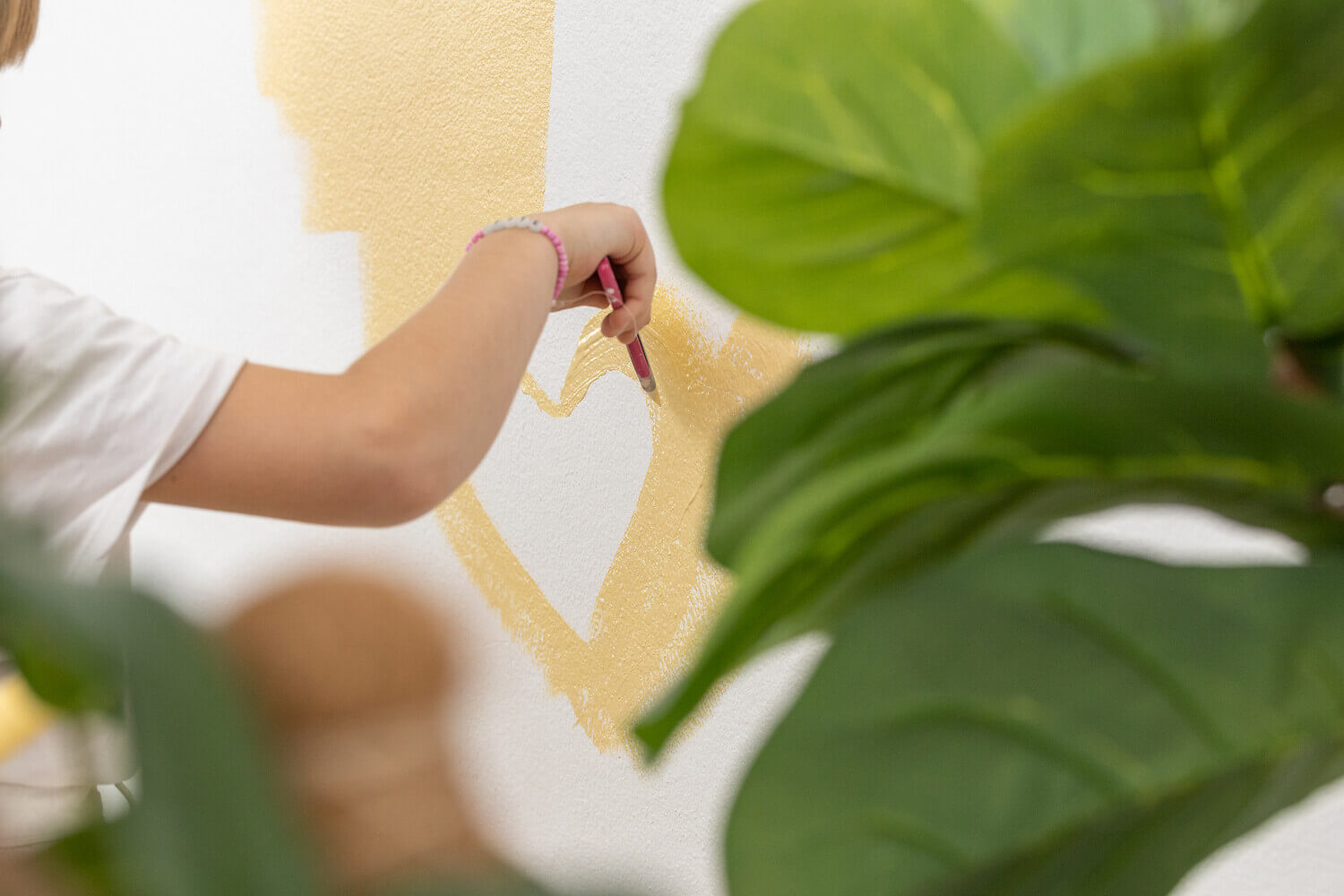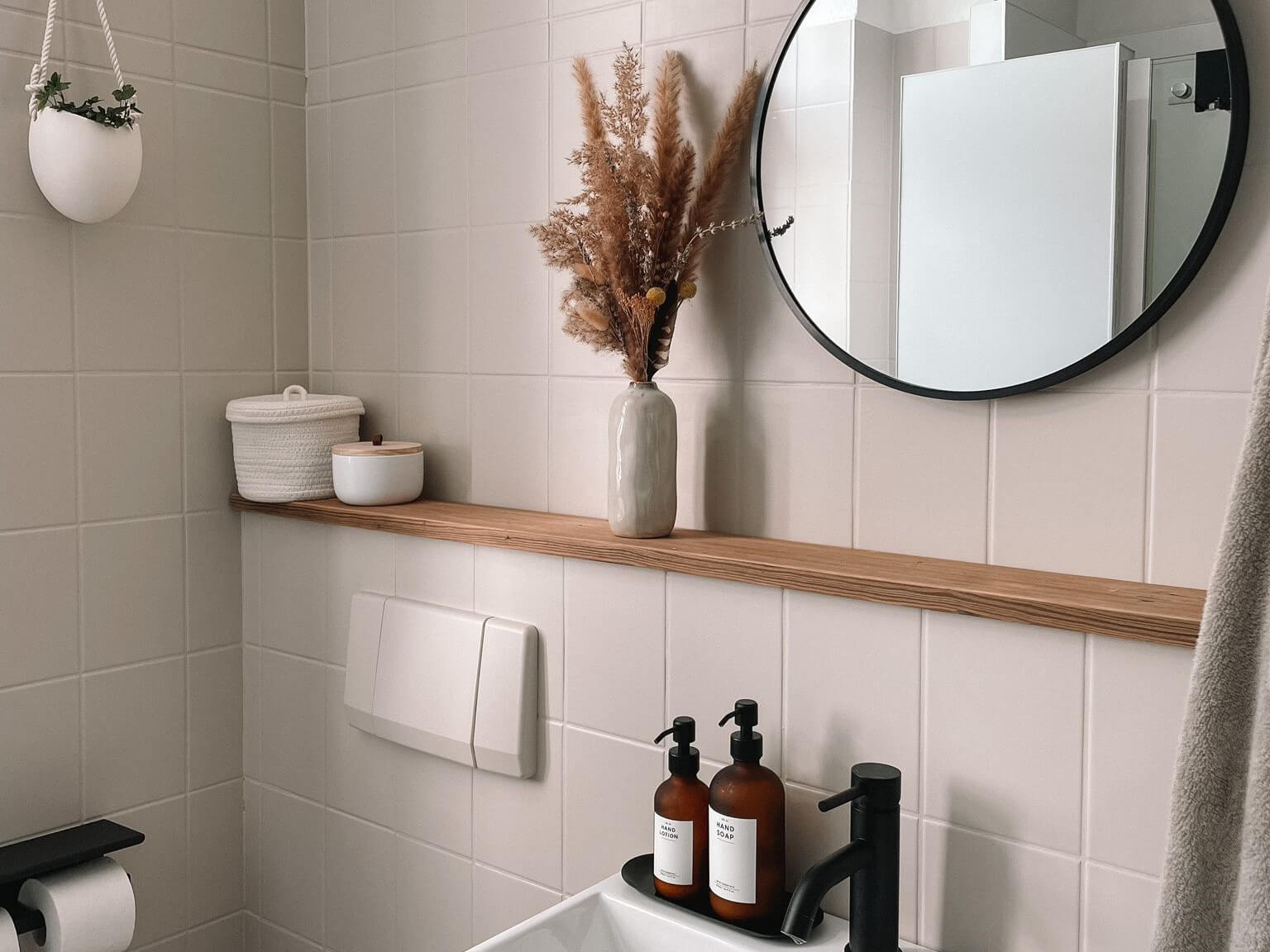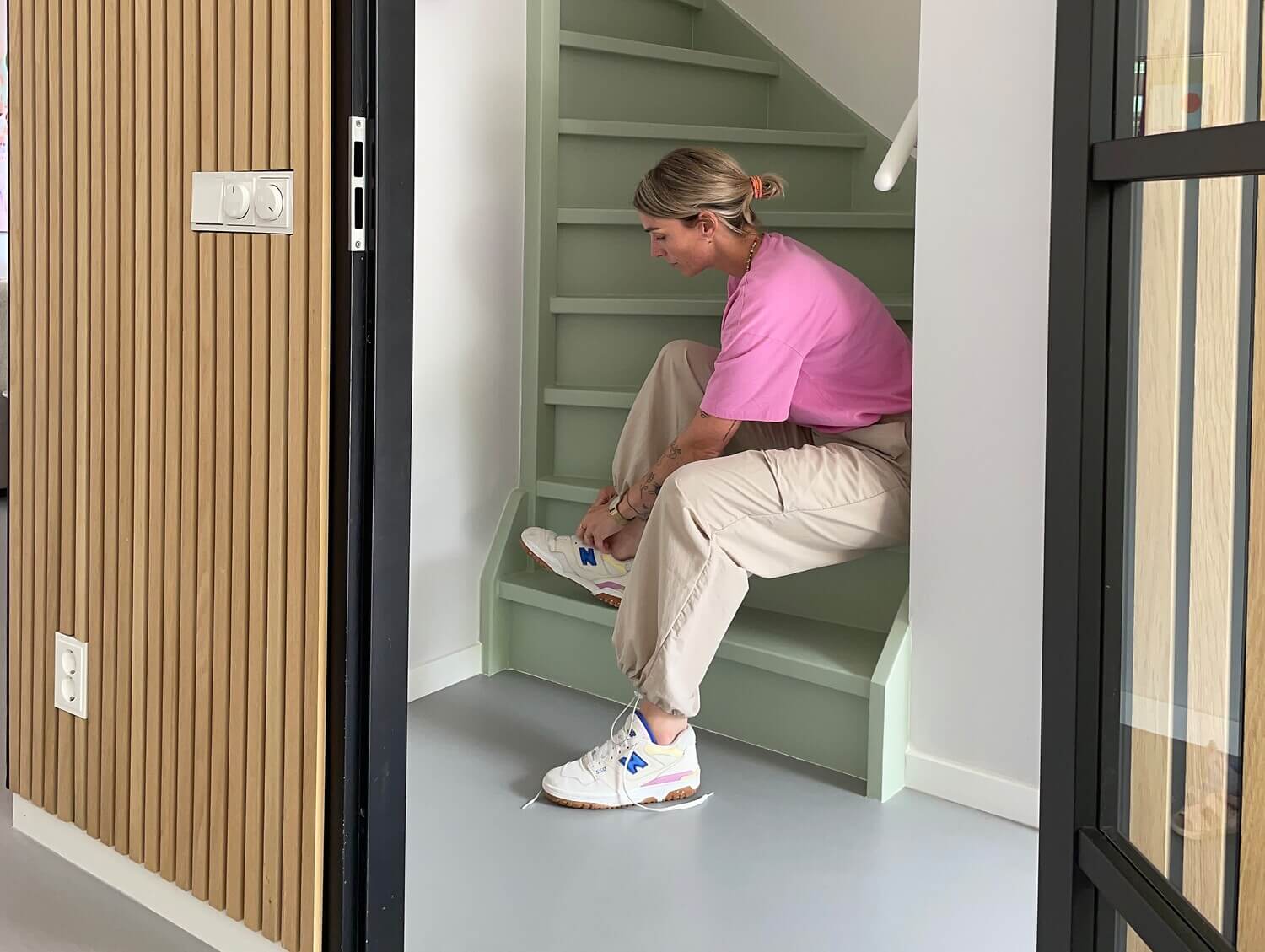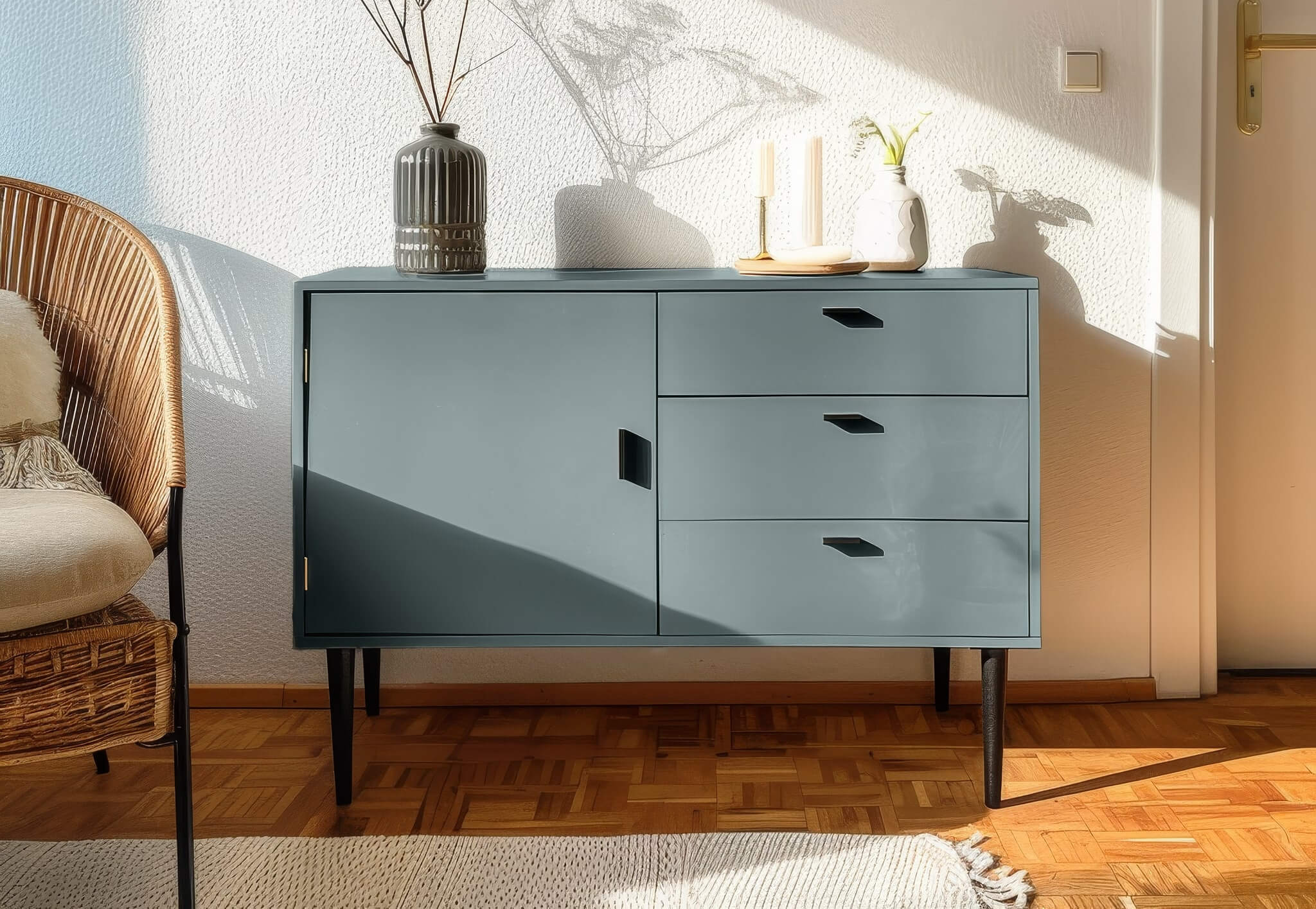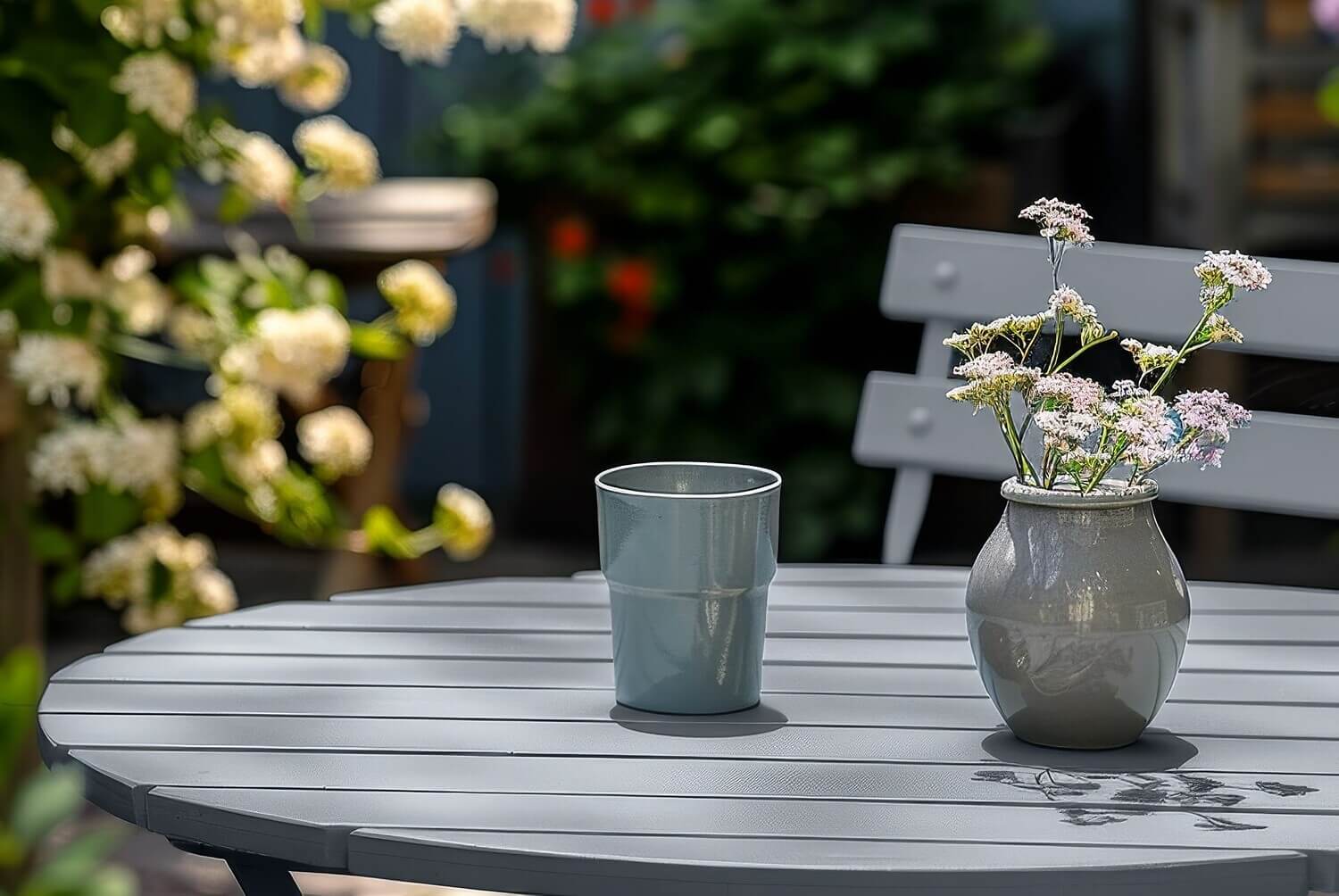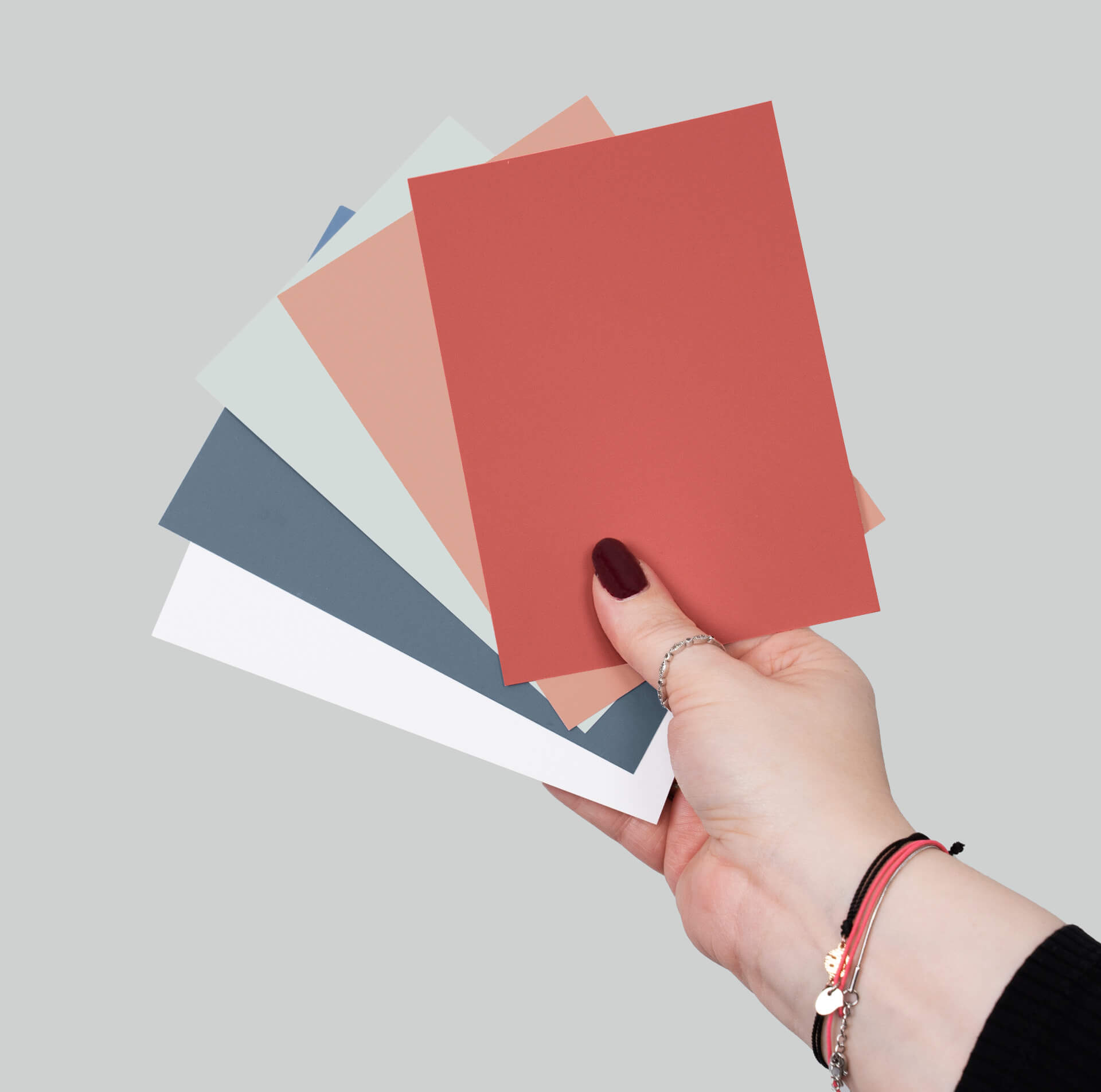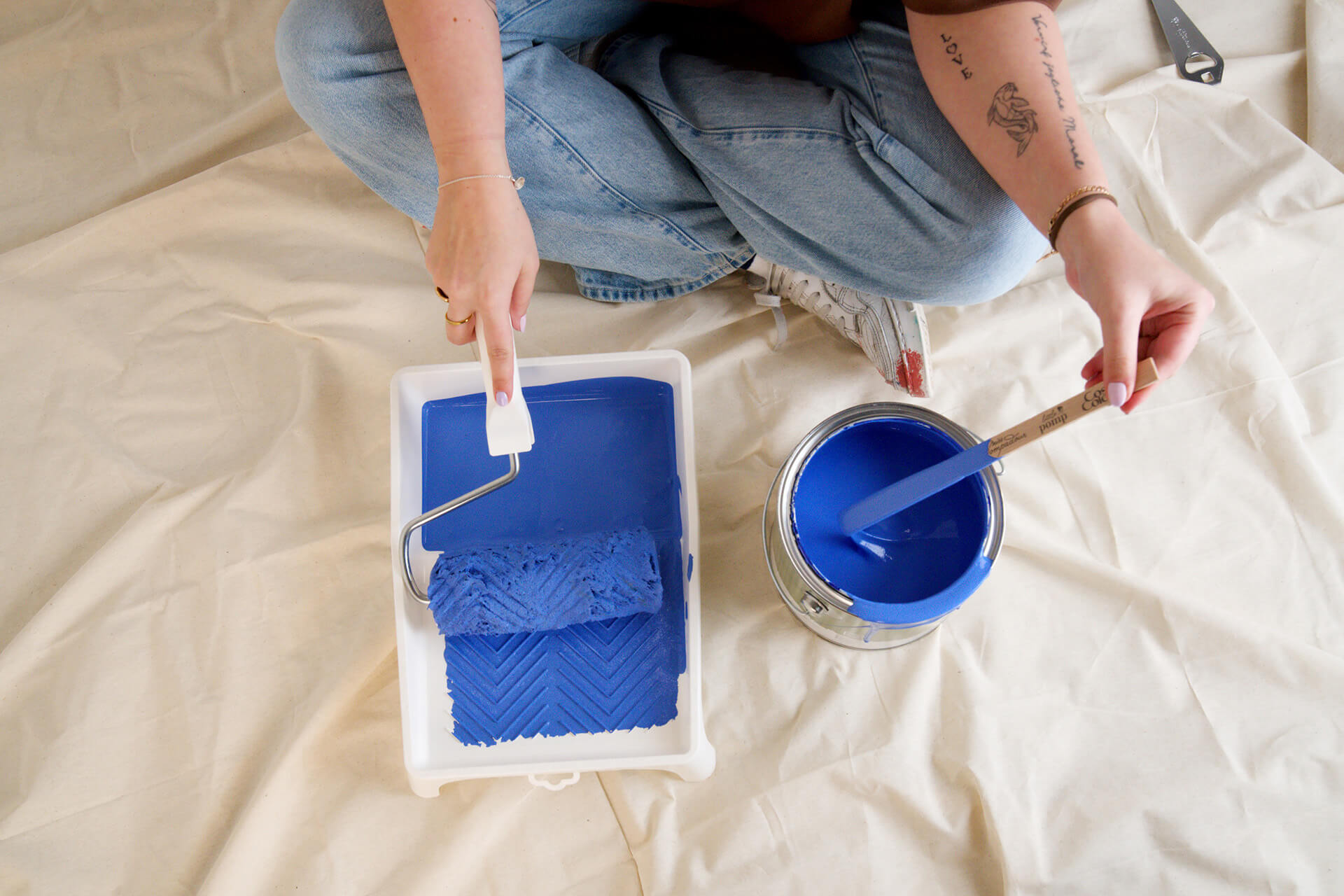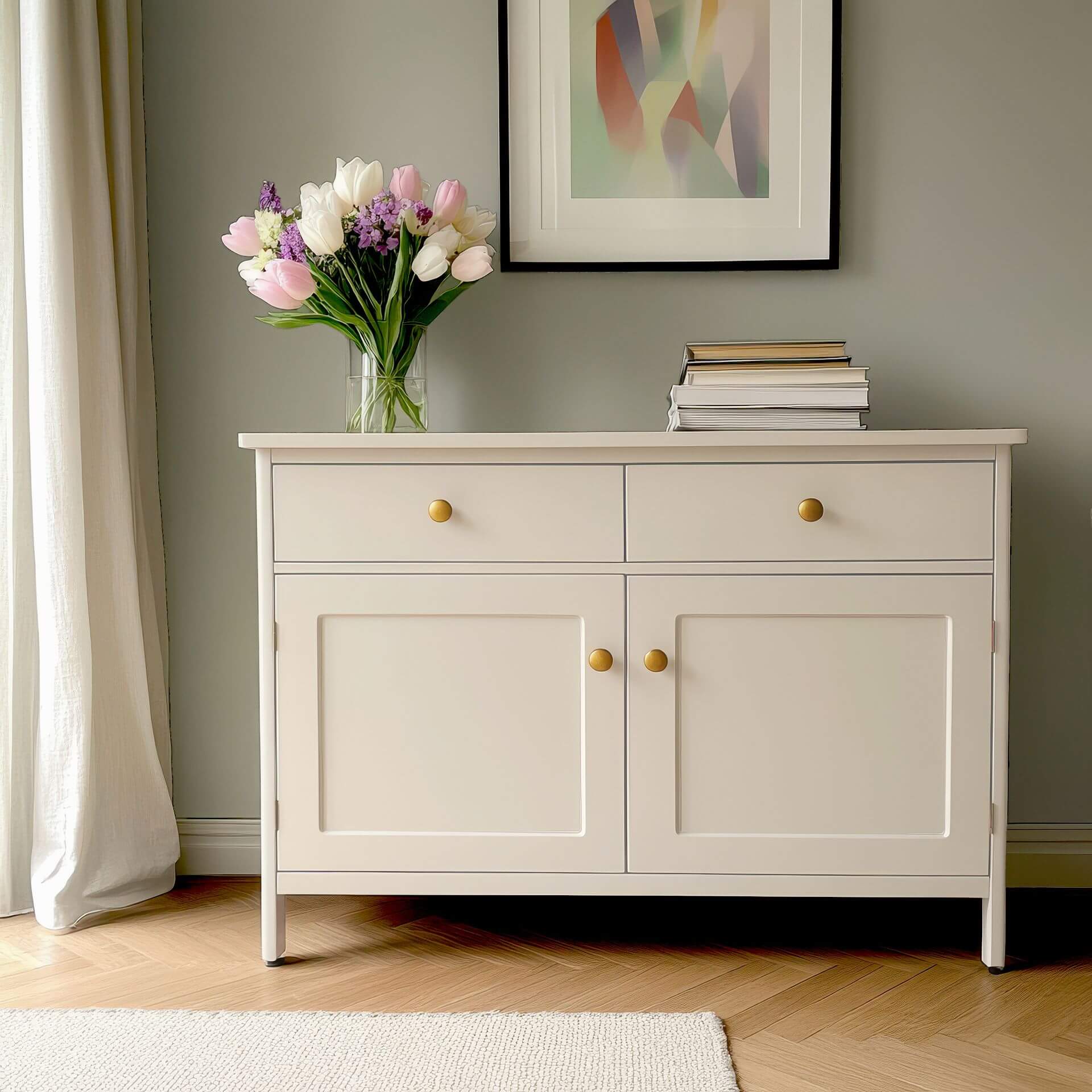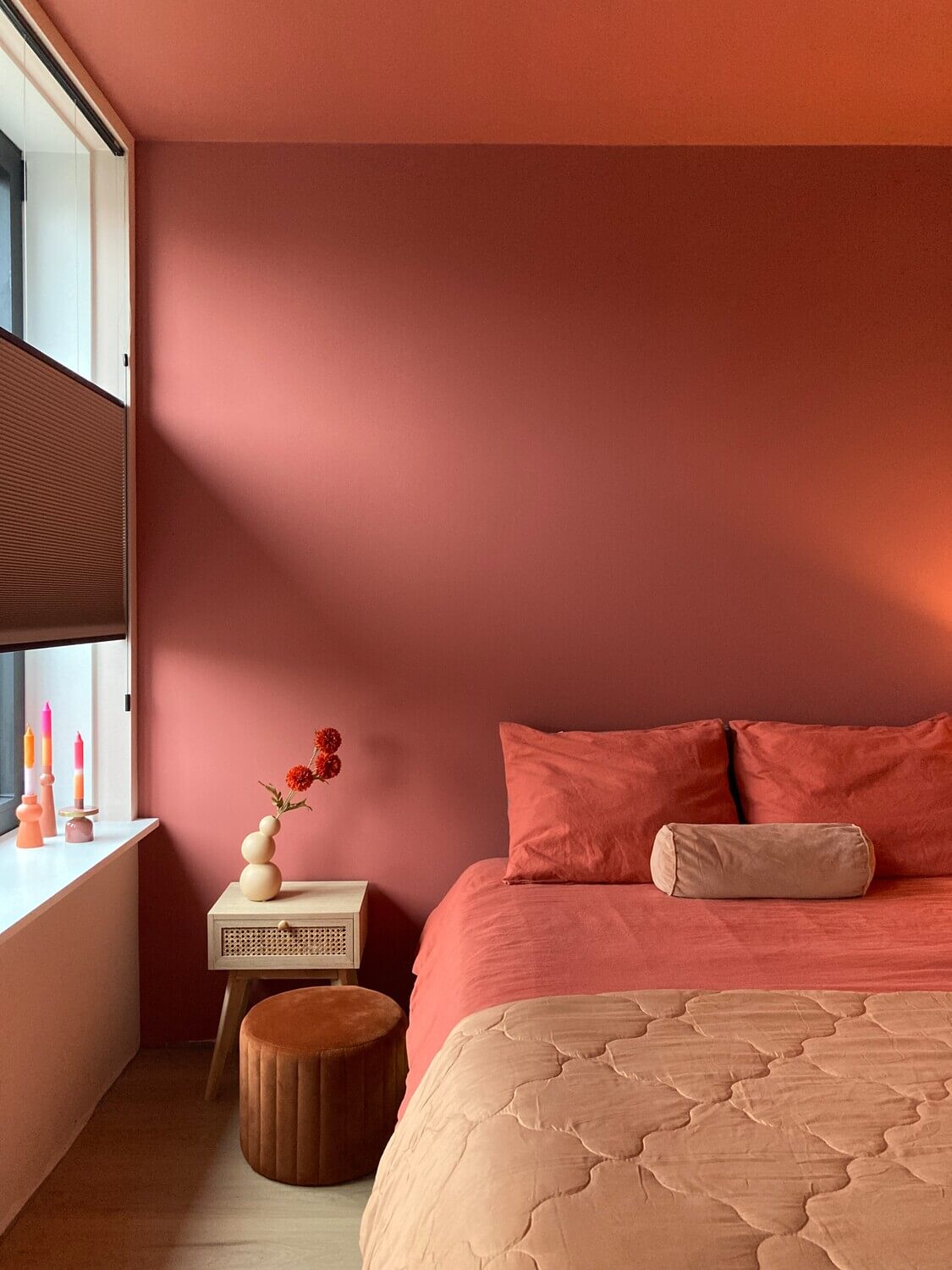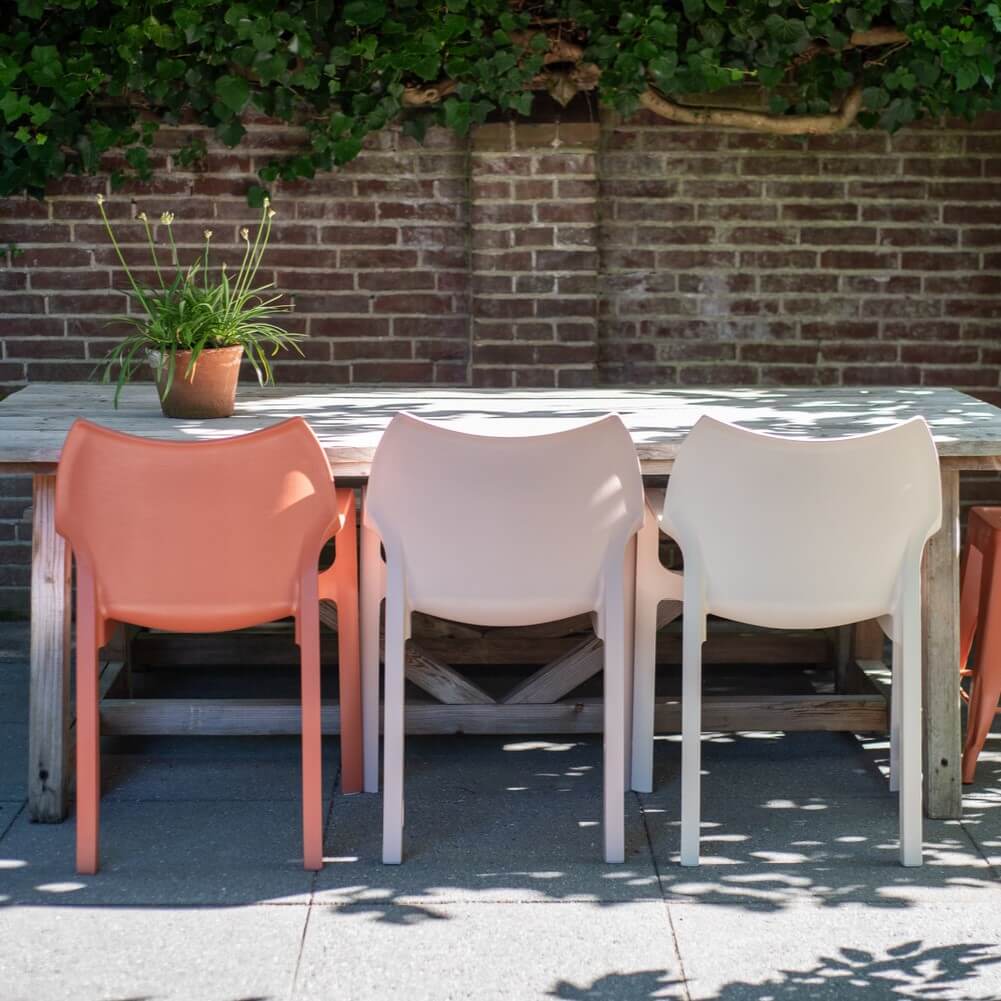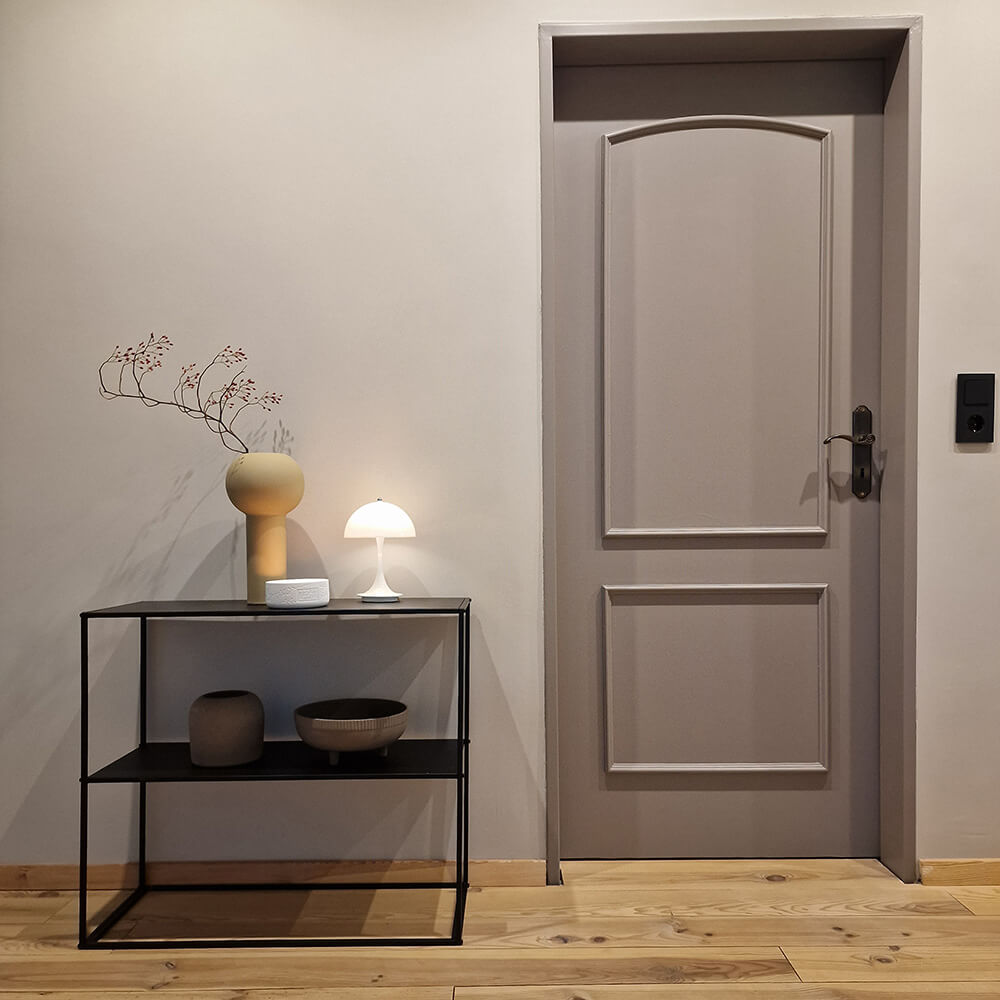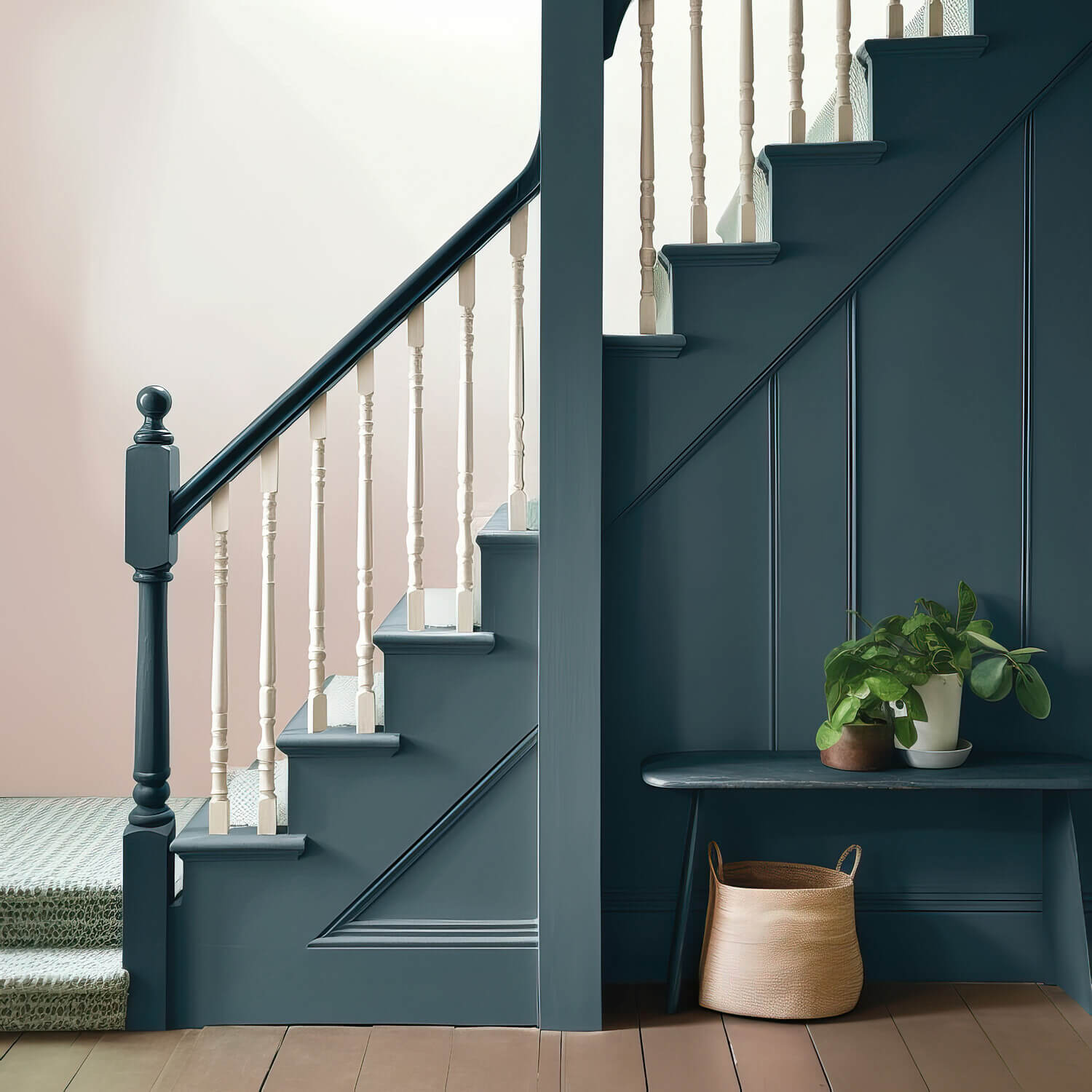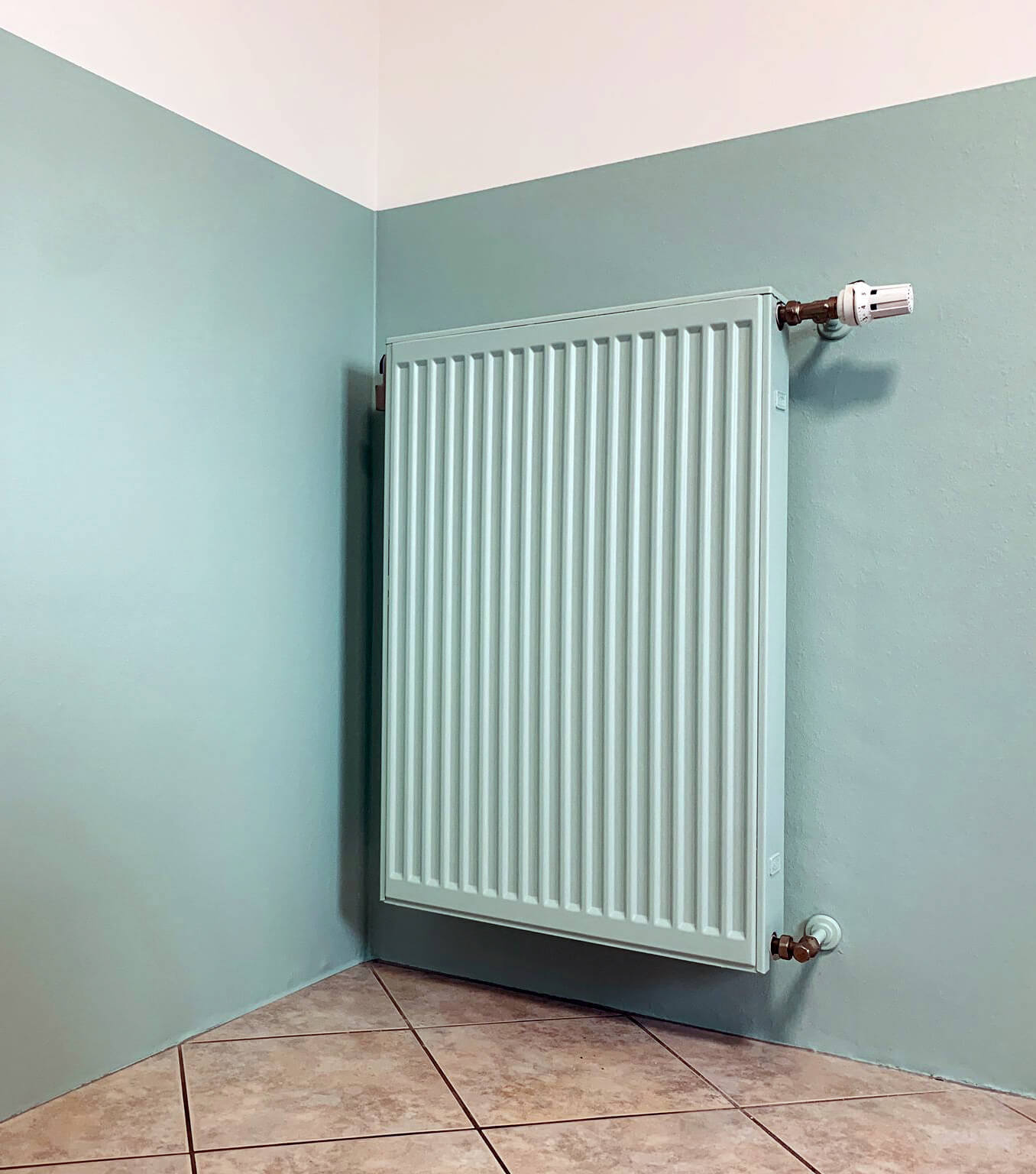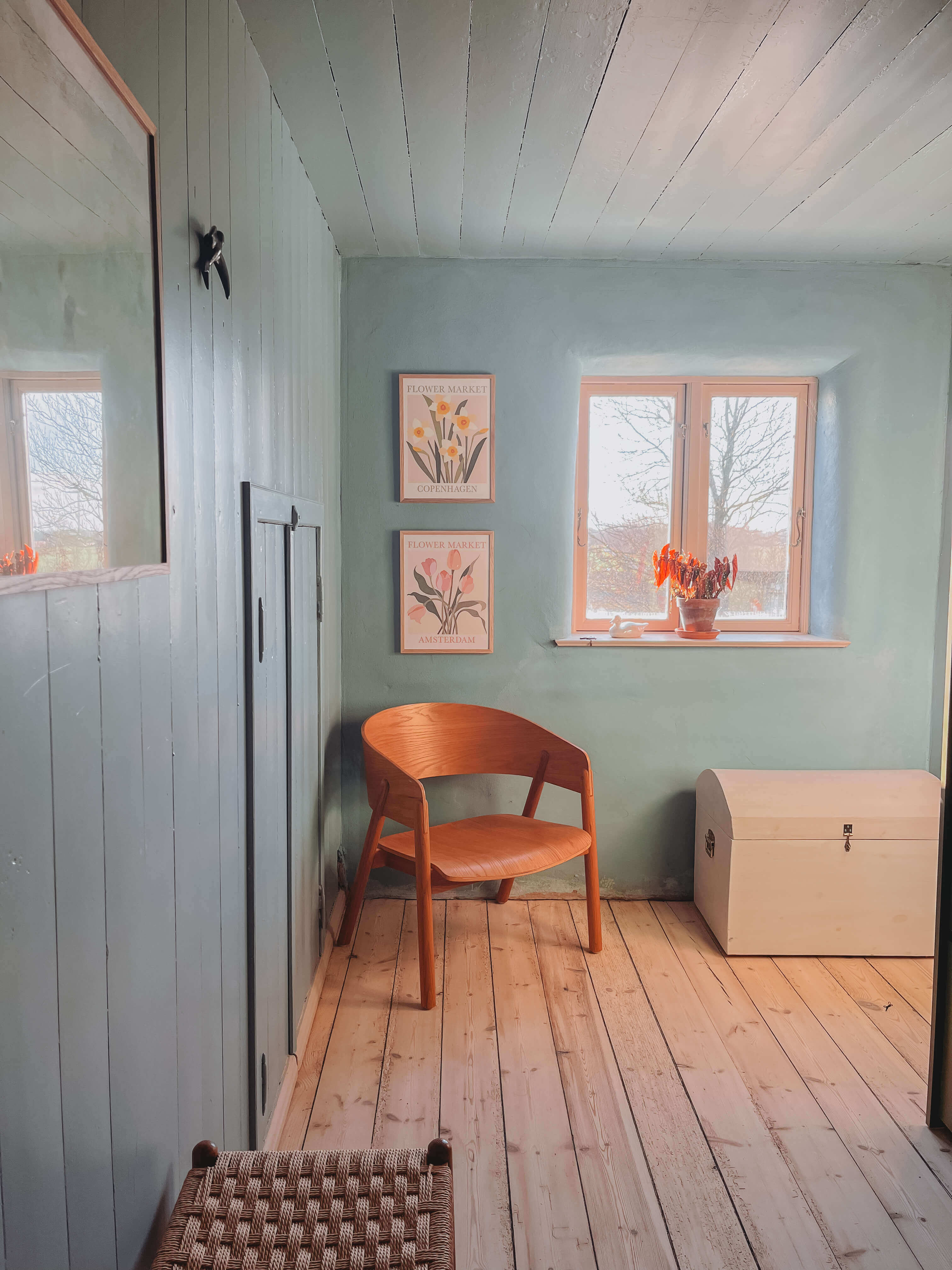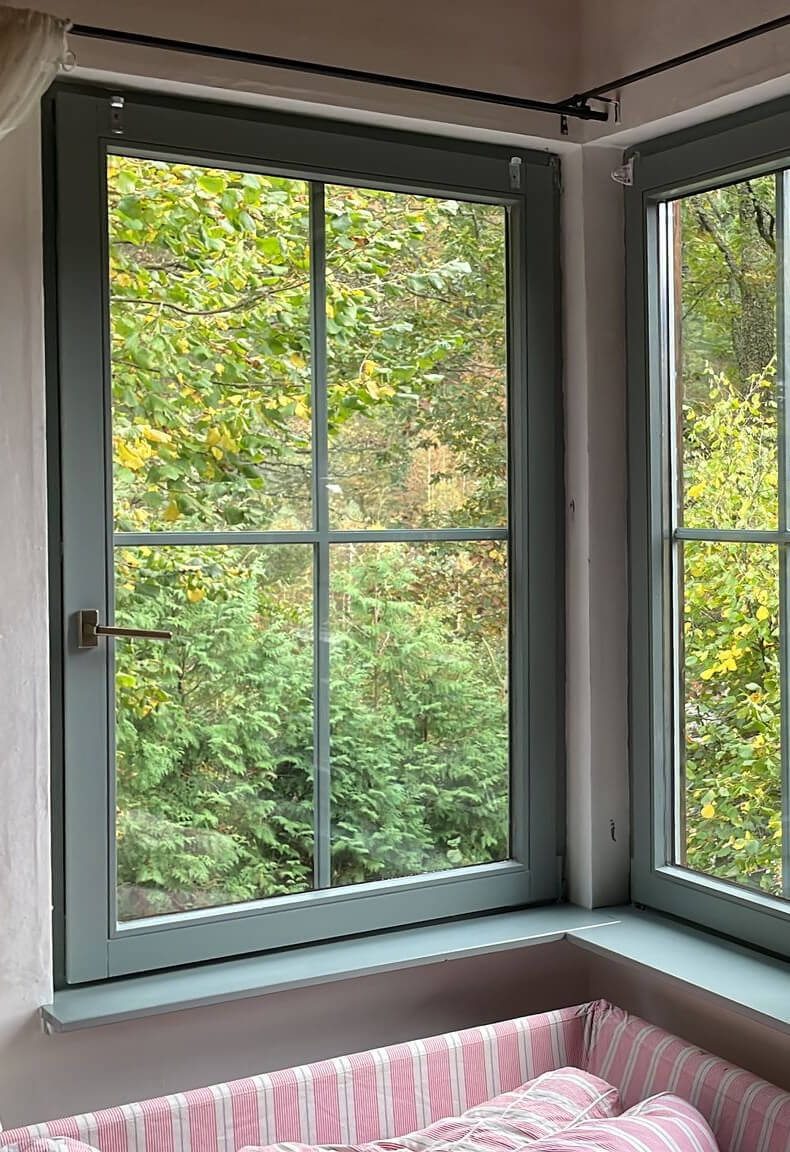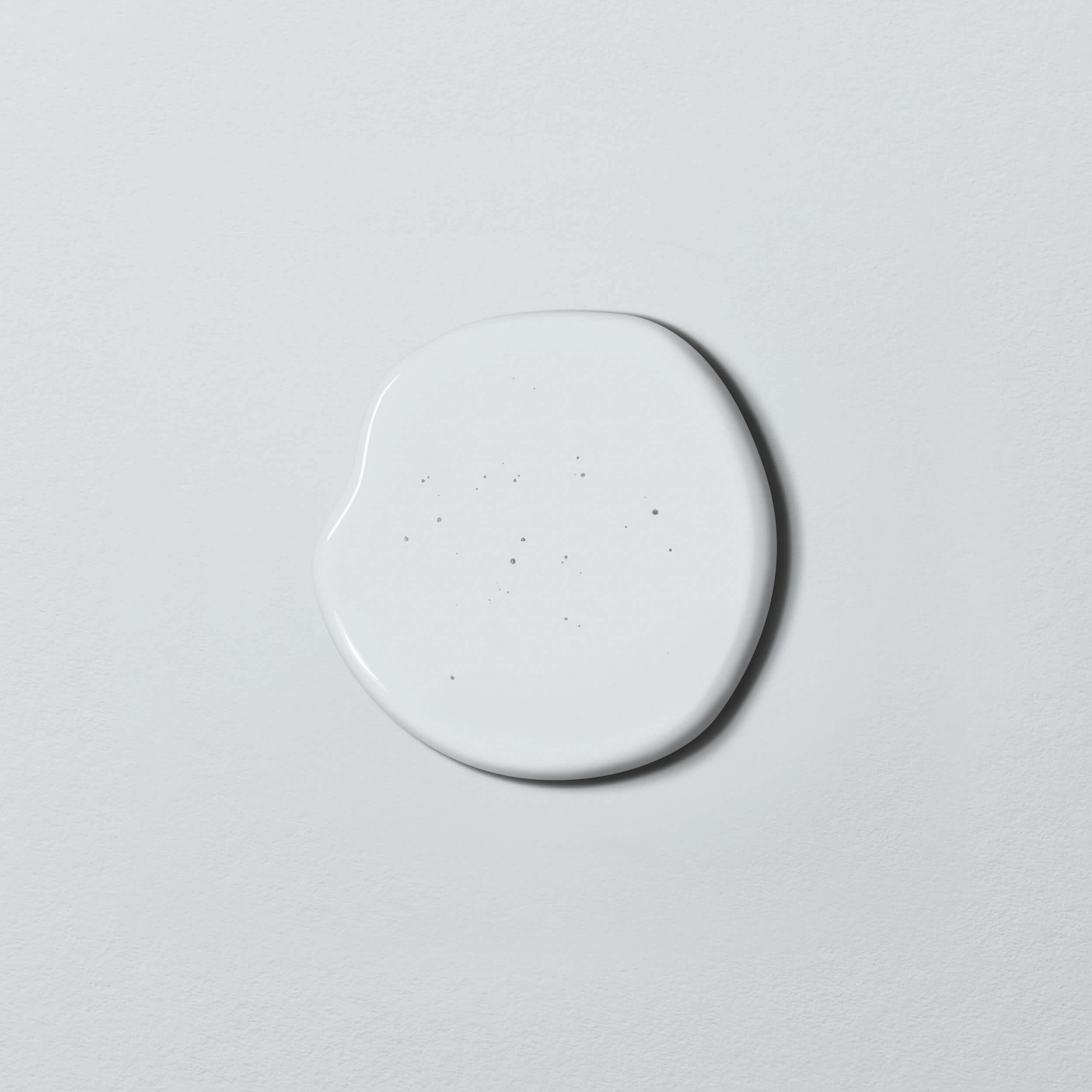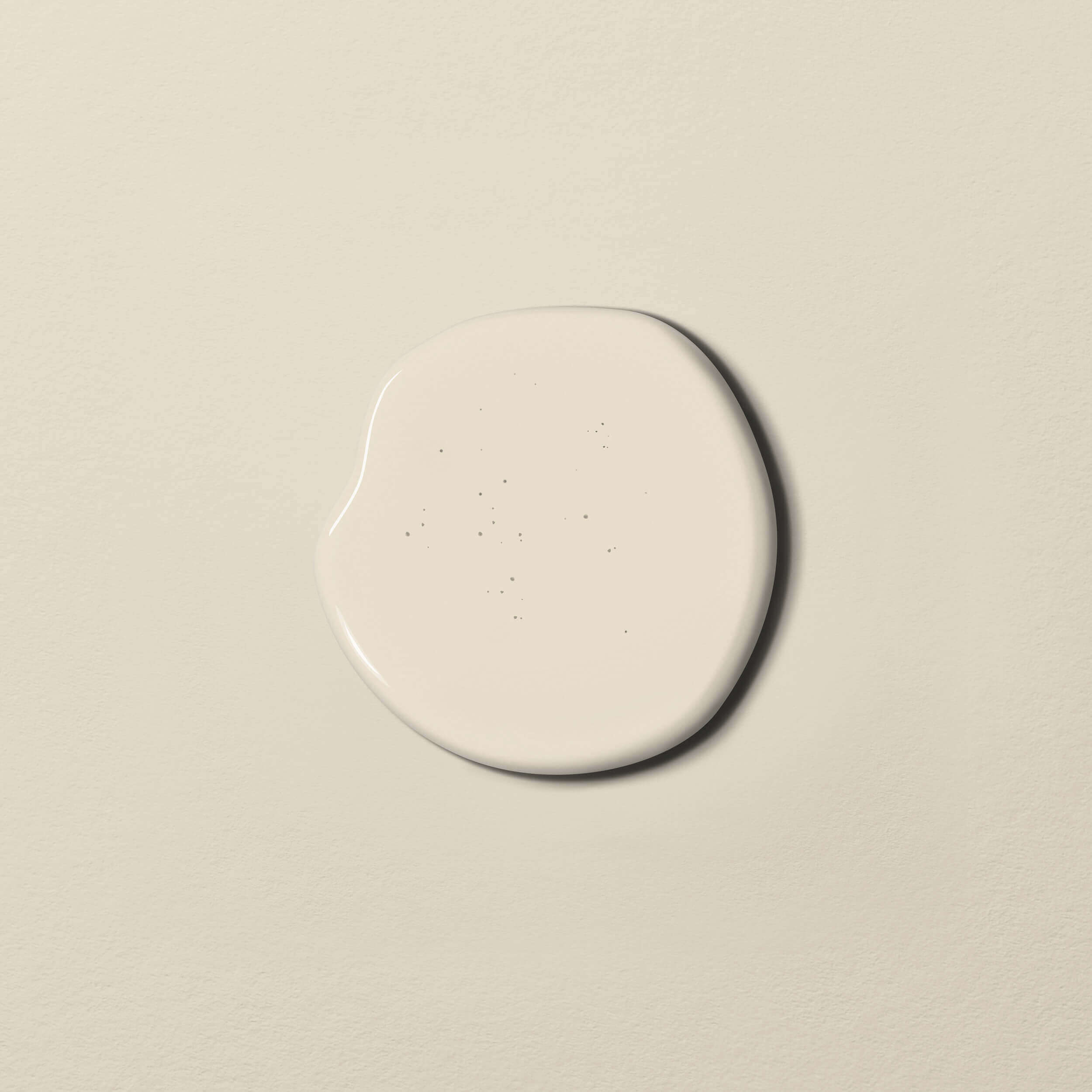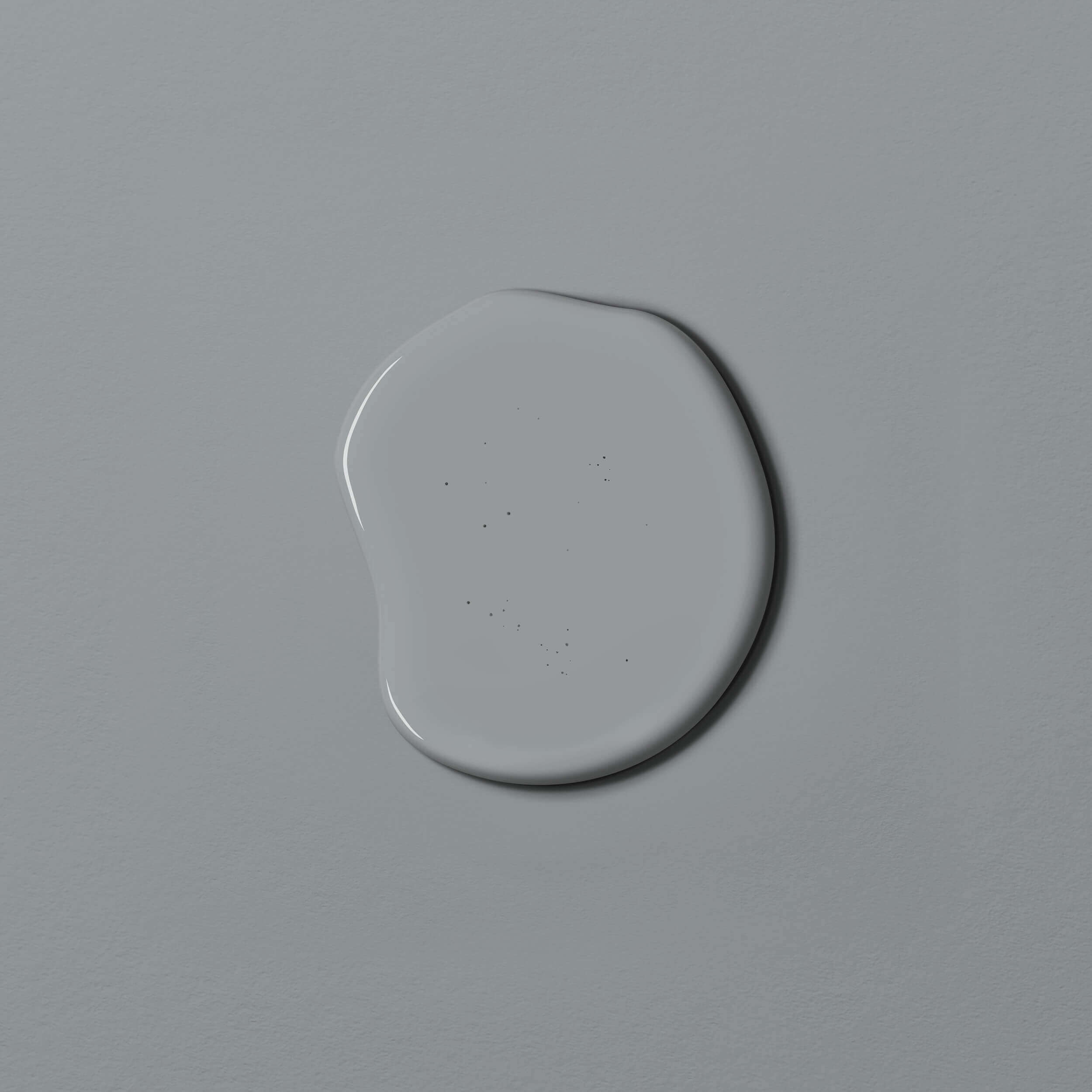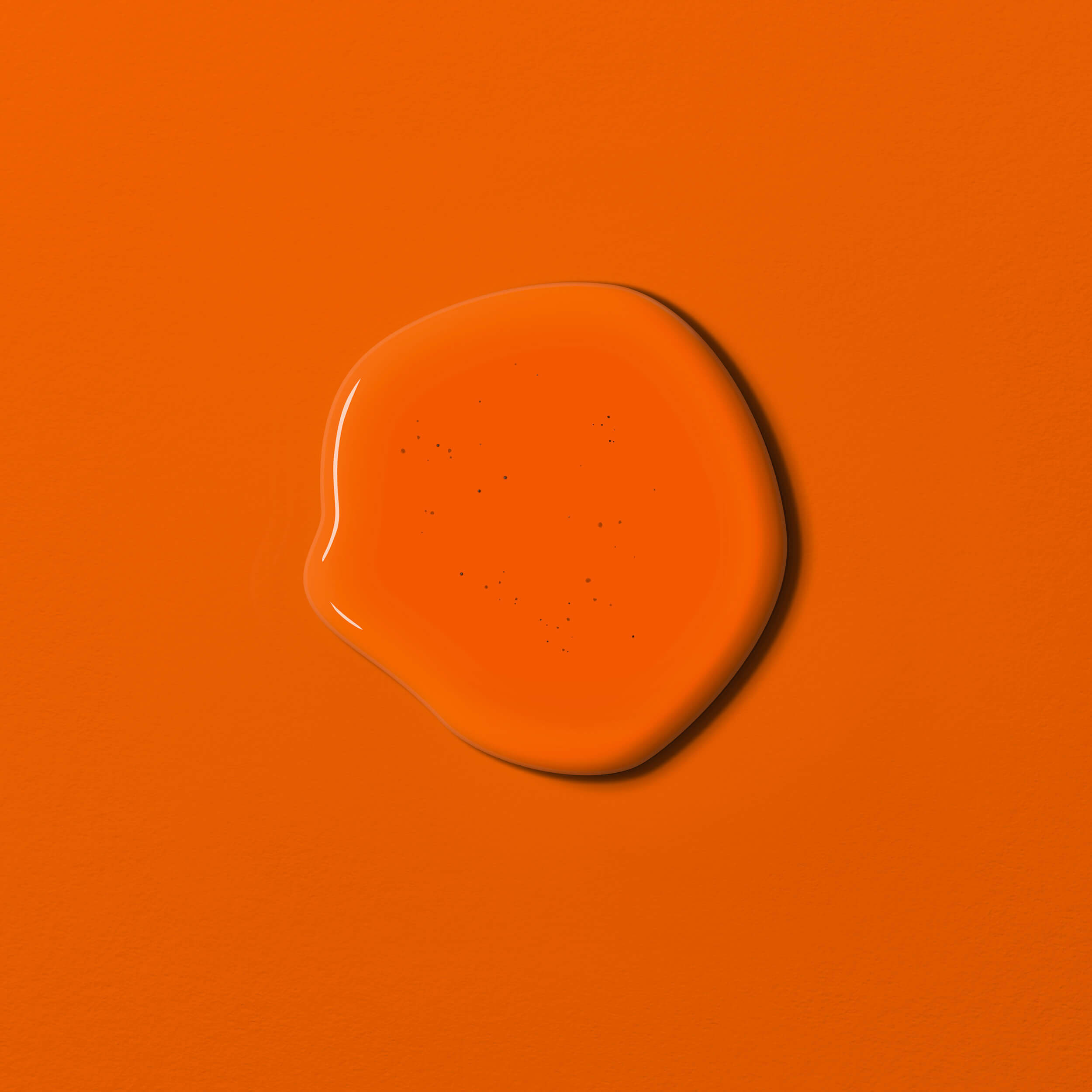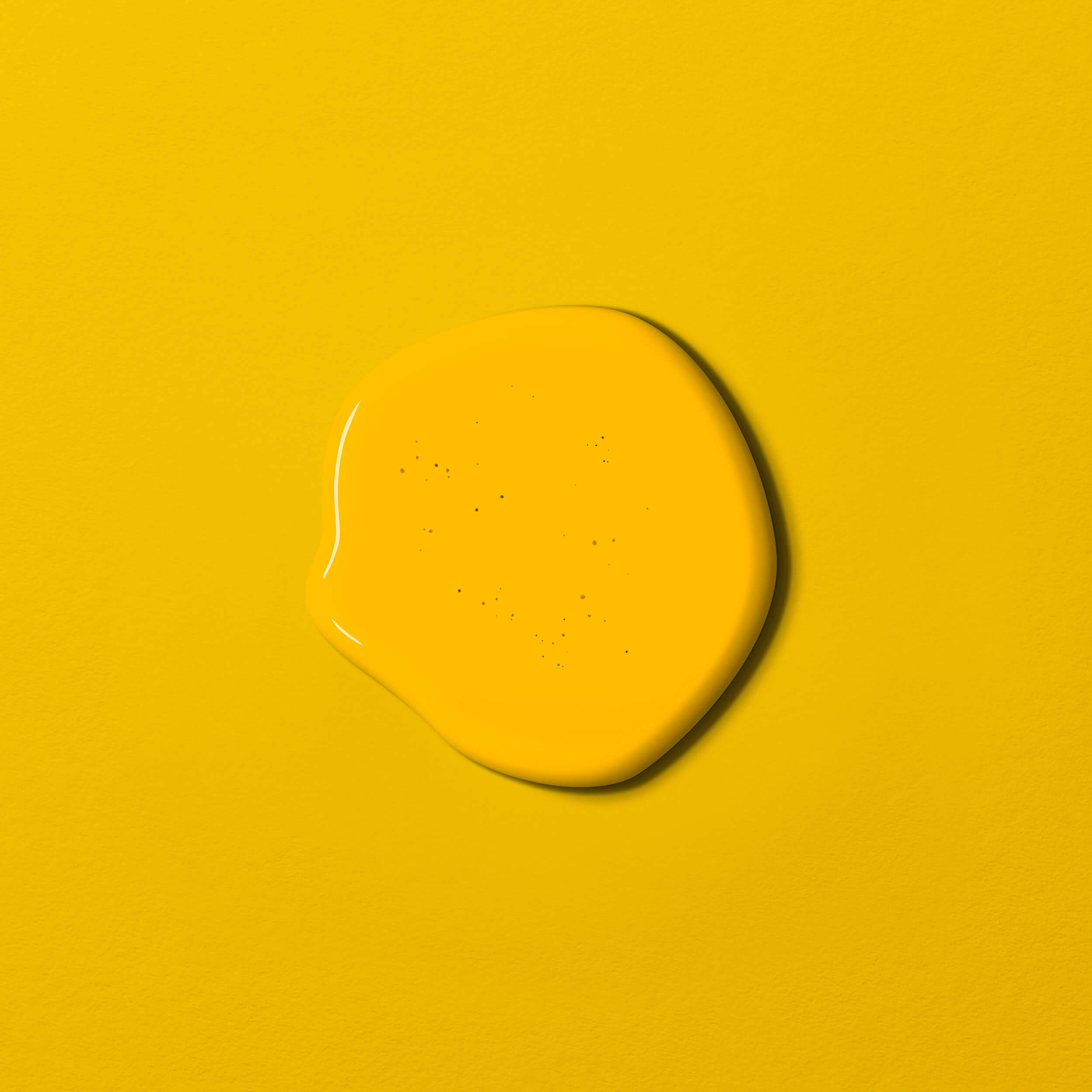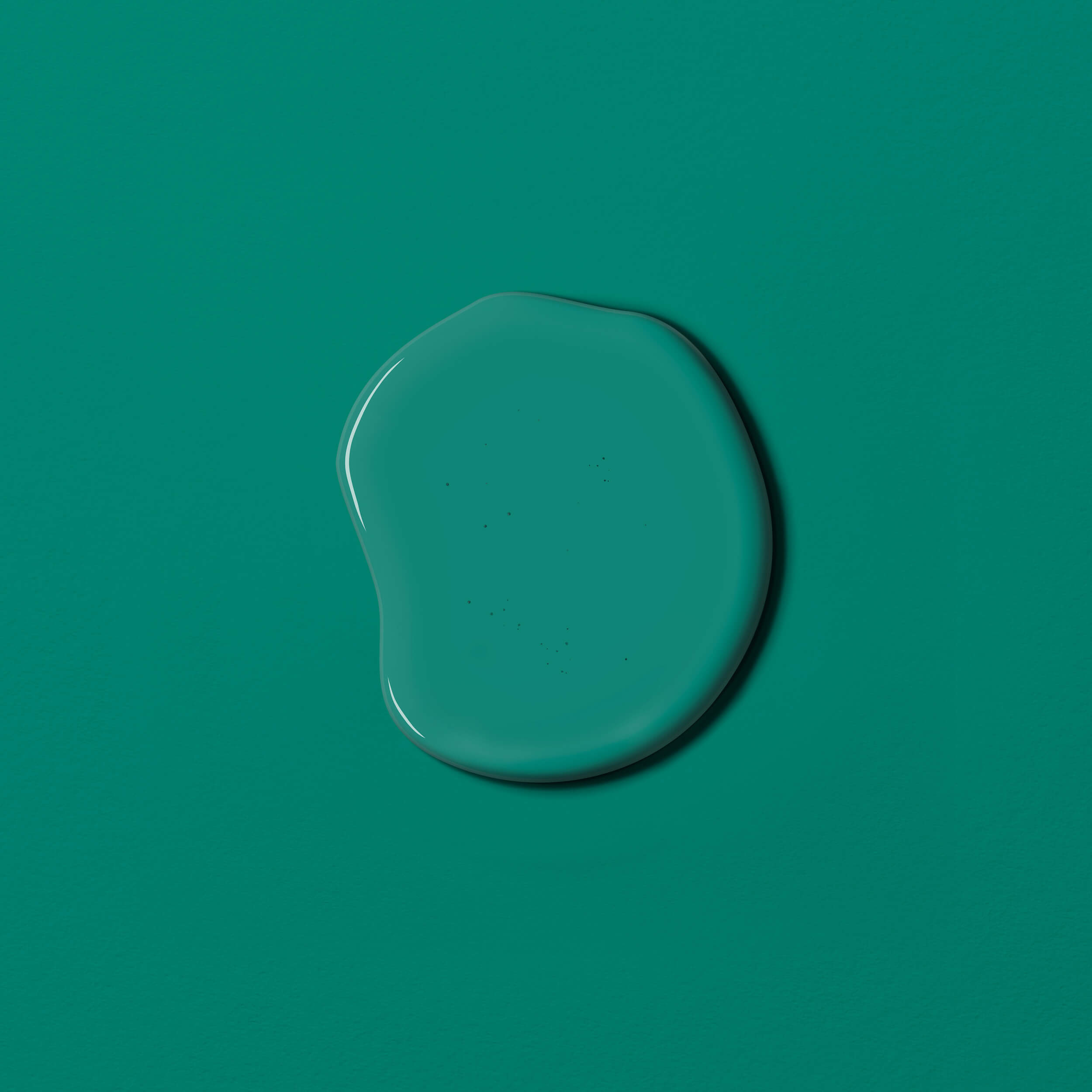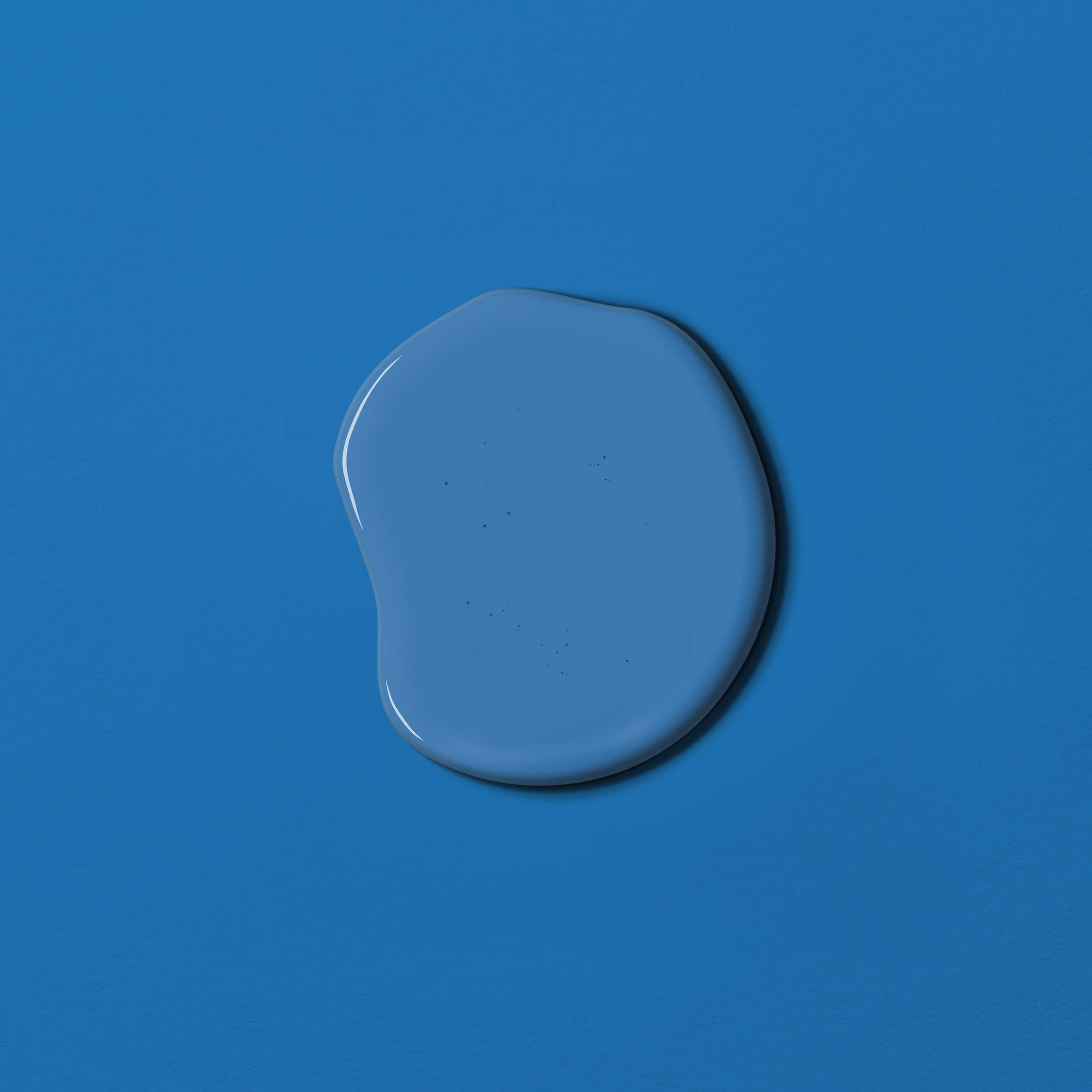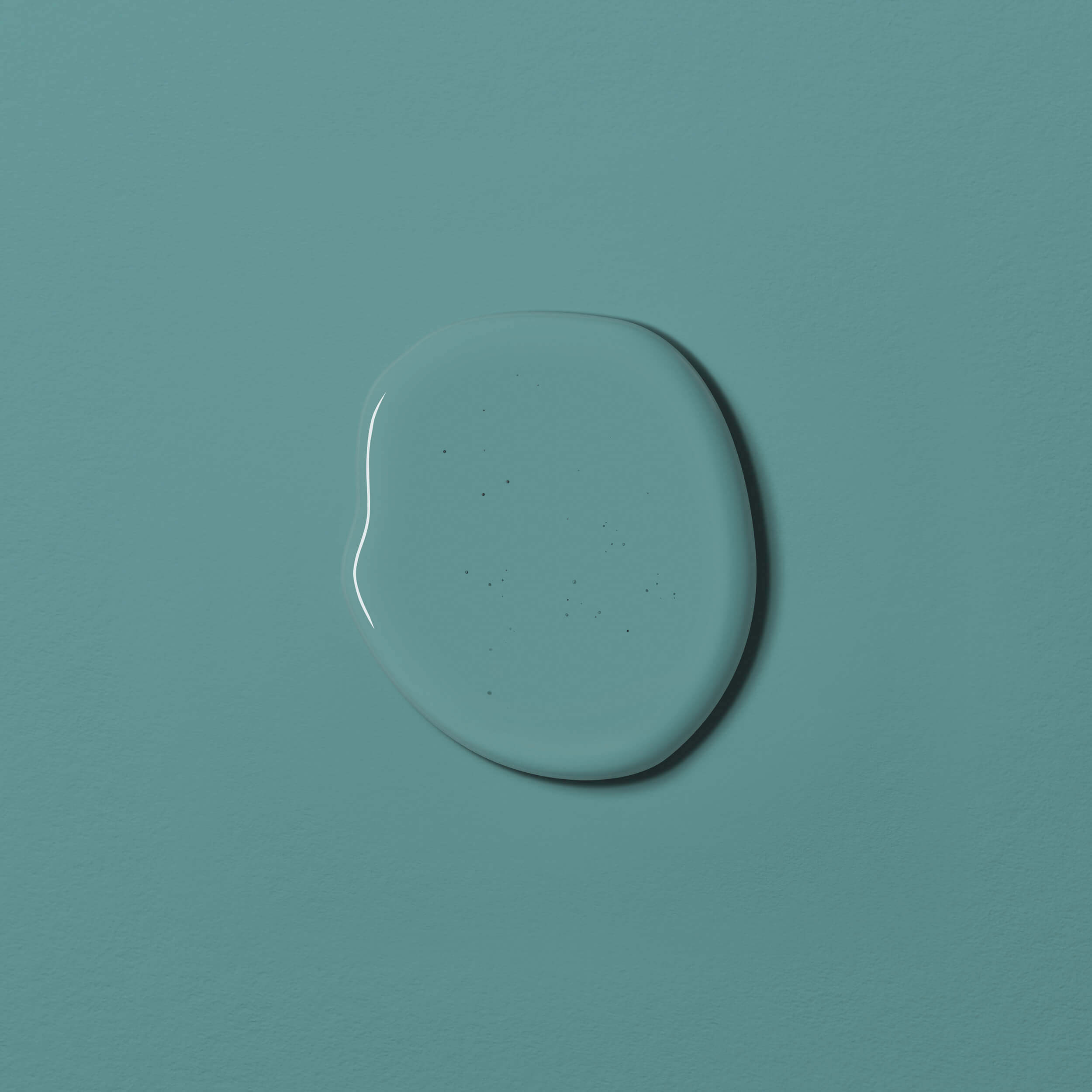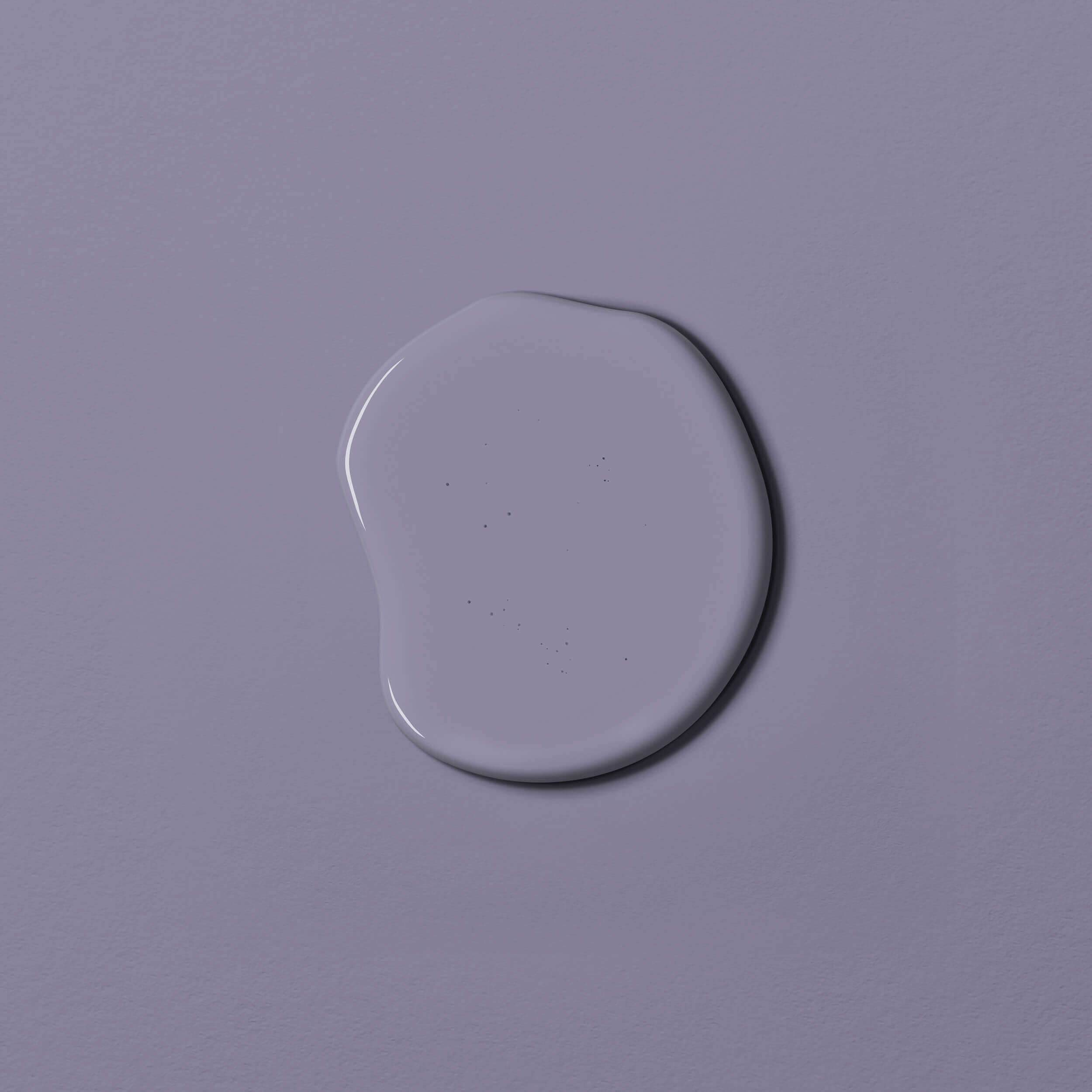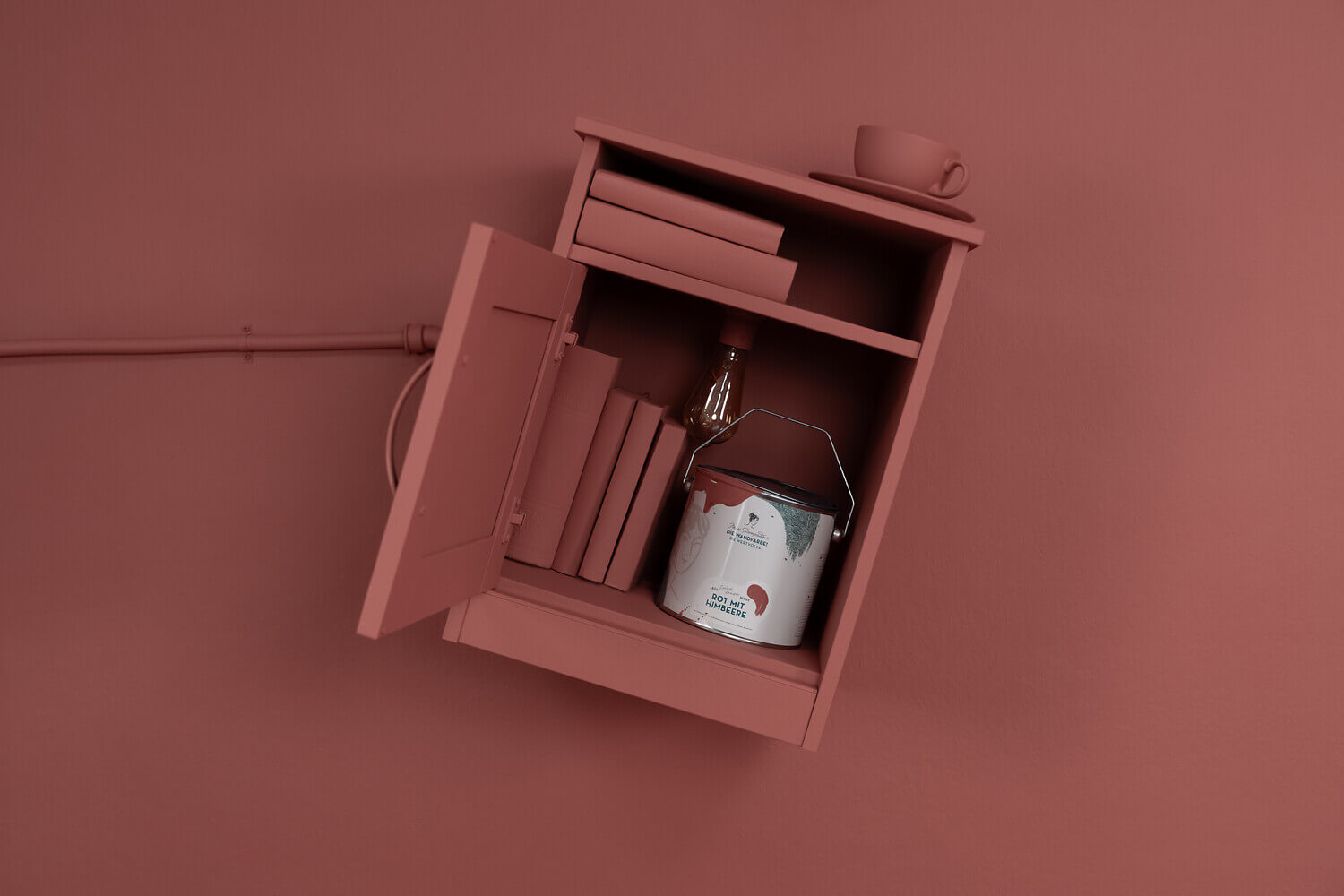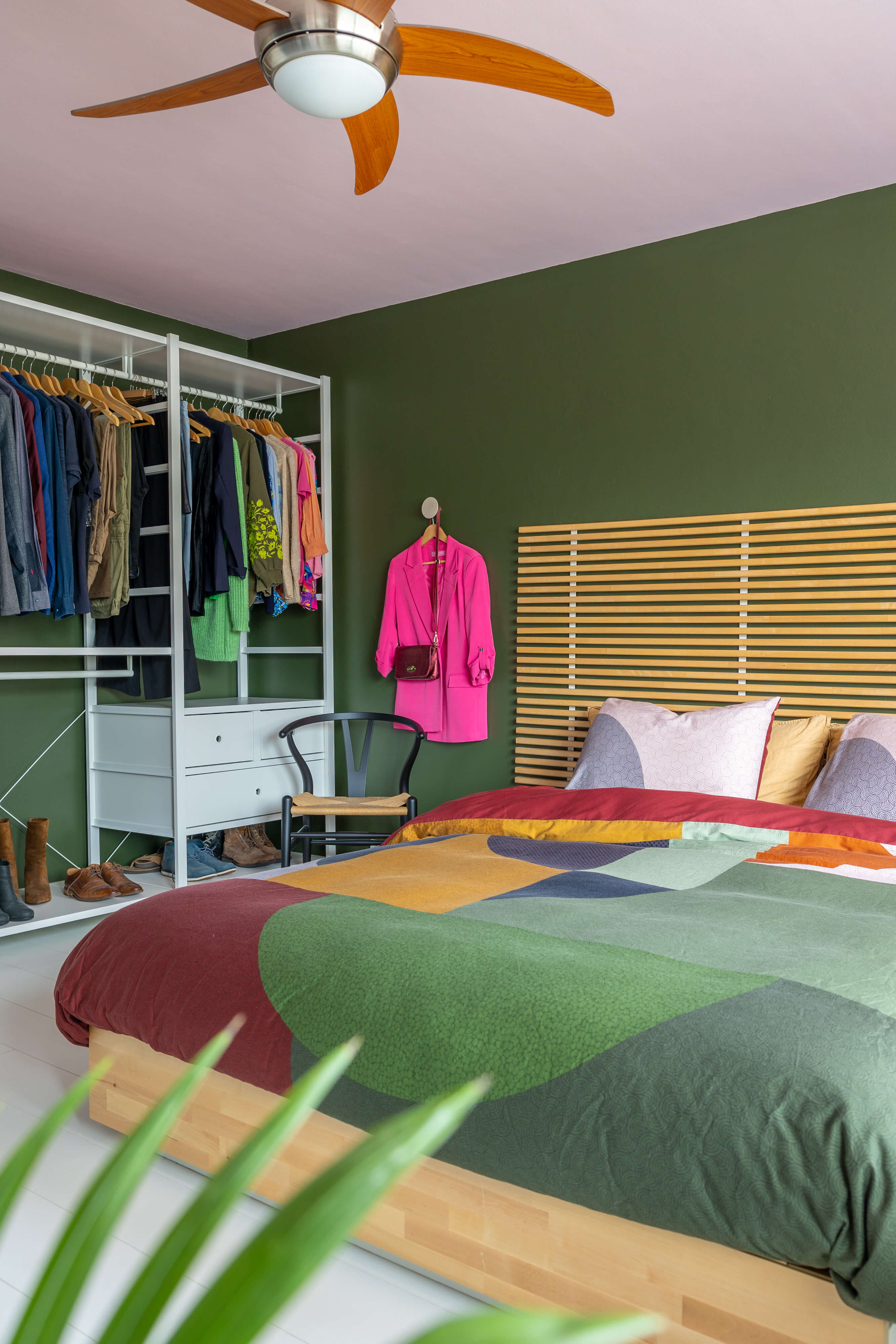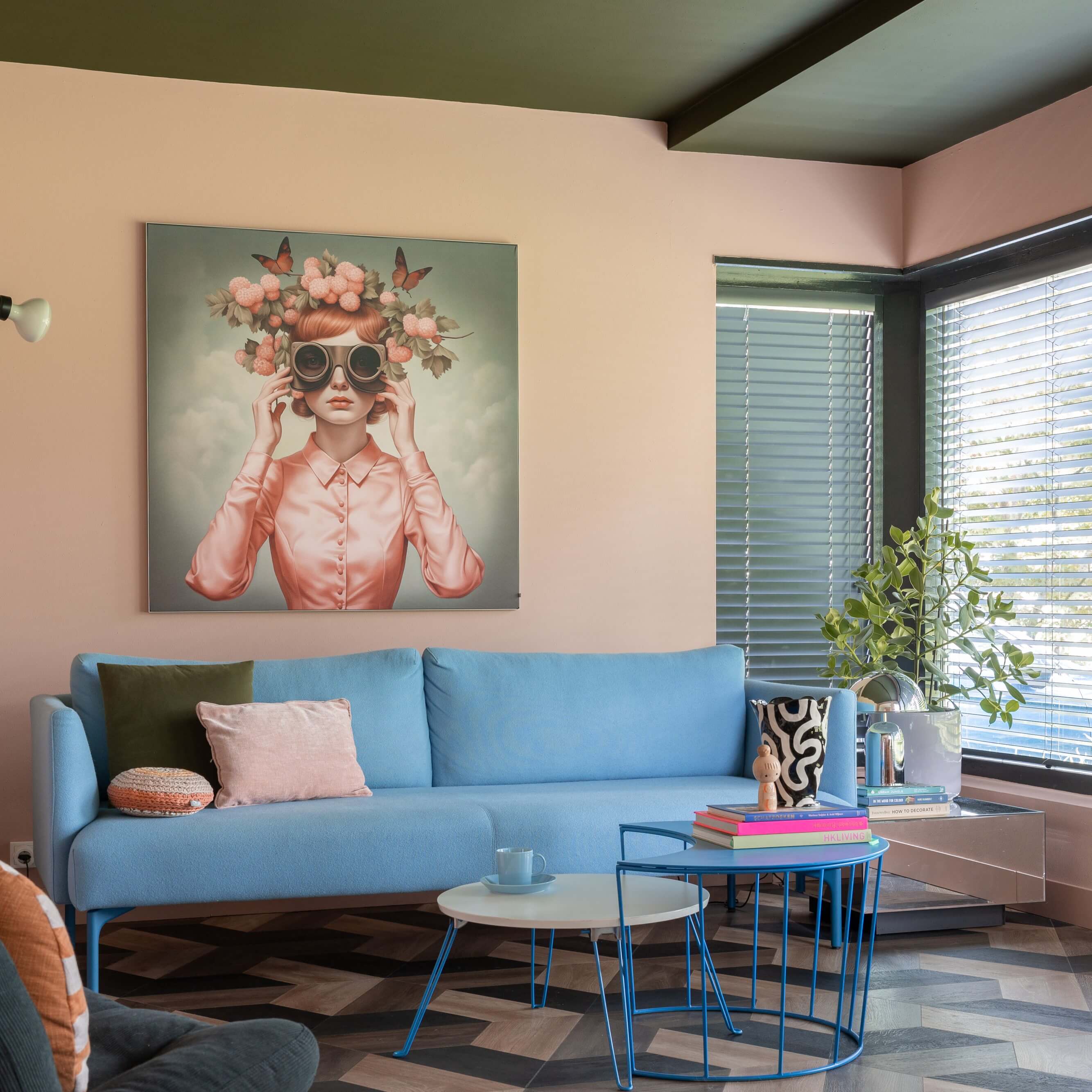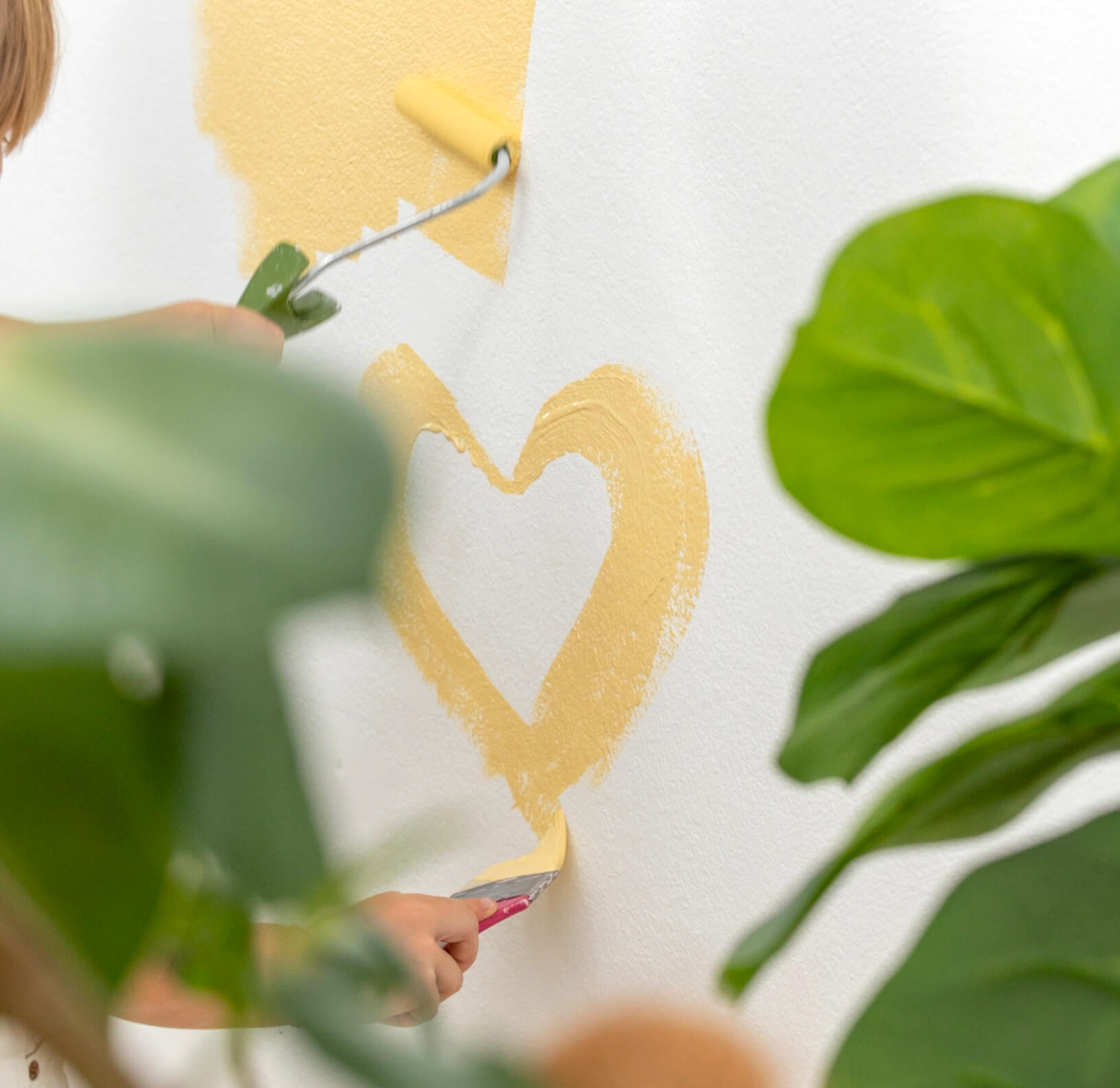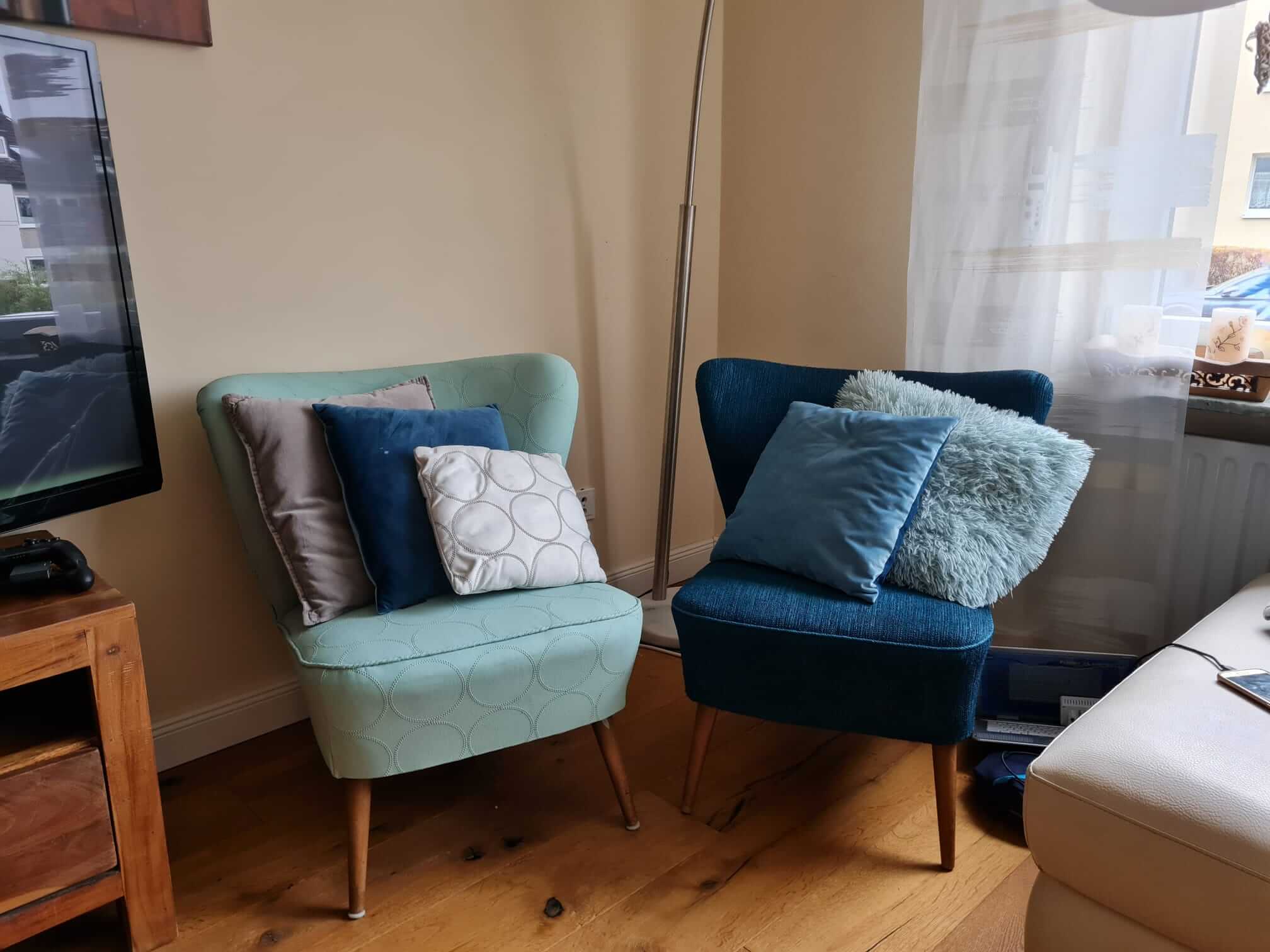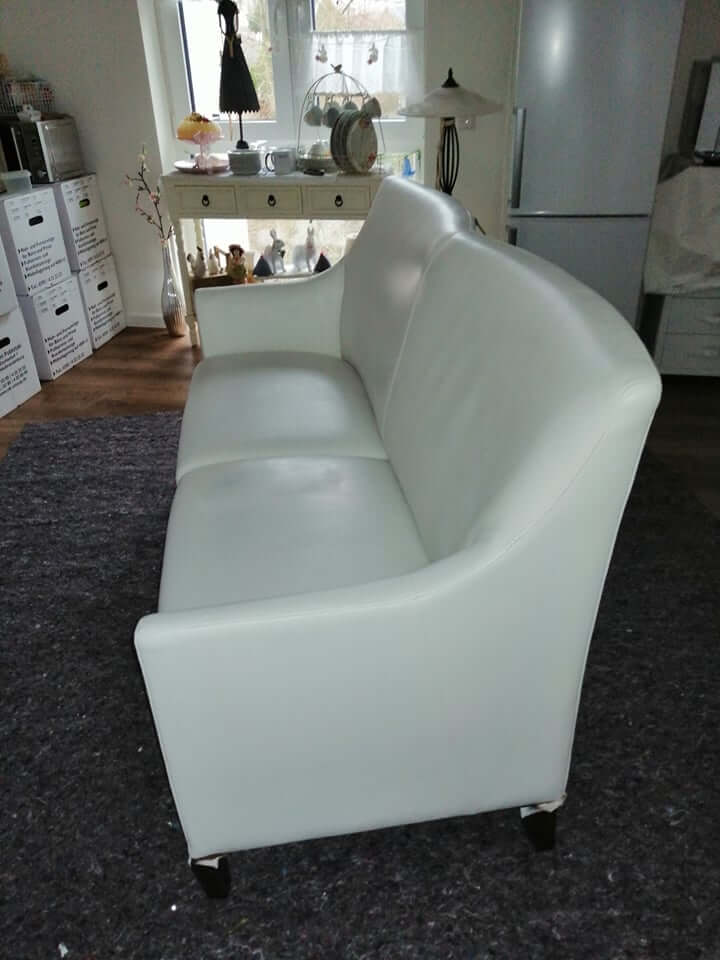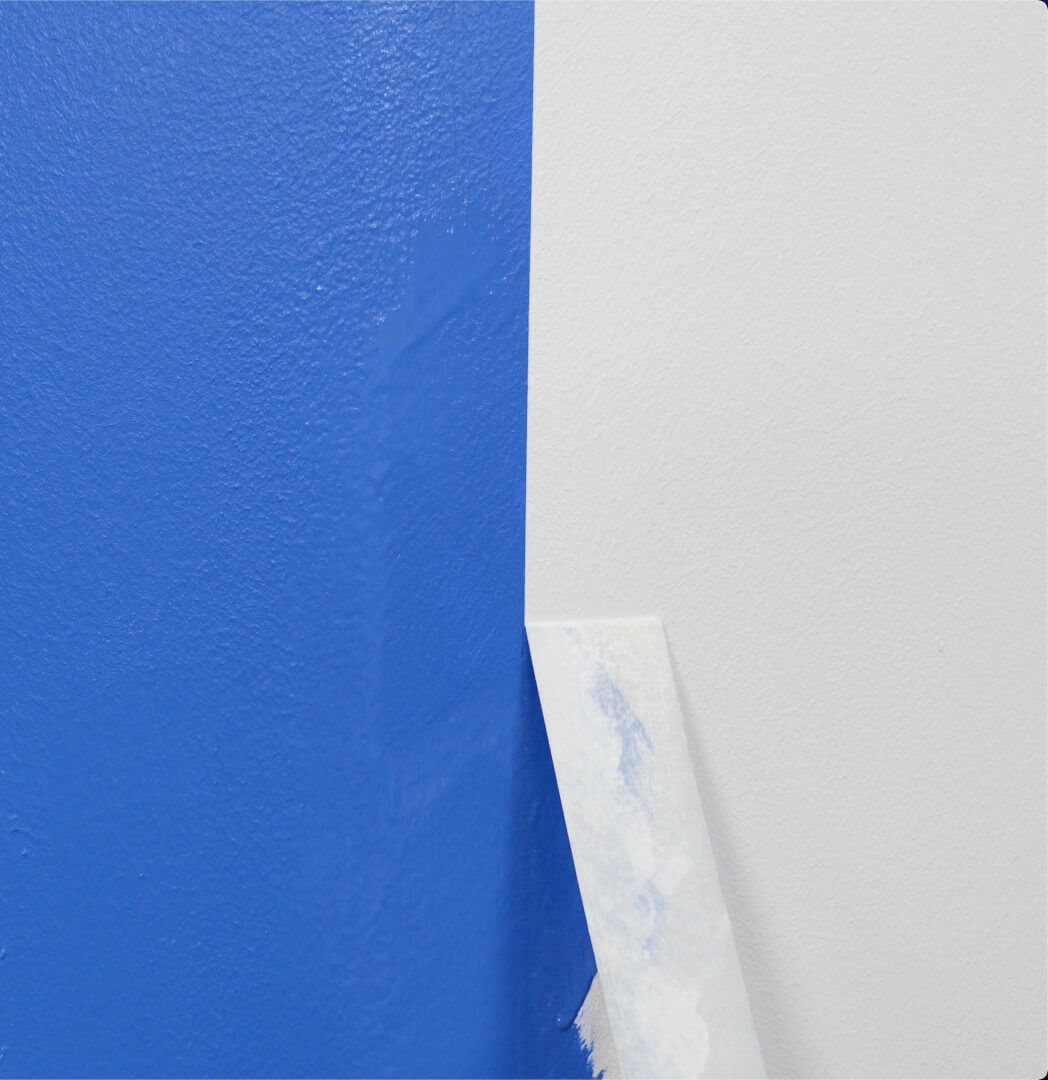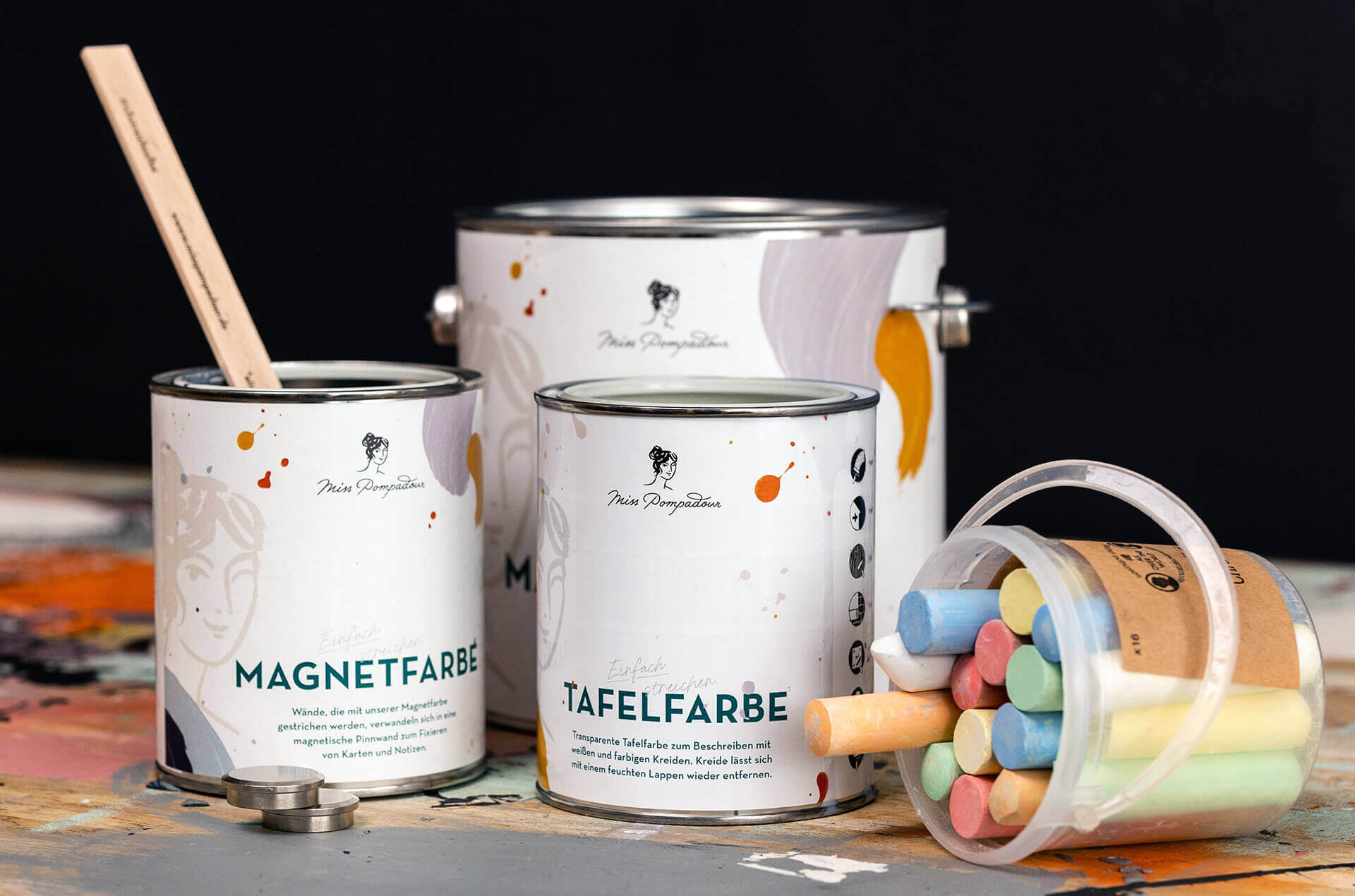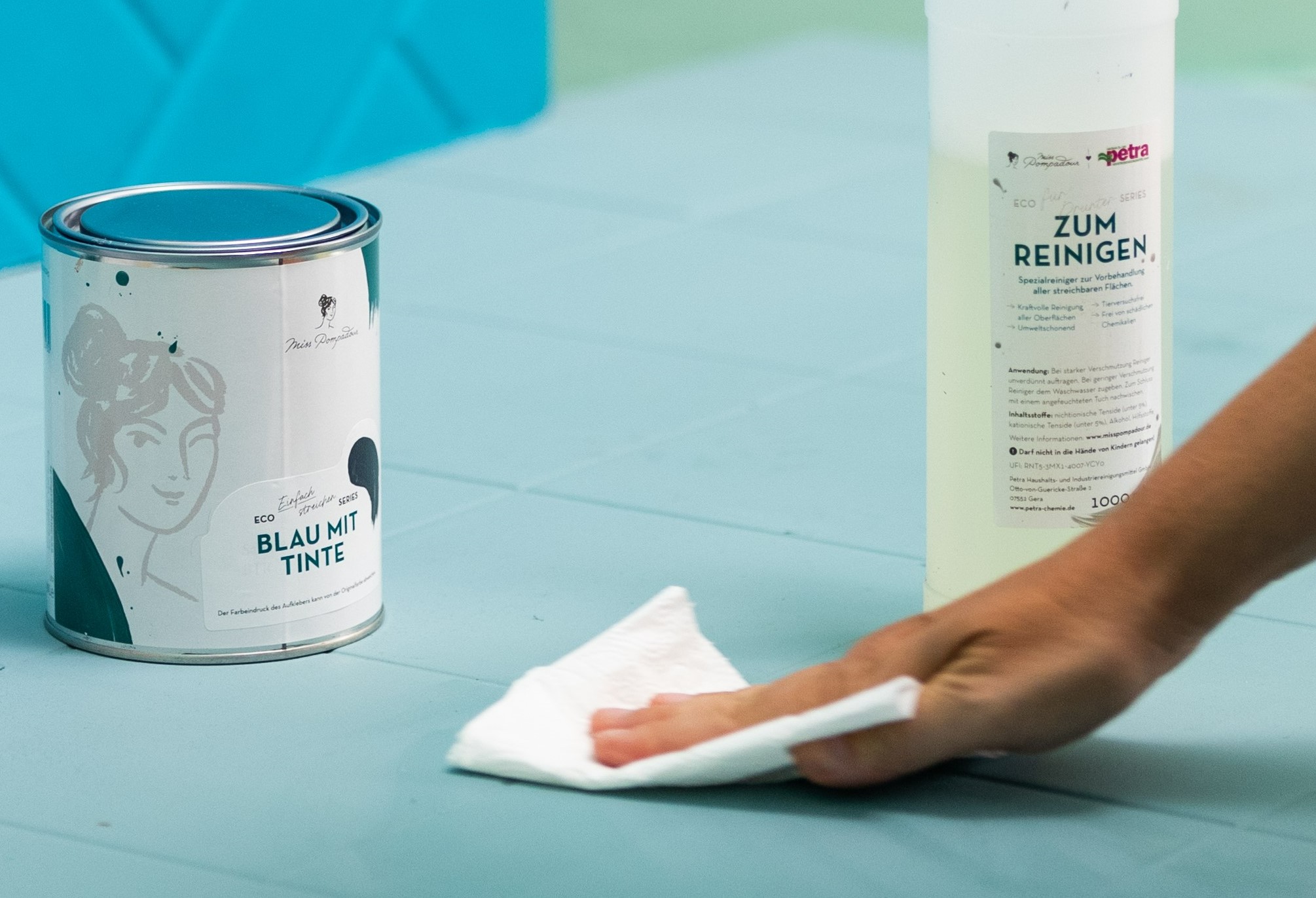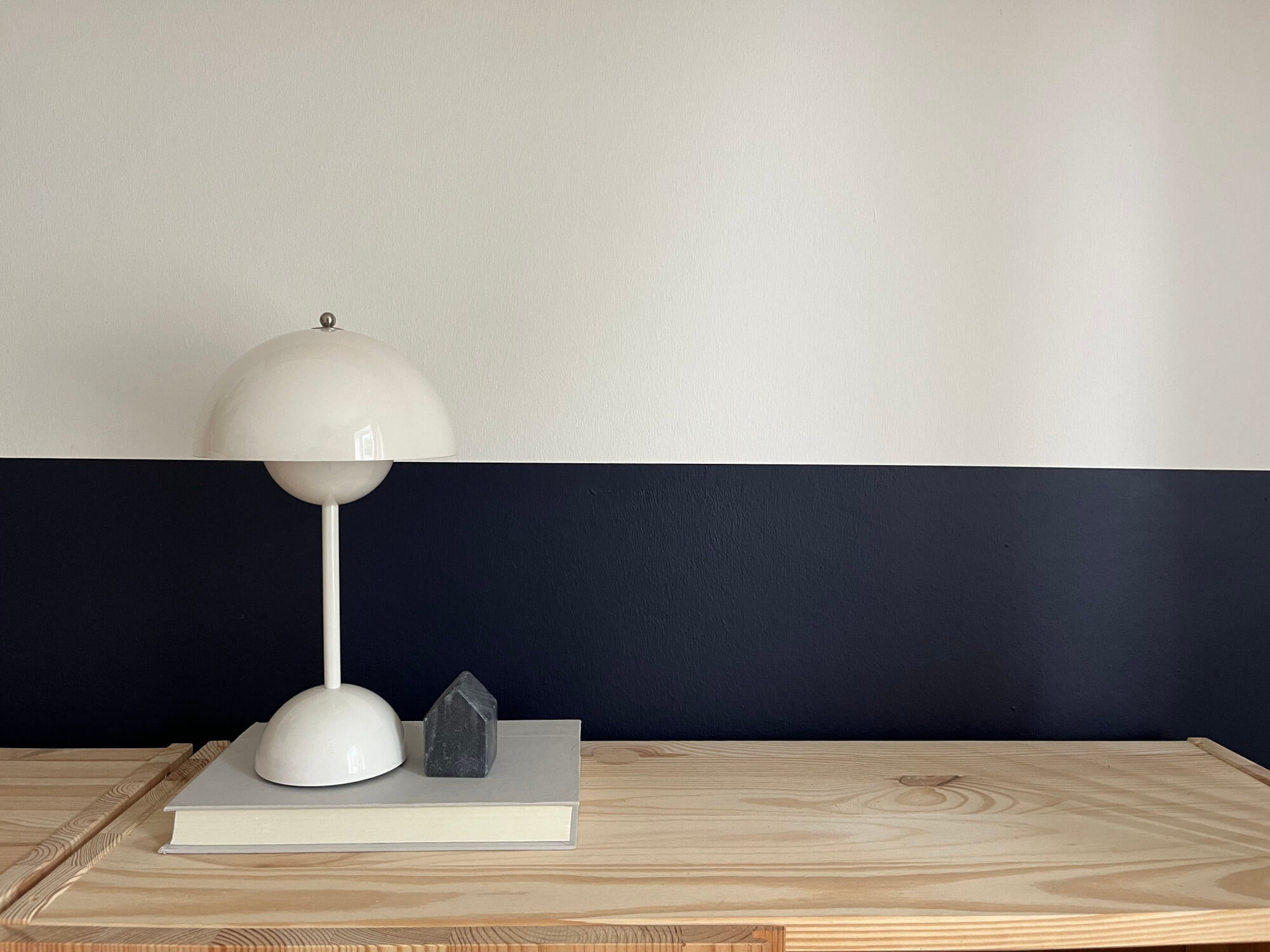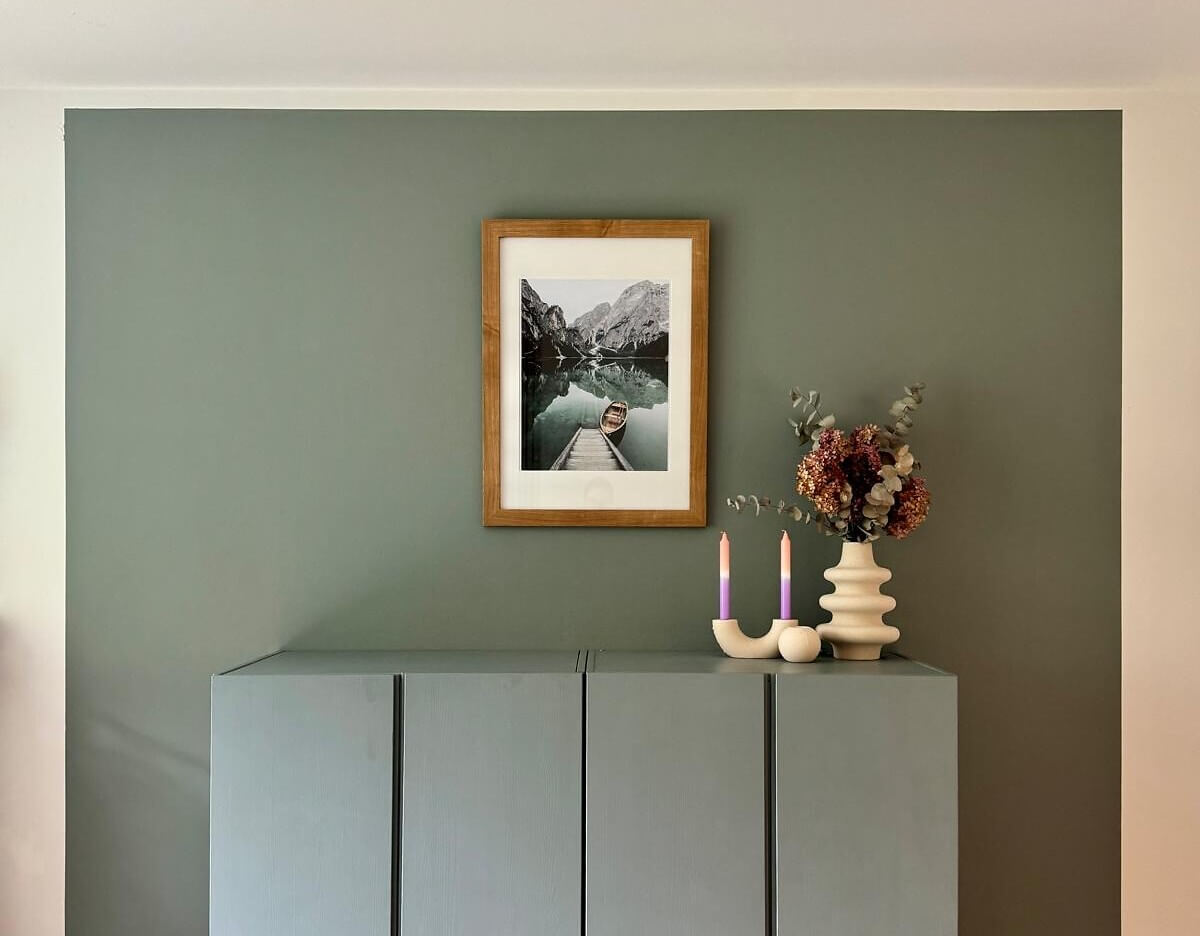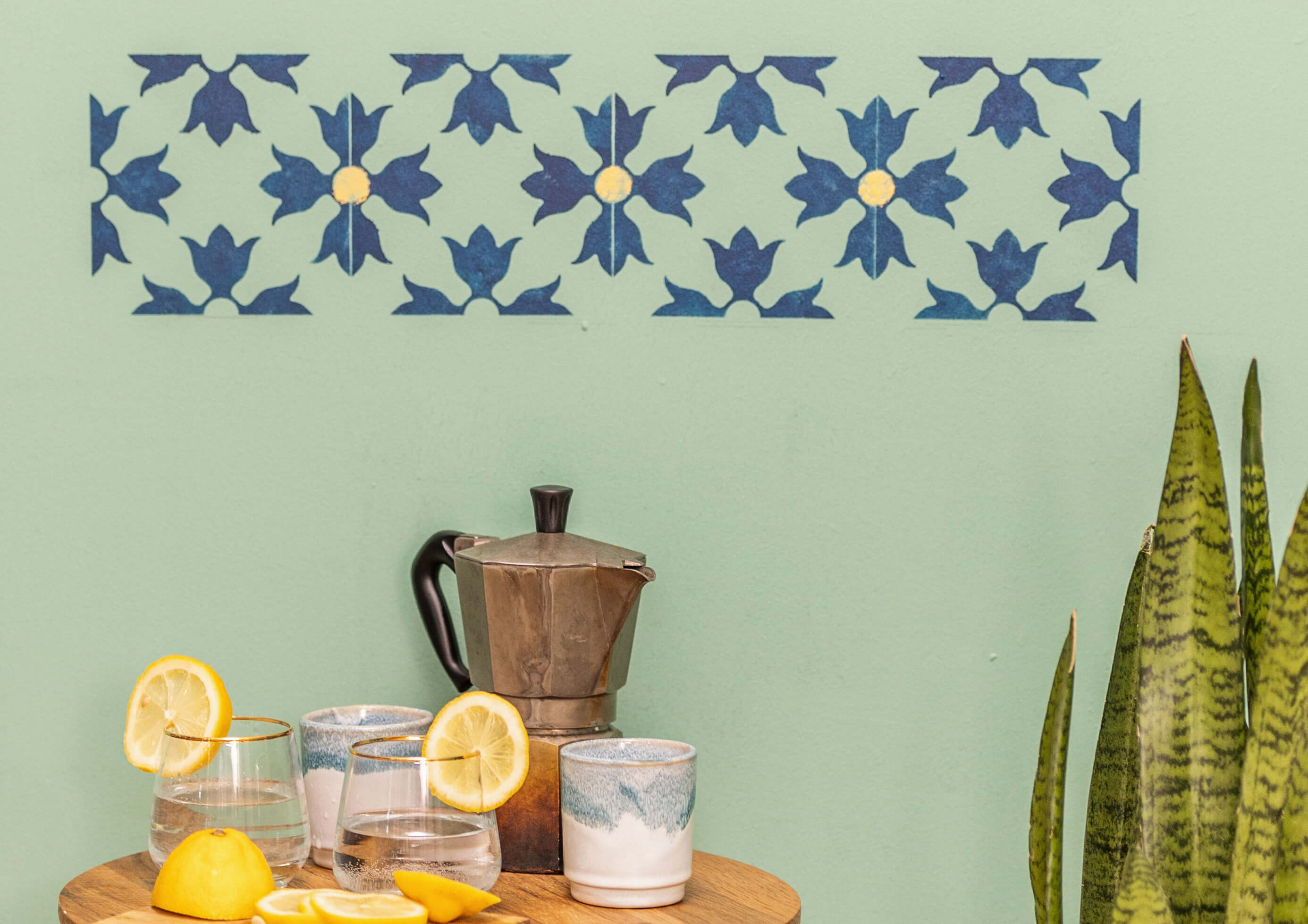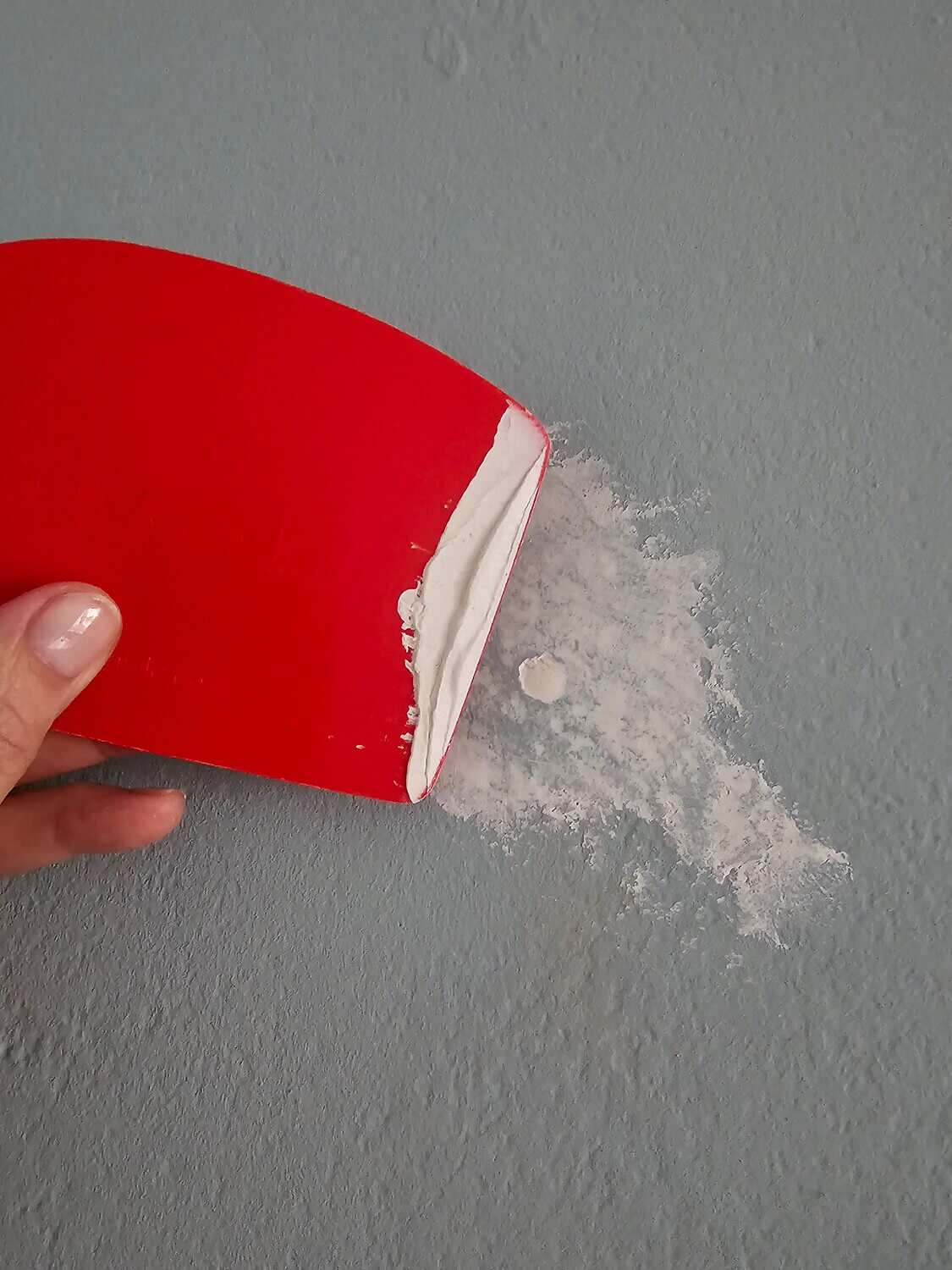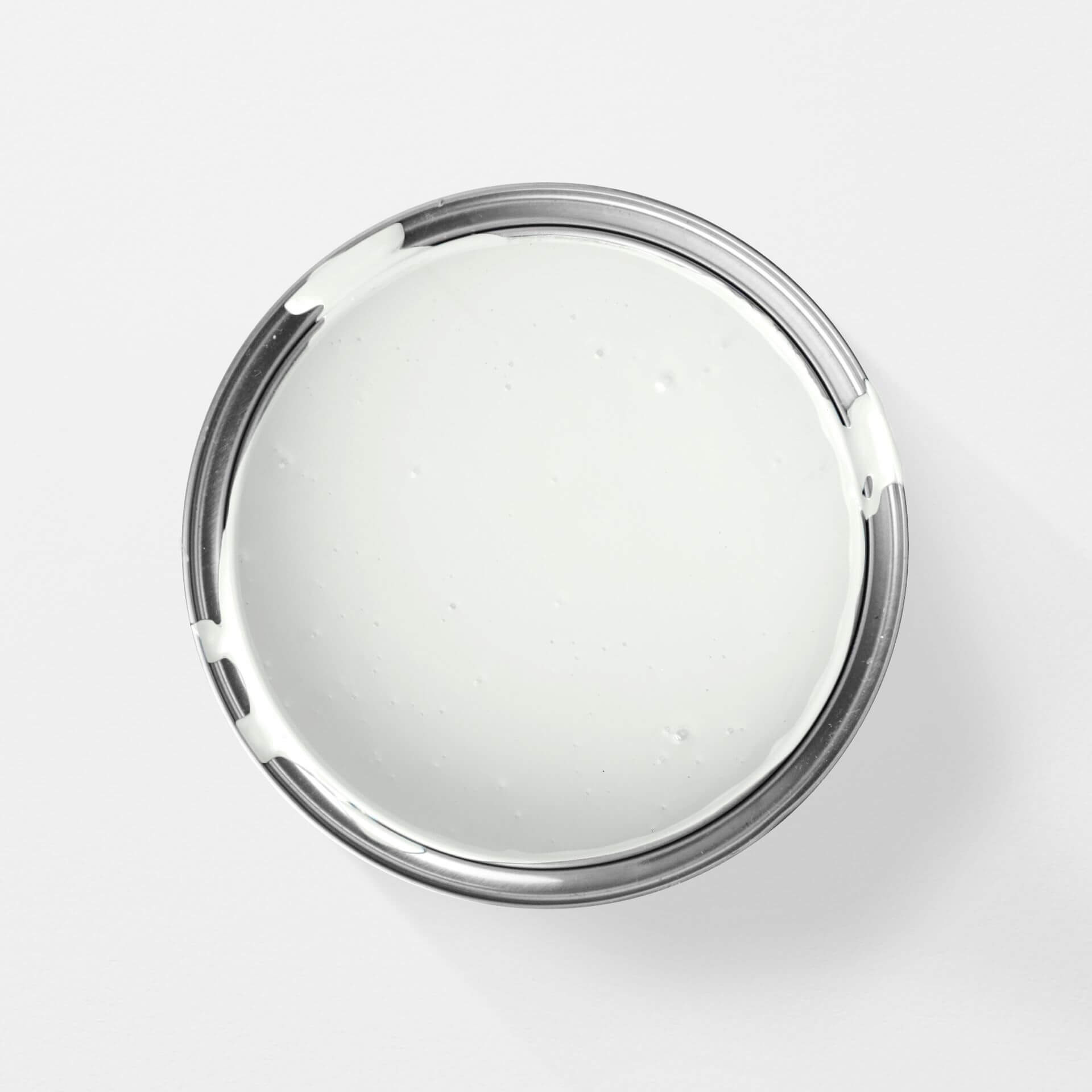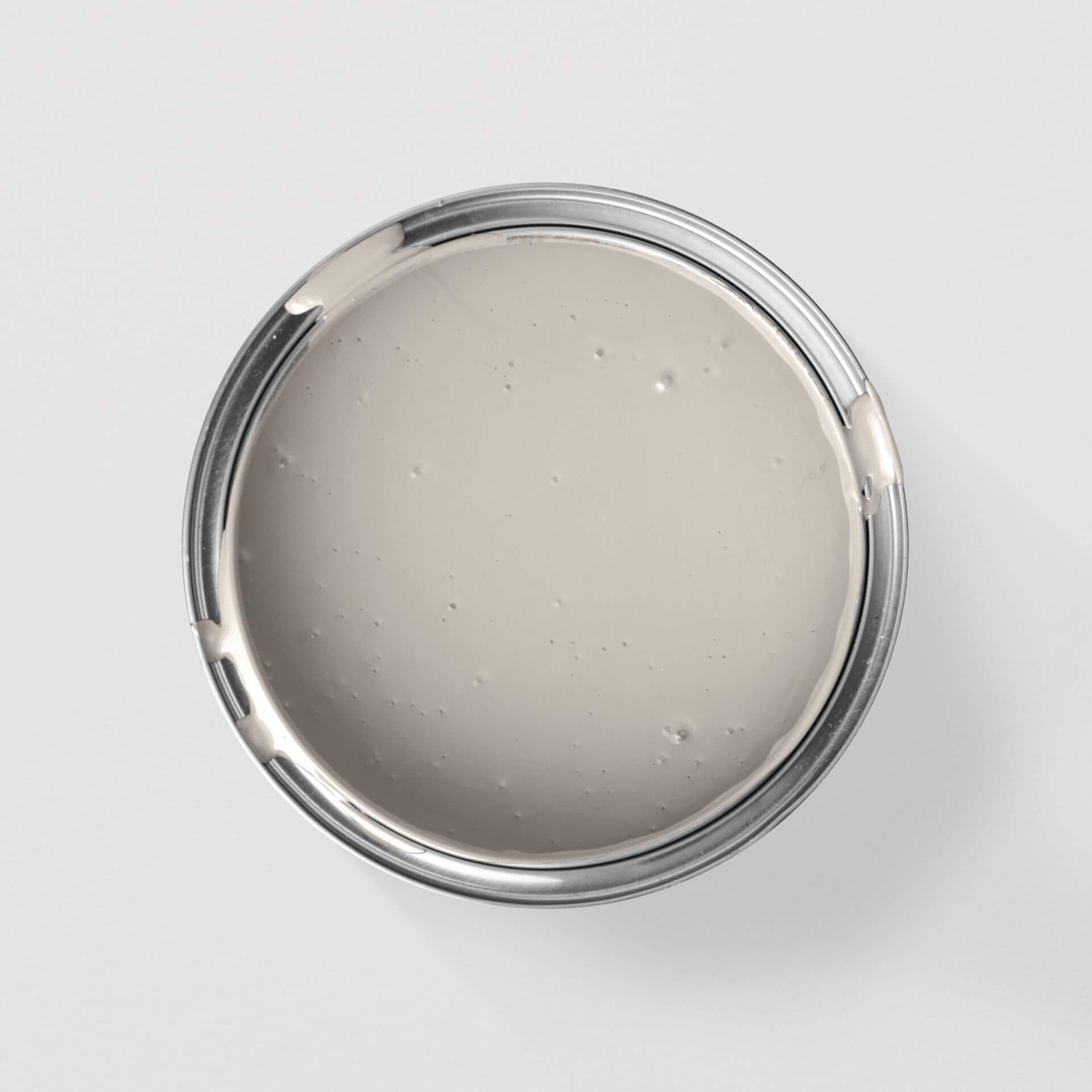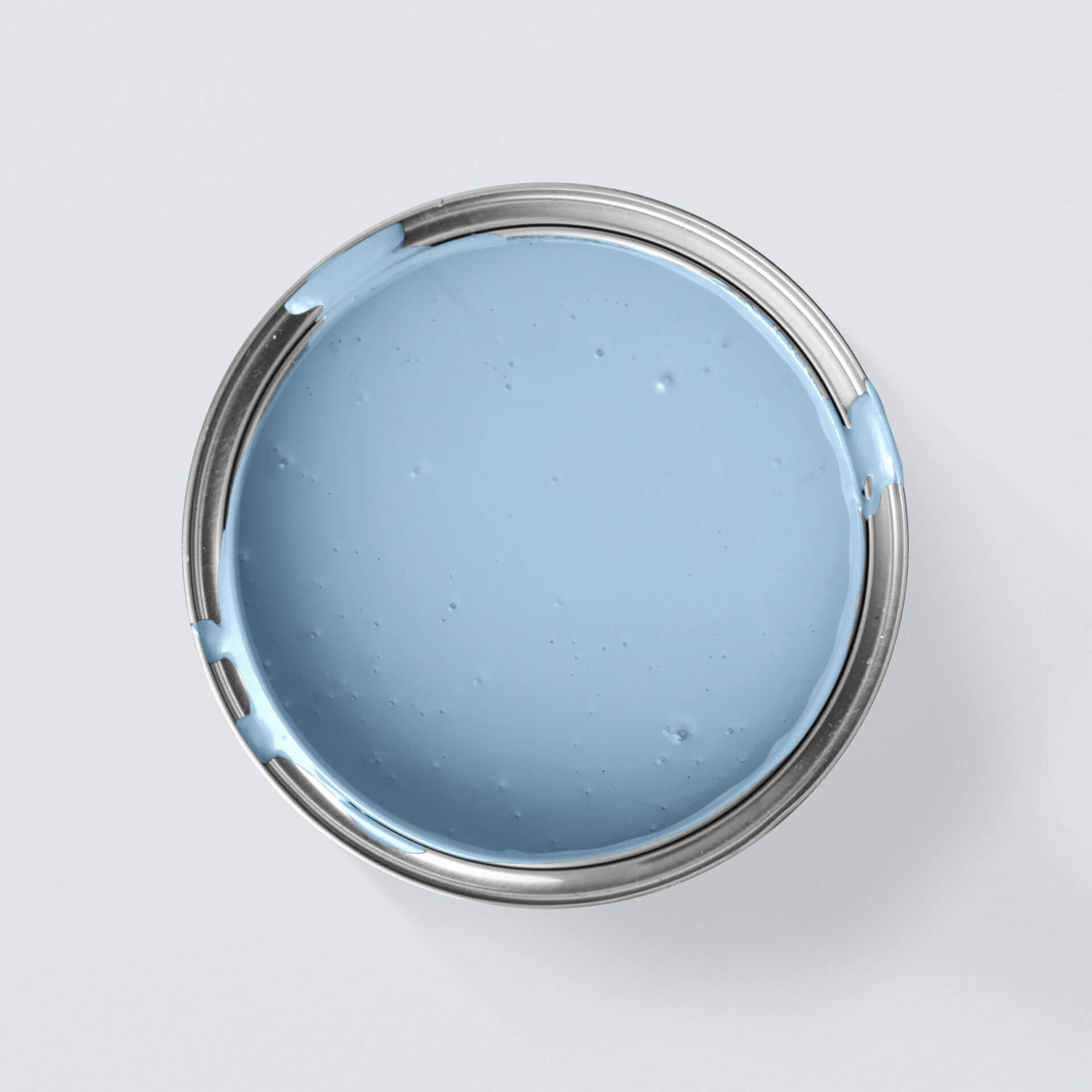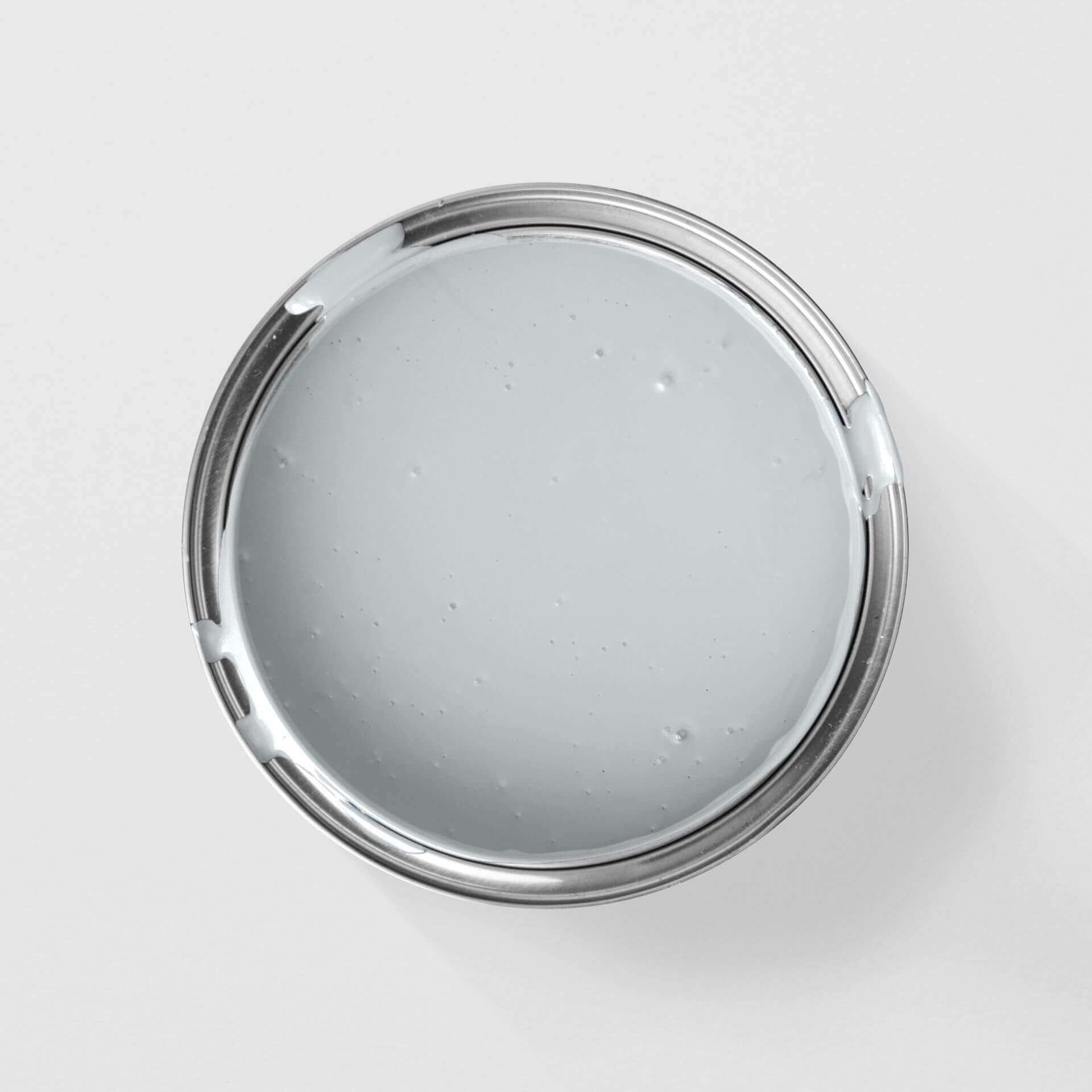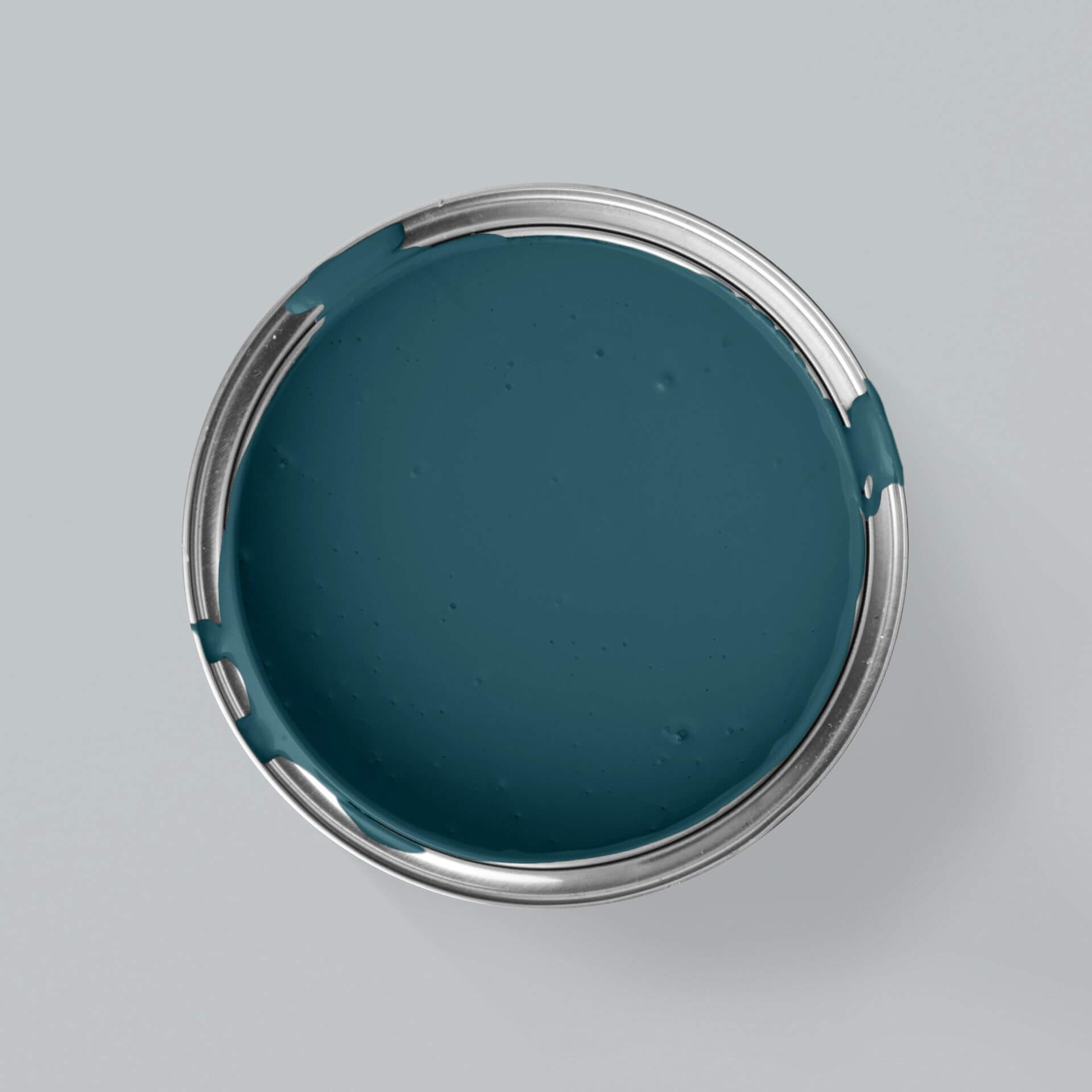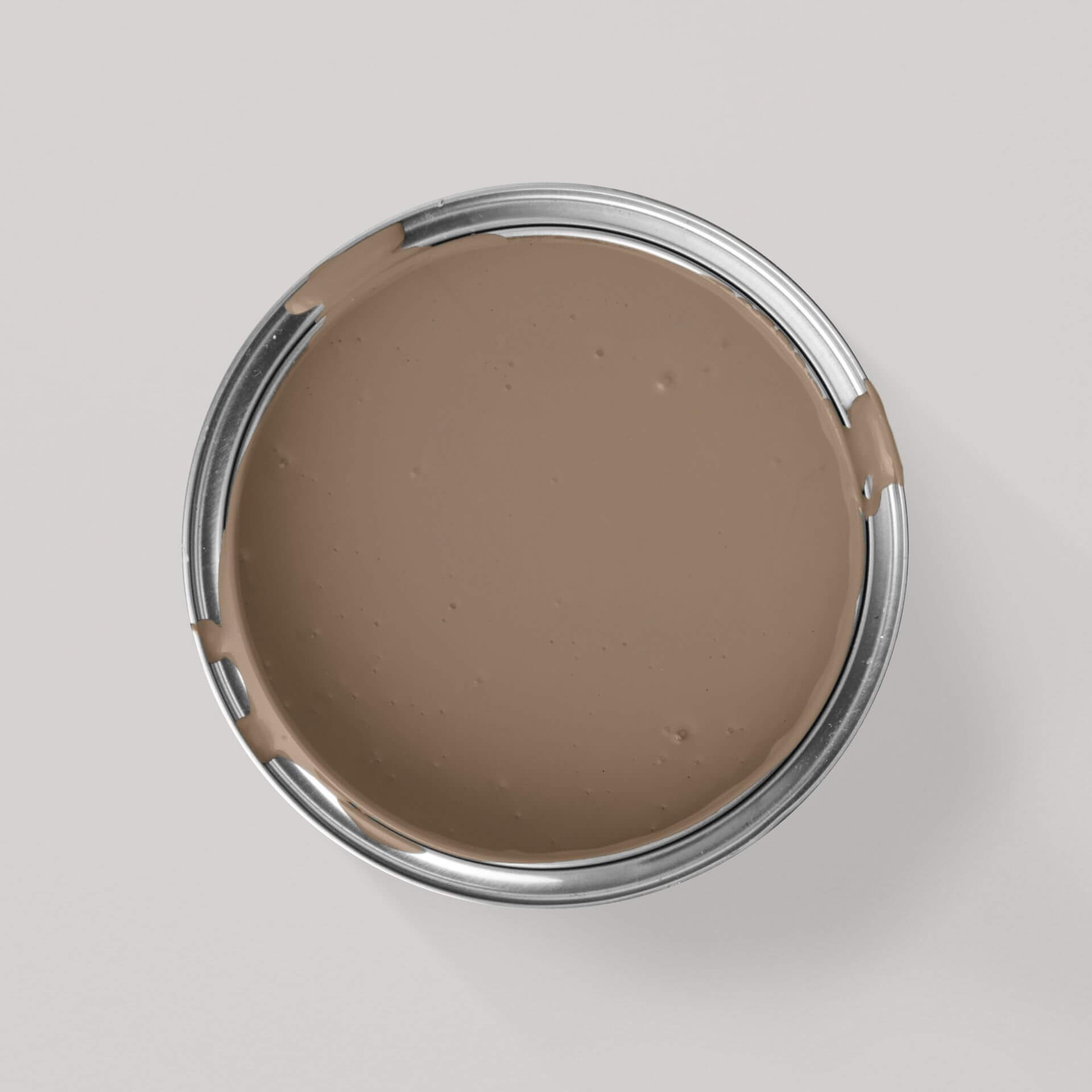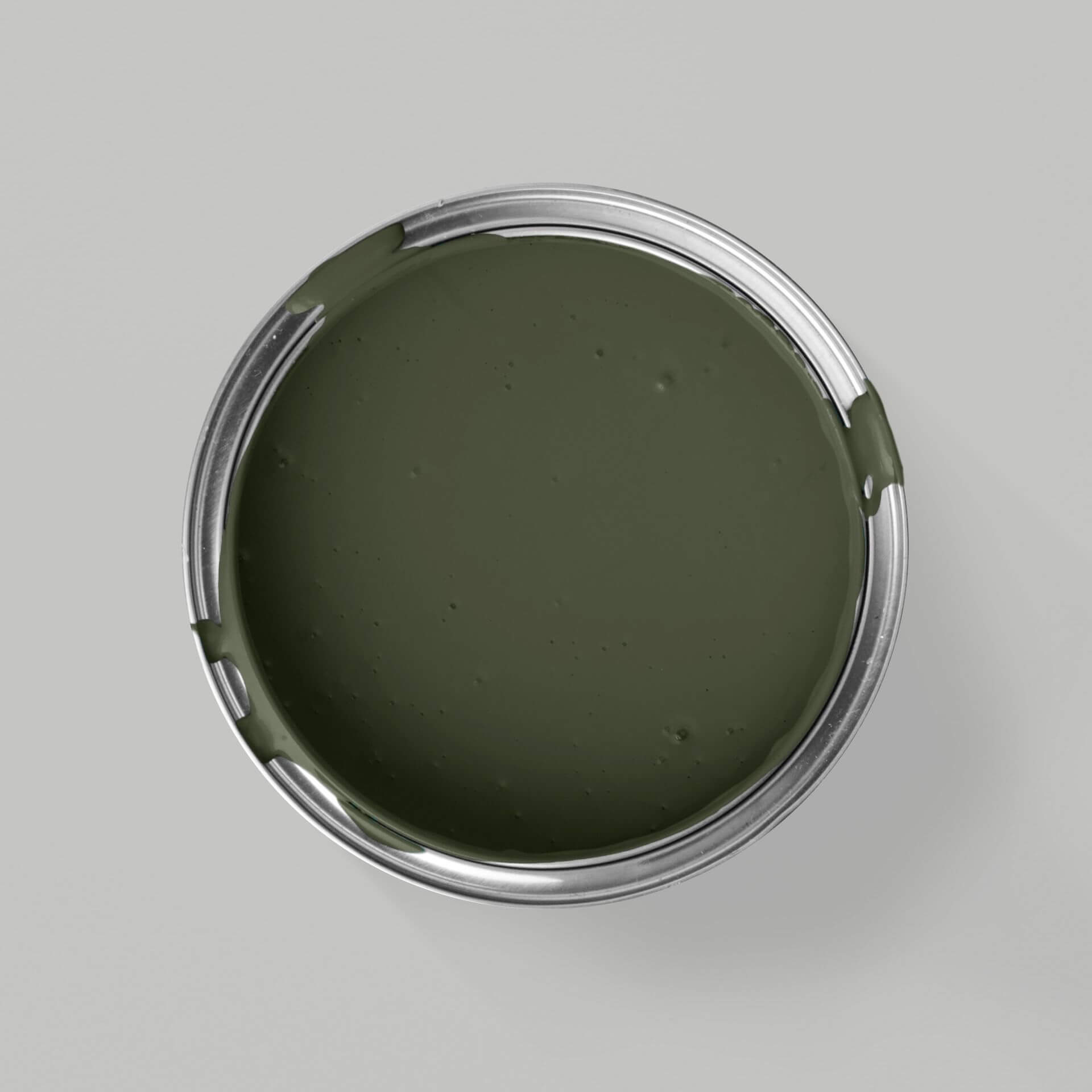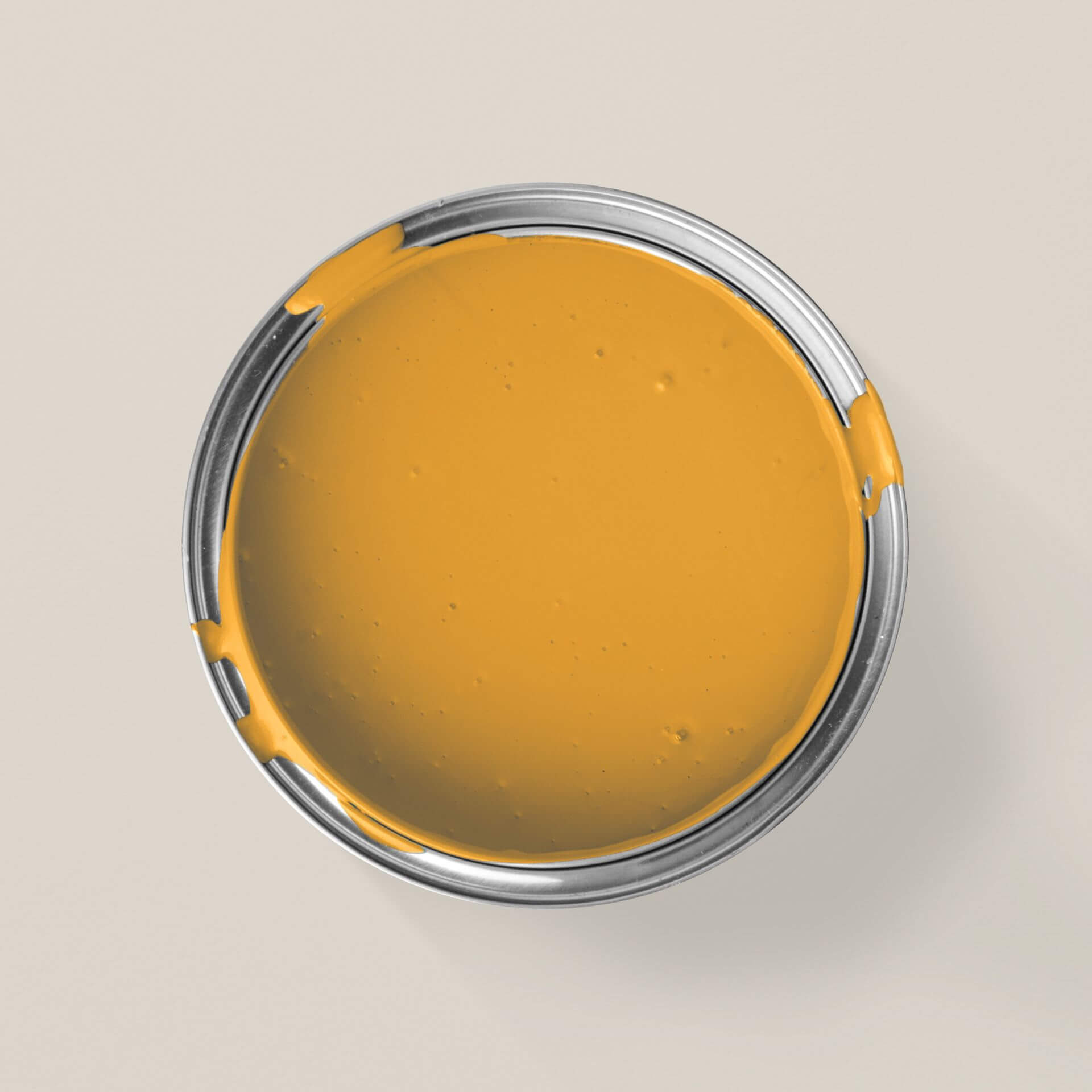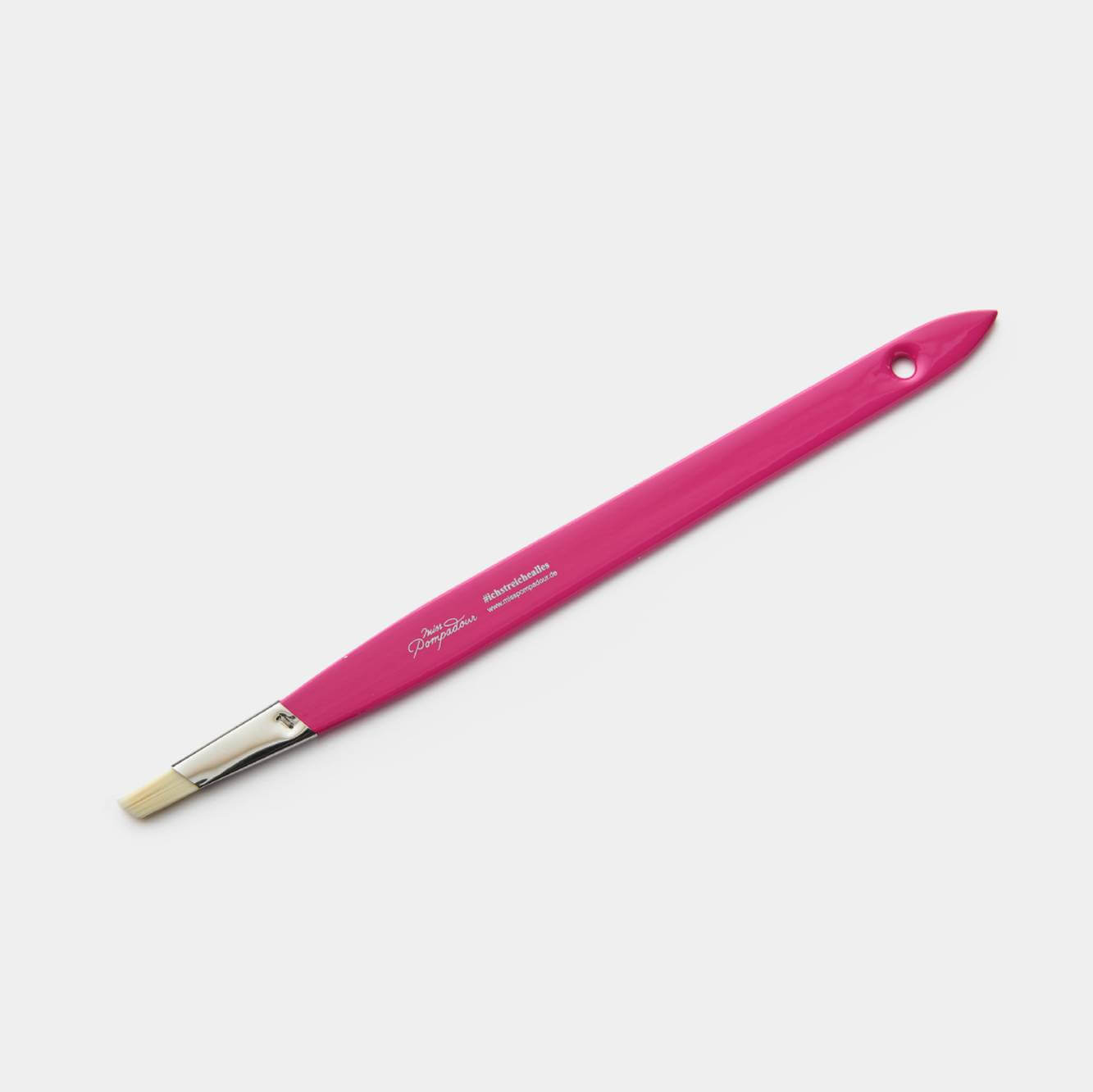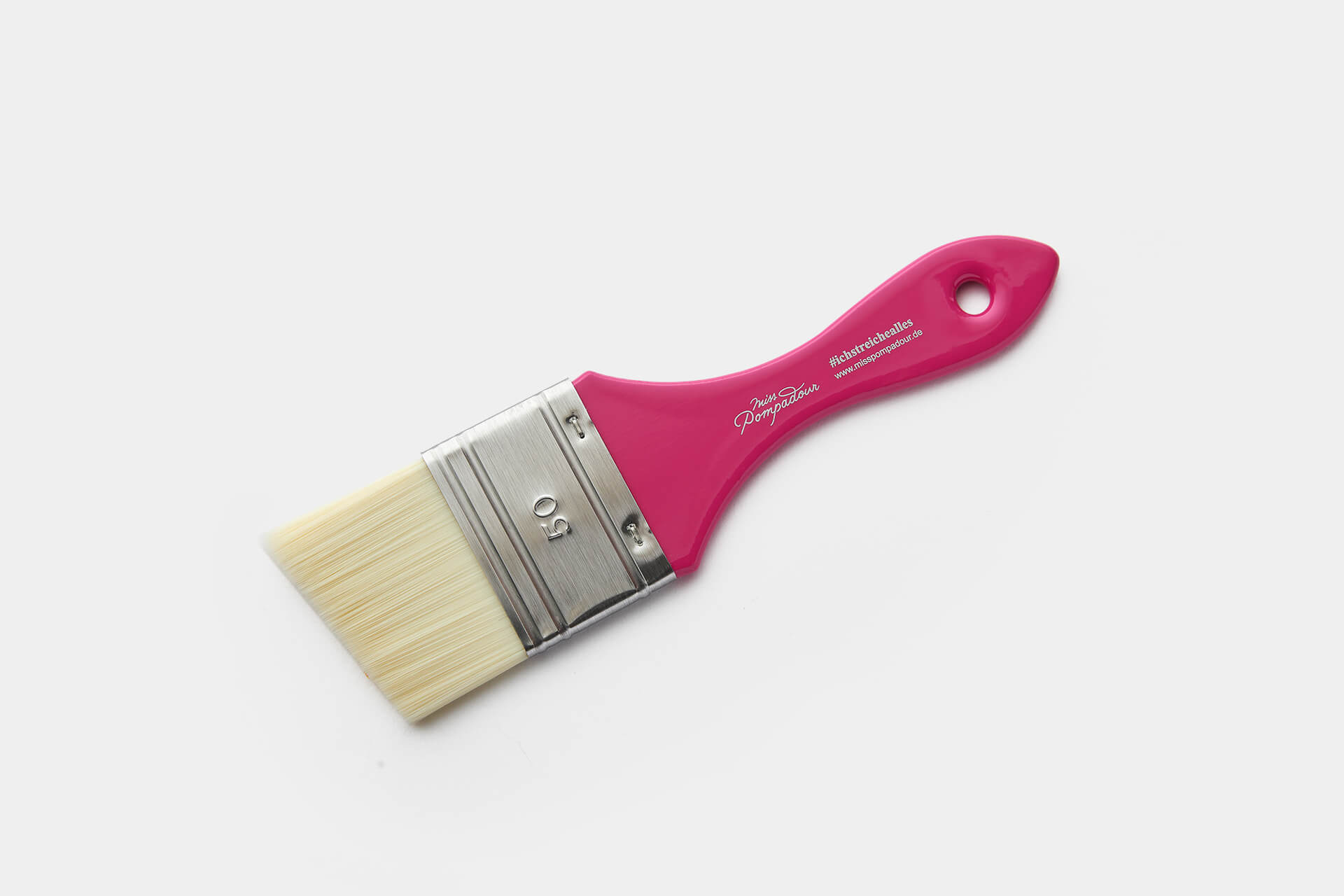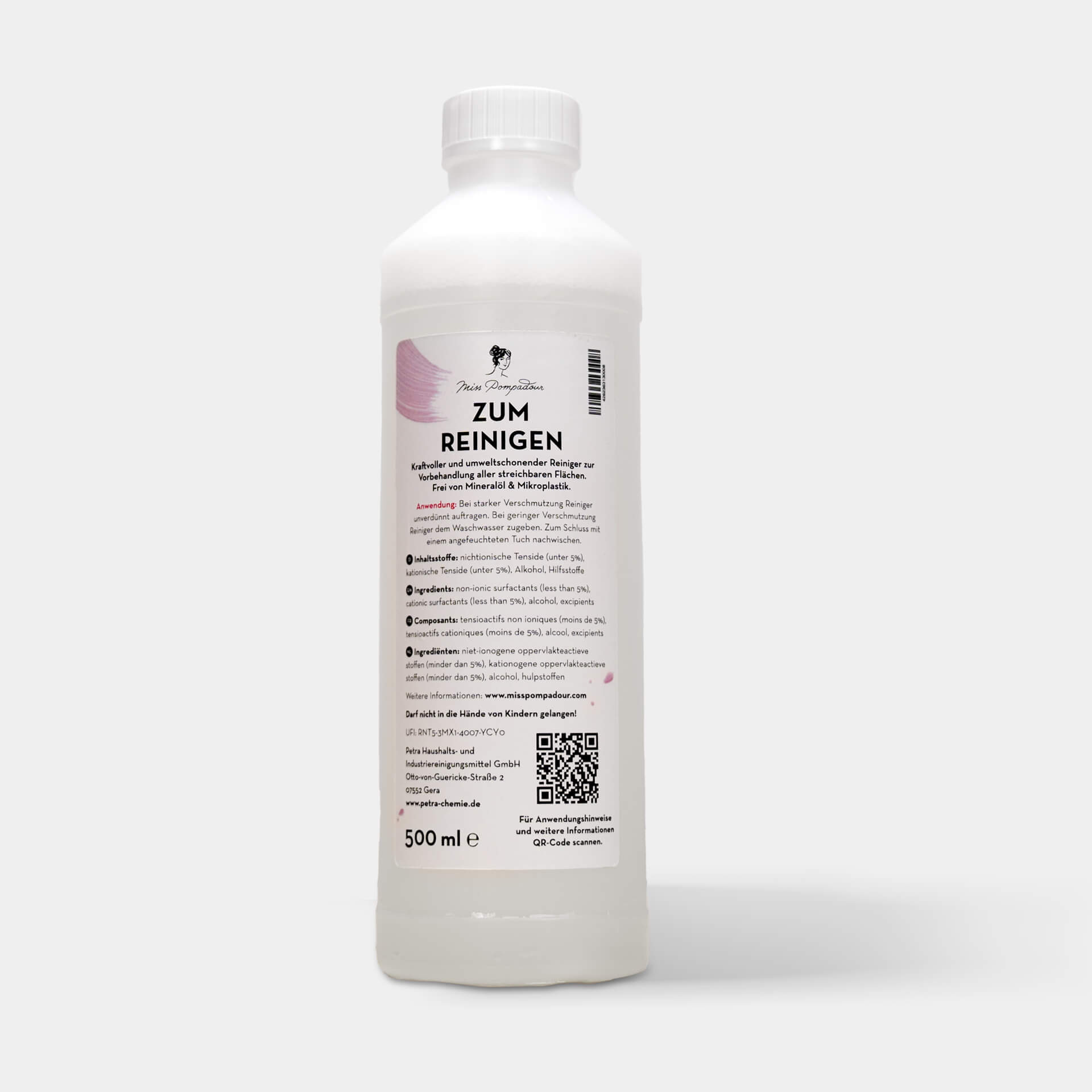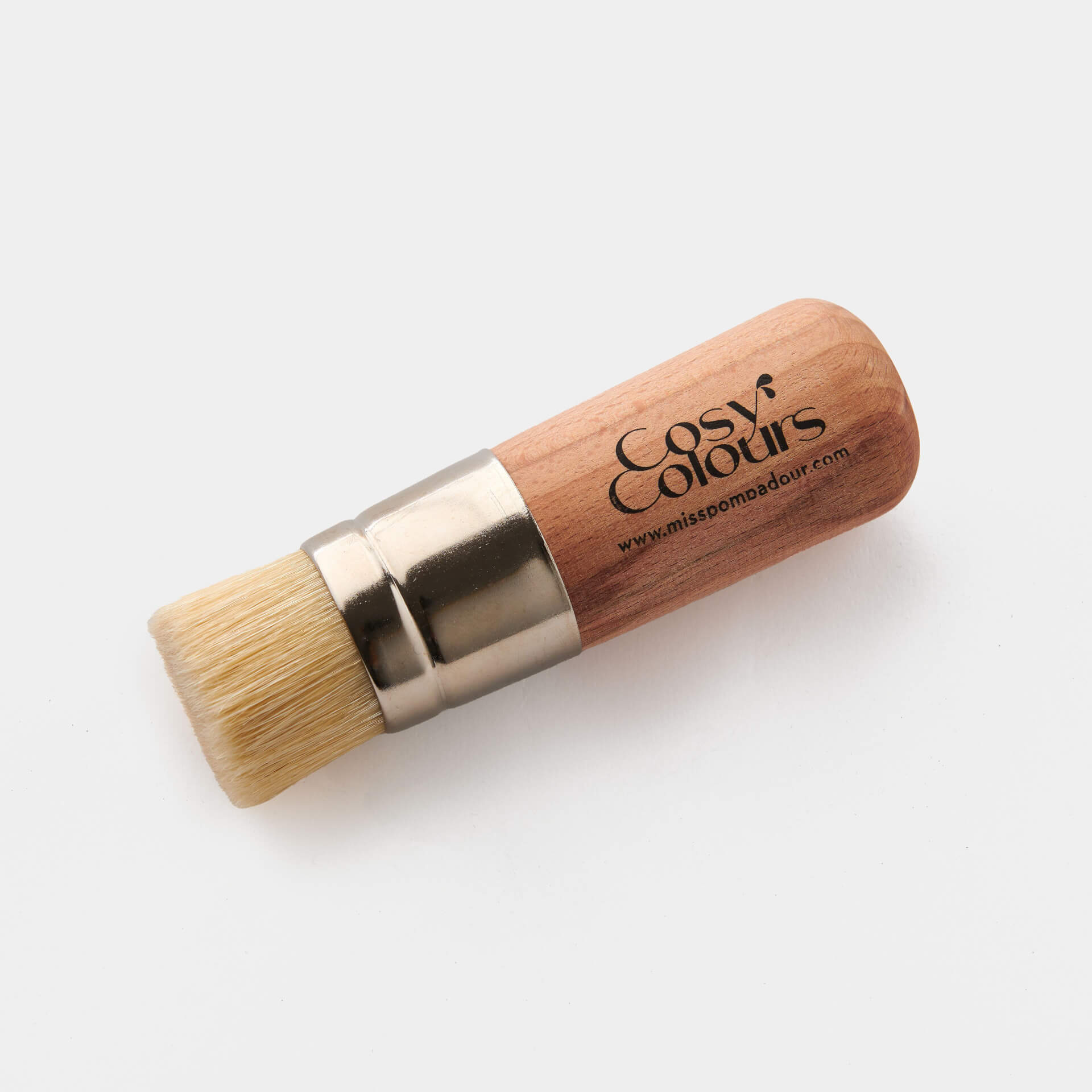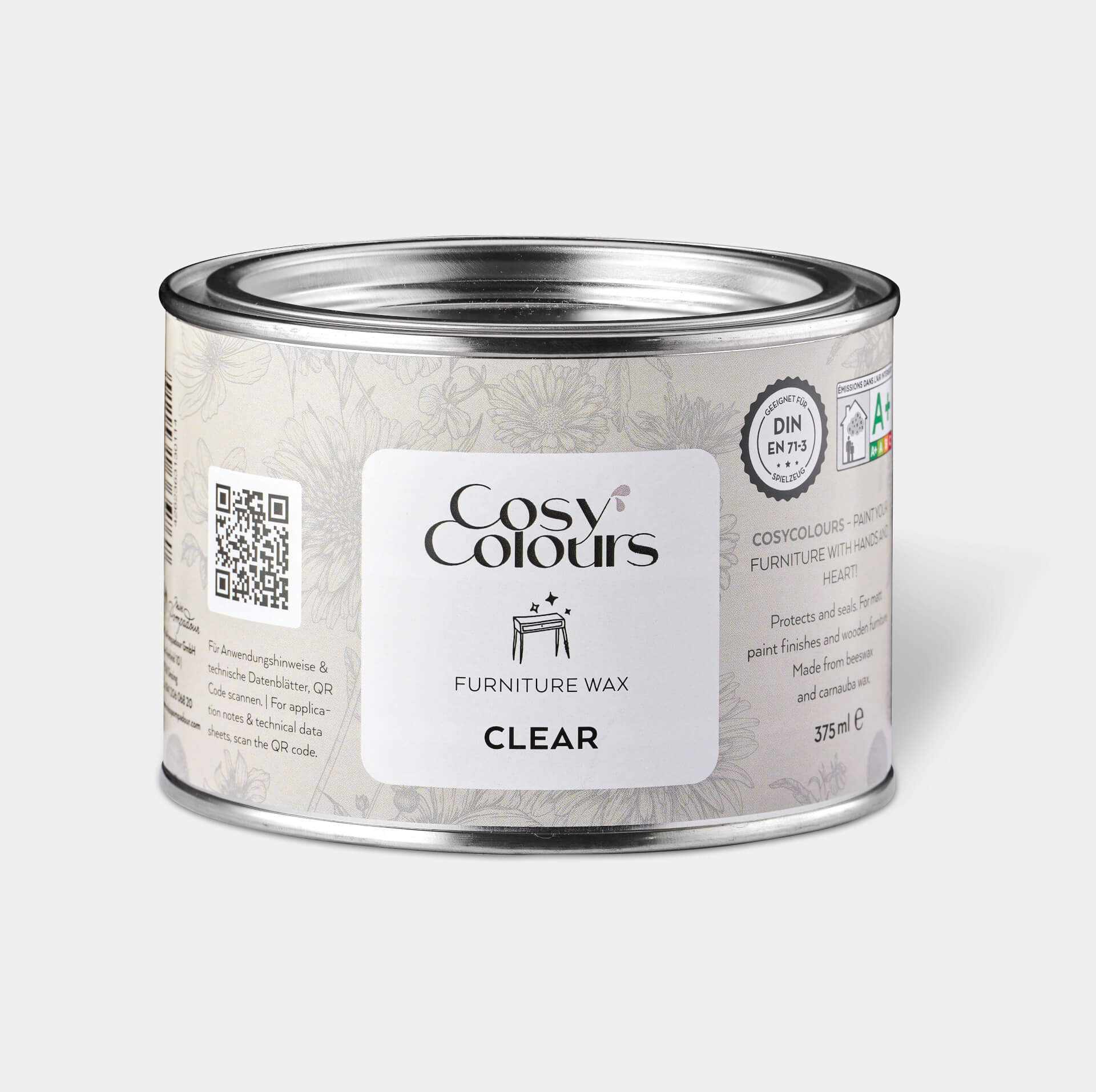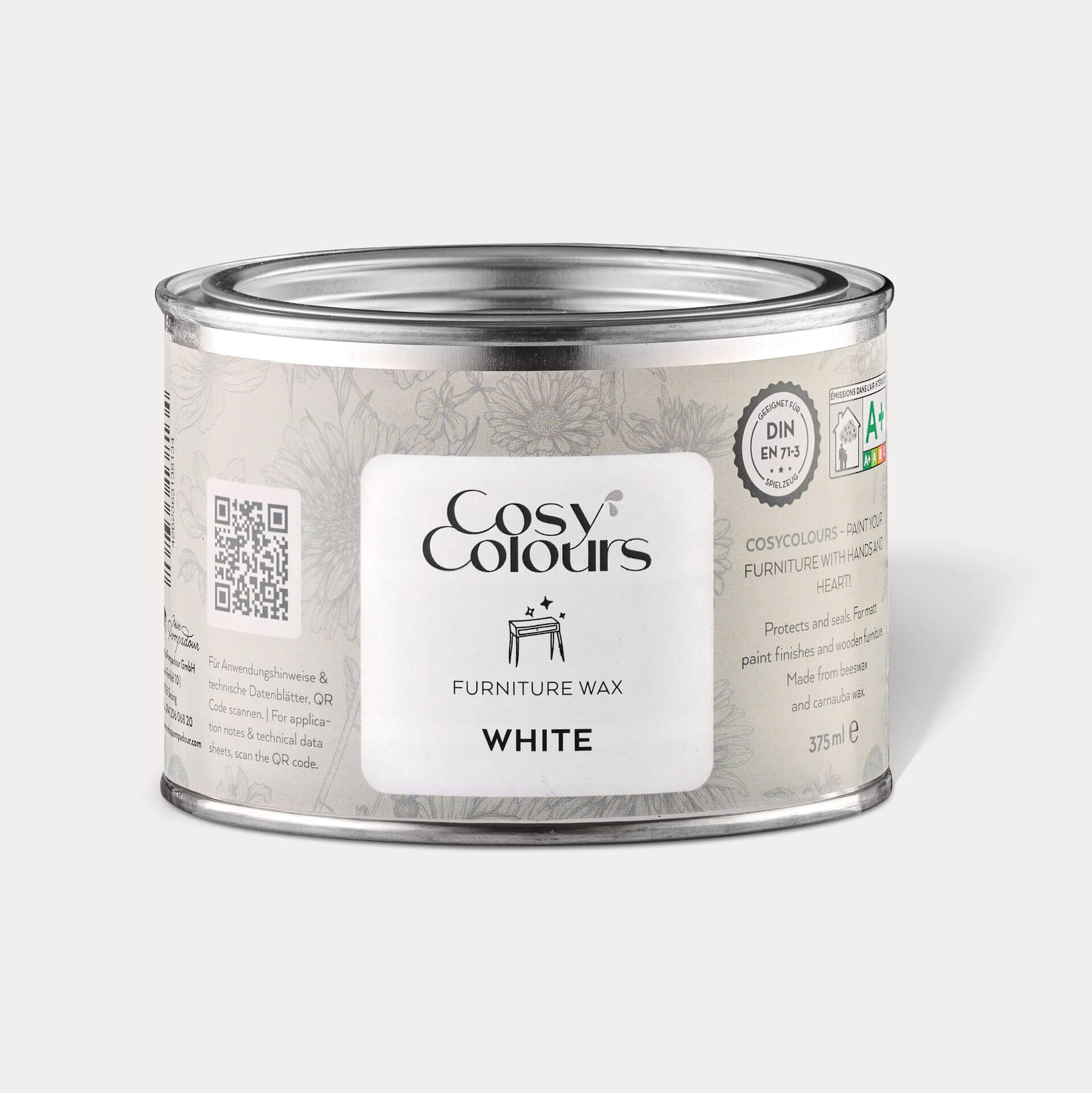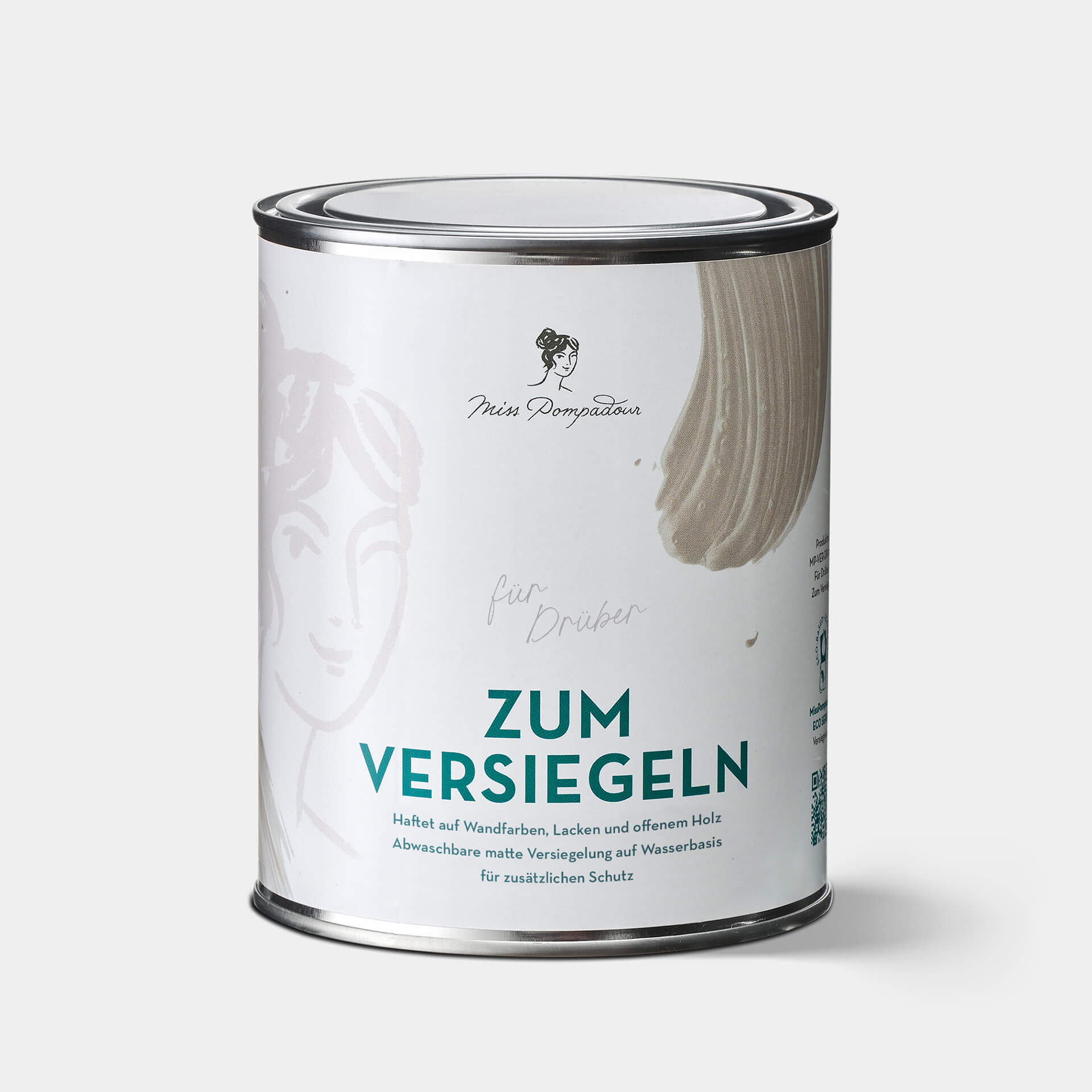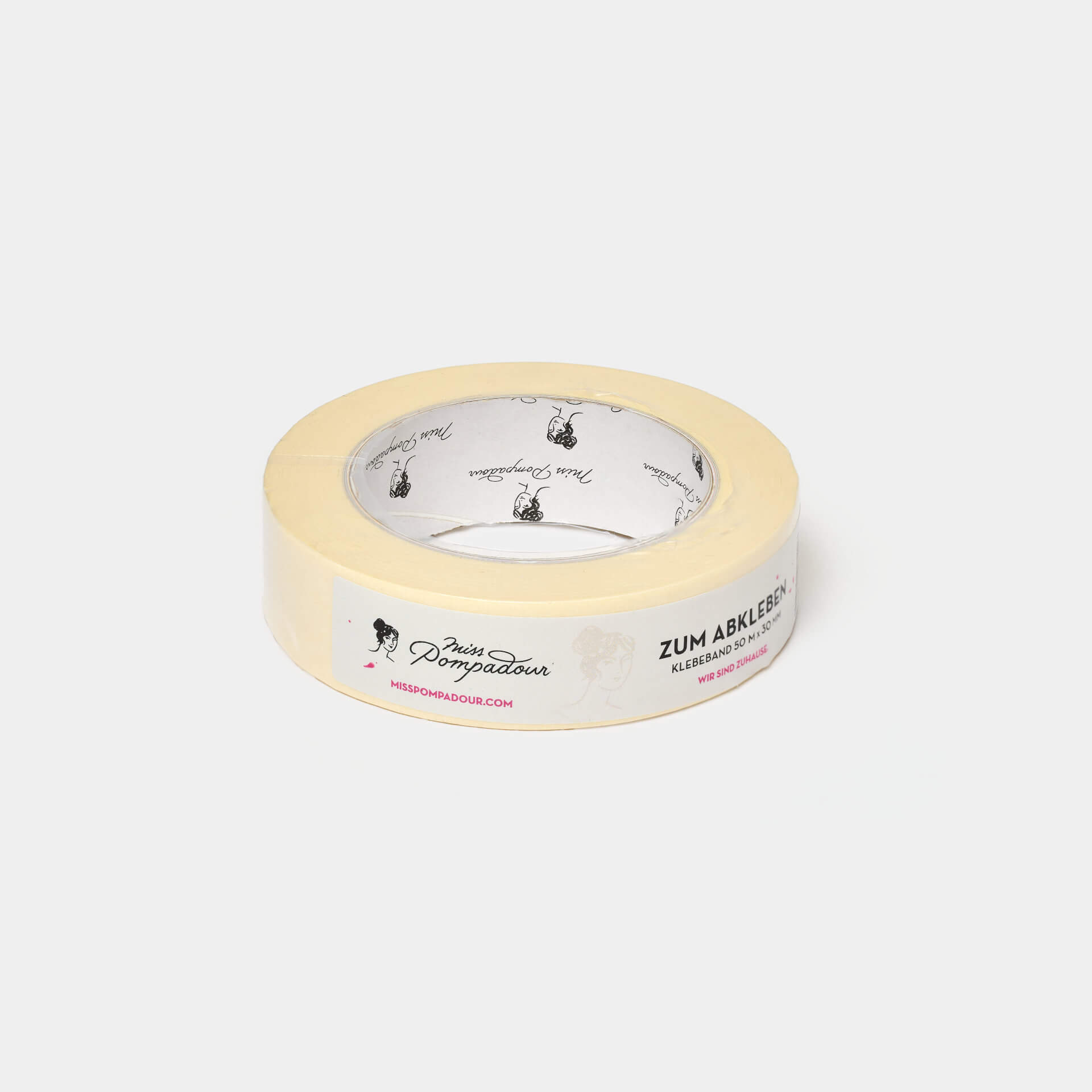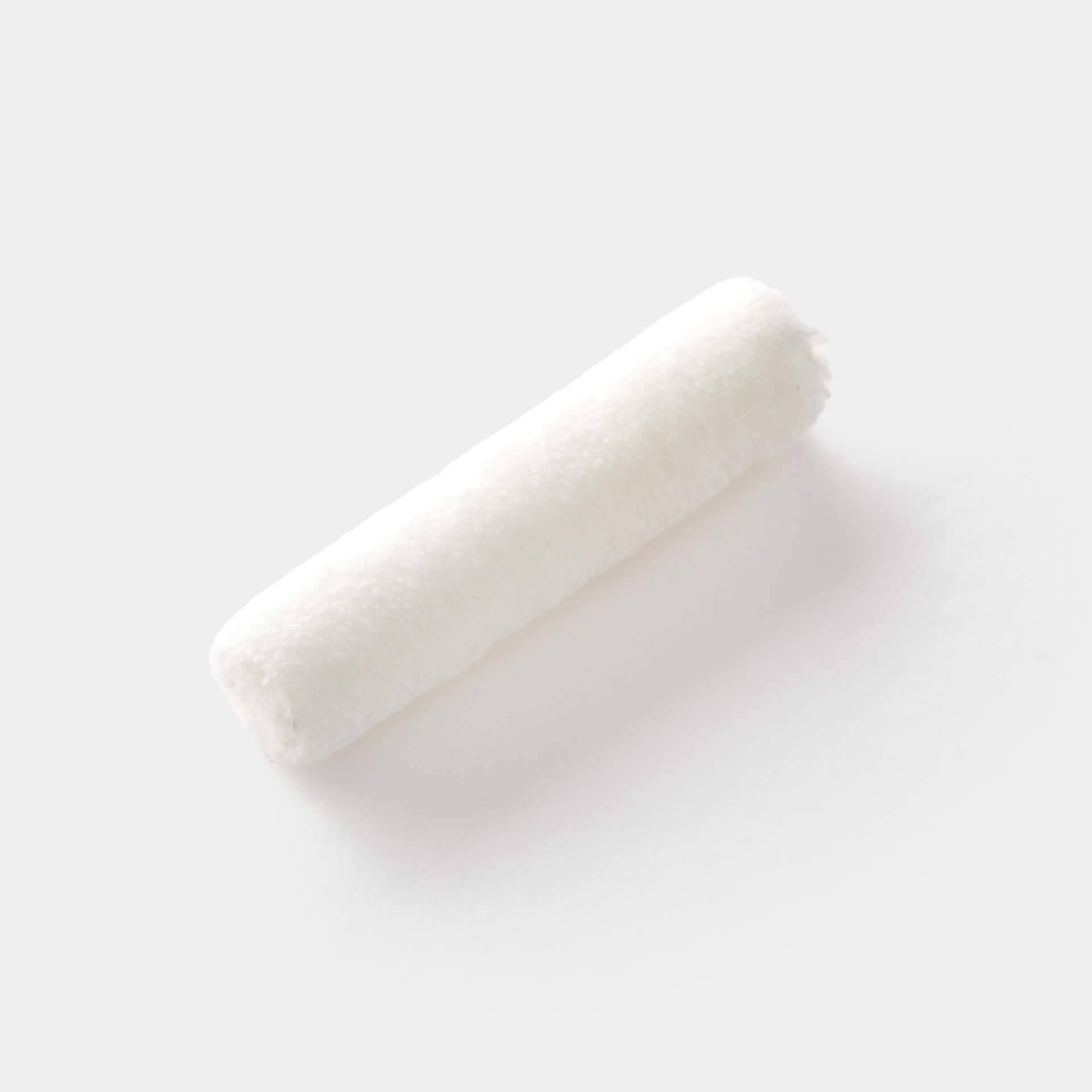Painting fabrics, Leather and Imitation Leather
8 min reading time
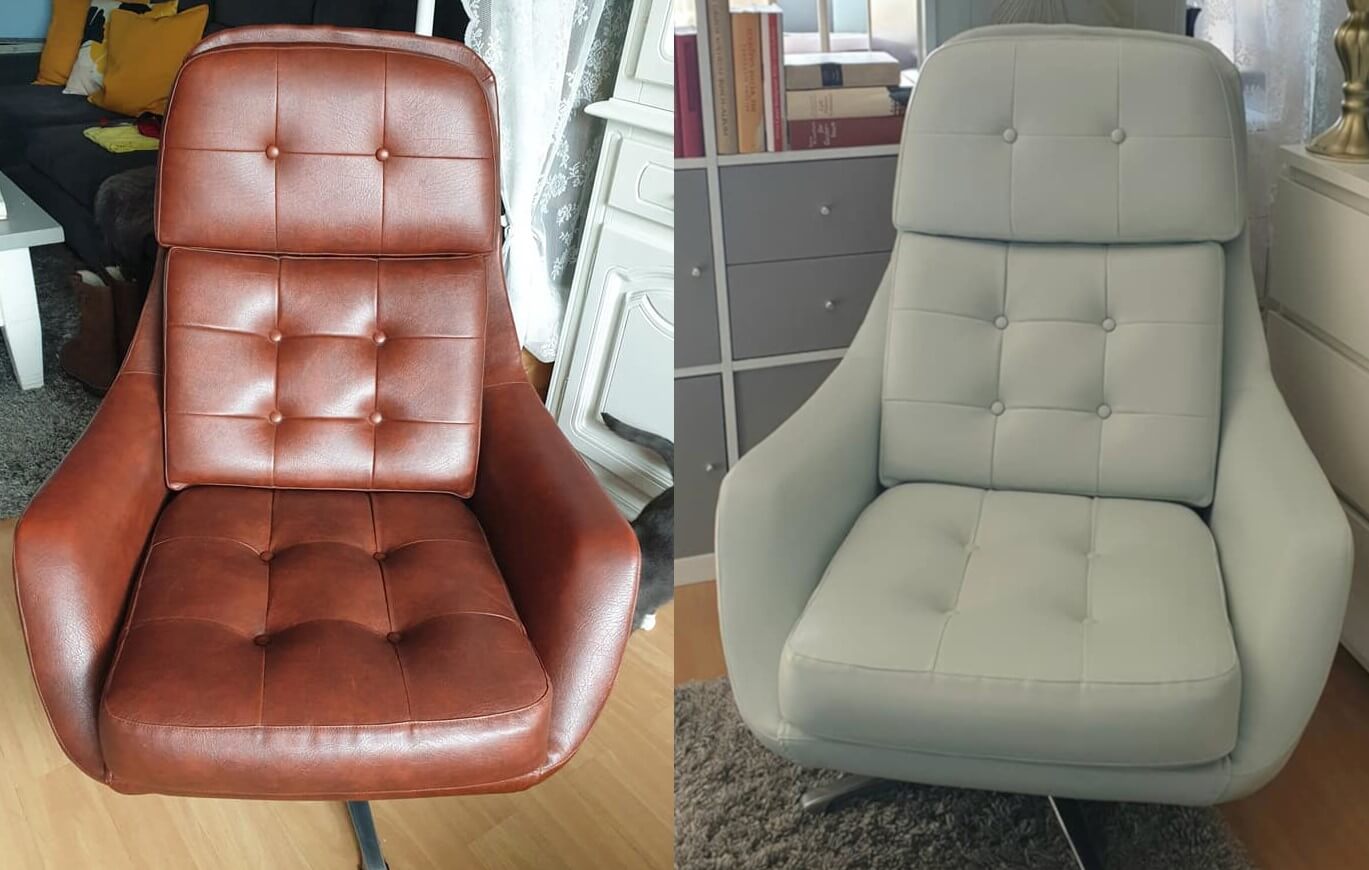
Do you have an old piece of furniture that you love dearly, but the fabric no longer suits your taste? Or are you even looking for fabric in a colour shade that perfectly matches your wall paint? Then you've come to the right place! In this special painting hack, we'll show you how to easily paint fabric and what to consider when doing so.
Table of contents
1. Turn old into new: Before/After pictures from the MissPompadour painting community
2. Whether furniture or textiles - a new look with chalk paint
3. Colouring or painting: The advantages of chalk paint
4. Step-by-Step: How to paint your fabrics the right way (incl. video)
5. Upholstery, leather or cotton: what to consider?
6. FAQ: Frequently asked questions about painting fabric
Textured fabrics in particular are real divas. If you have a smooth fabric, however, it is usually well suited for everyday use after painting.
Why you should still paint instead of throwing away?
Many of our customers have already had good experiences with painting fabric! And if you still have some paint left, it's a good way to use it up.
Just keep in mind that fabric can be very stubborn and the quality of the result will always depend on the texture of the fabric.
Turn old into new: Before/After images from the MissPompadour painting community
Why should you paint fabric? Quite simply because some old treasures are far too good to throw away and you can show off your creativity to the full. Our community has taken the plunge and proudly shows you their successes. Let their ideas inspire you!
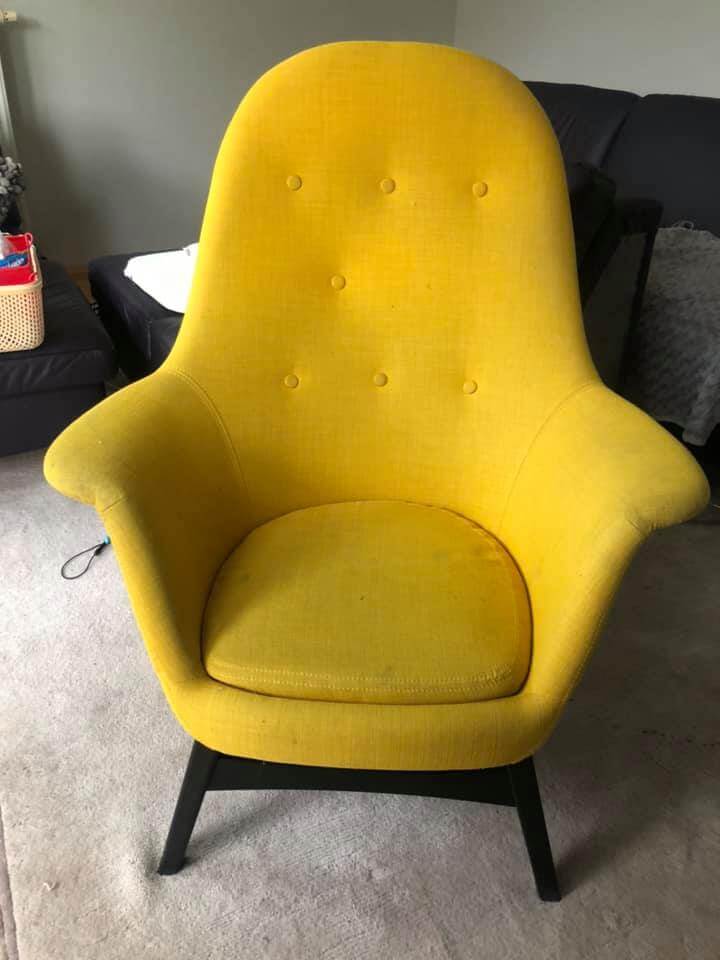
Before
- The old armchair showed clear signs of use.
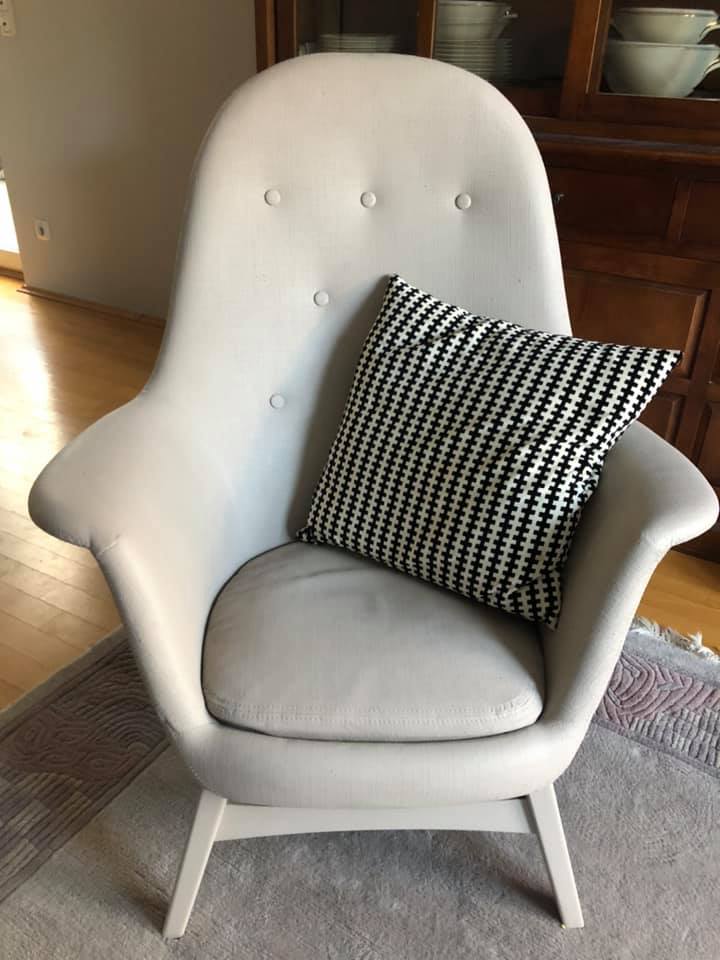
After
- Hotly loved! Therefore much too good to throw away. Just paint it!
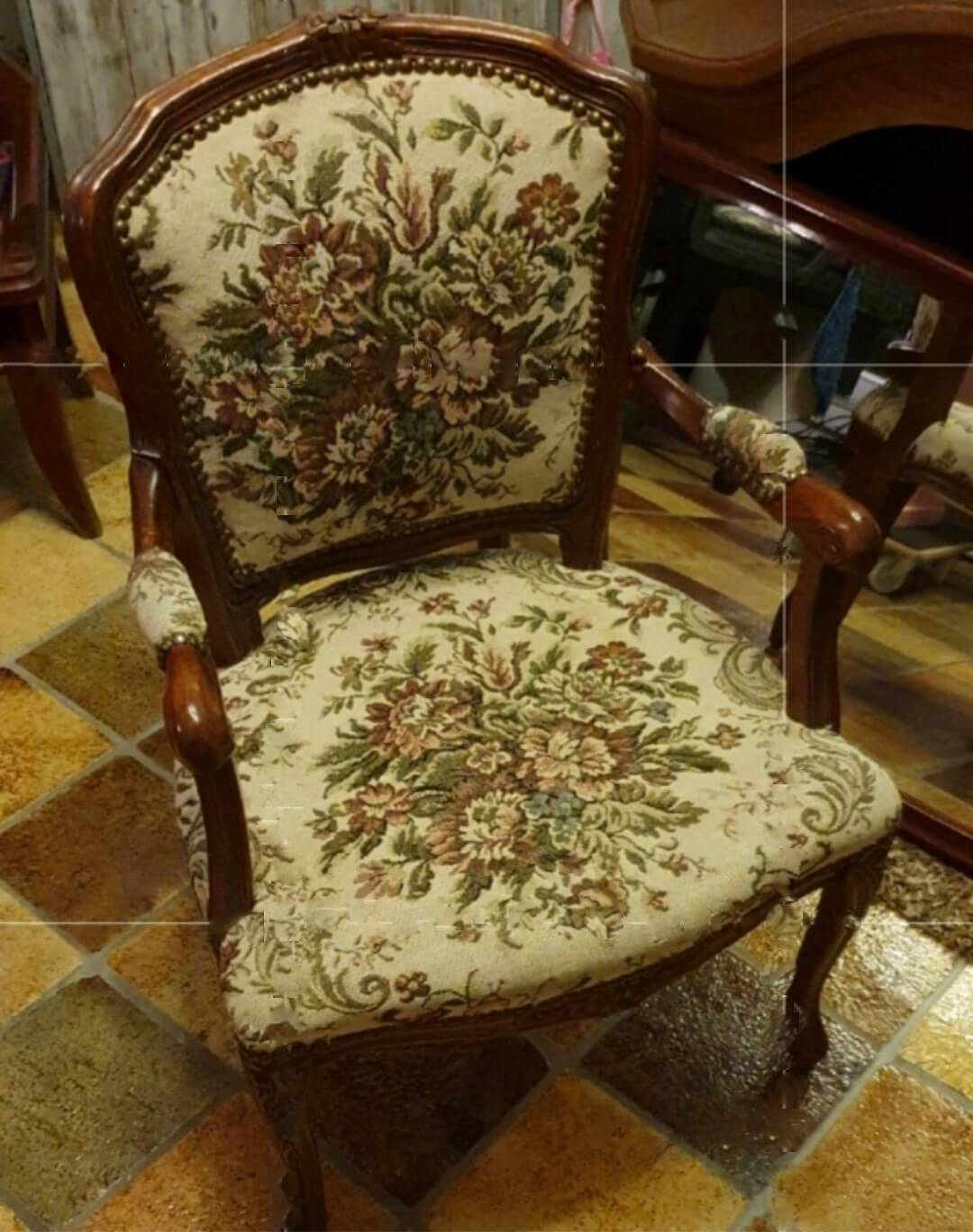
Before
- Surely that was also modern at some point. But it no longer fits in with the times.
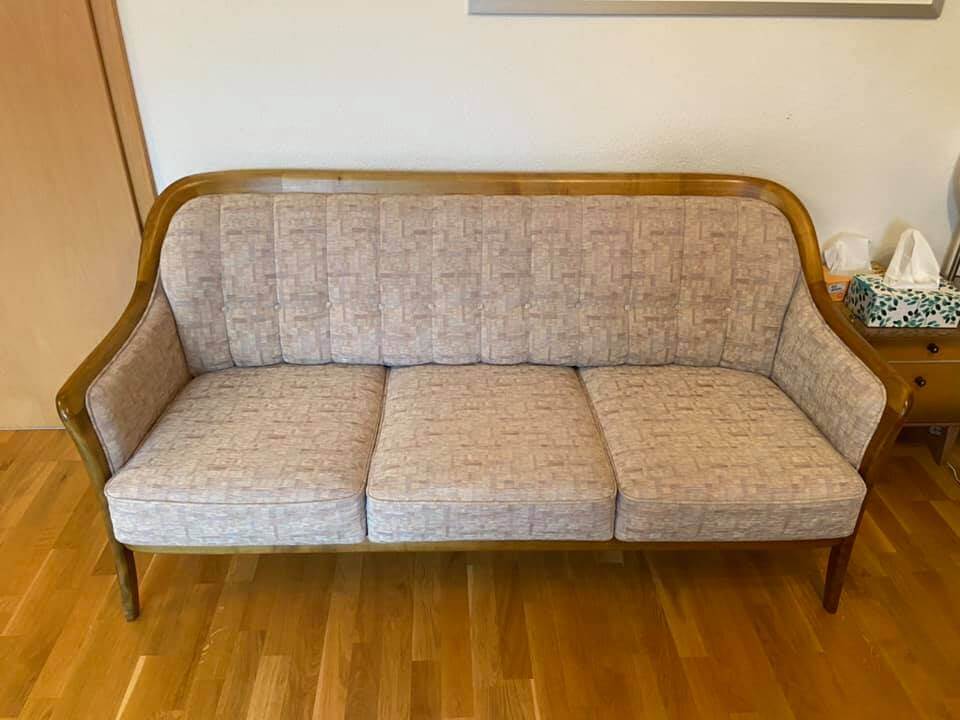
Before
- The old couch deserved a new coat of paint.
Whether furniture or textiles - a new look with chalk paint
Of course, old furniture, e.g. made of wood, can be given a great makeover with our varnishes. But can you also paint fabrics? We at MissPompadour say: Yes, you can also embellish textiles with our paints and varnishes. Almost all fabrics can be painted with matt wall and chalk paints. No extra textile or leather paint is required.
Give your jute shopping bag a personalised design by decorating it with our stencils, or design lampshades and curtains to match your wall paints. Clothing can also be painted with personalised motifs. Please note that a curtain or item of clothing, for example, must remain movable. Therefore, you can only create patterns with wall paint, not paint the entire surface.
Give old upholstered furniture a new, fresh look. A dark brown armchair made of faux leather becomes a real eye-catcher. If you also want to paint the frames of old chairs in addition to the upholstery fabric, you can find out how to do this in our guide to painting wooden furniture.
The important thing is that no matter which fabric you want to paint, the surface should be intact and not worn.
Colour or paint: The advantages of chalk paint
It is often difficult to reupholster pieces of furniture, such as armchairs, yourself and professional repairs can quickly become expensive.
Painting fabrics, leather or faux leather with matt wall paints or varnishes is a cost-effective alternative and a clever solution! For example, paint the fabric of your old sofa or cushion covers with our MissPompadour Paints, CosyColours chalk varnishes or our LittlePomp chalk paints. These are available in many great colour shades.
Their great advantage is that they are water-soluble, making them ideal for colouring fabrics. Our sustainable colours are free from solvents and therefore do not affect the fabric. This means you don't have to worry about the painted textiles later releasing harmful substances into the environment. However, please note that painting with chalk or acrylic paint will change the feel of the textiles, making them less supple.
Step-by-Step: How to paint your fabrics the right way
In the following step-by-step guide, we explain our painting hack and show you how to easily paint fabrics
Step 1: Preparing the chalk paint
We recommend that you add some oil to the paint before painting the fabric. This makes the painted fabric more supple and gives it a pleasant feel. Use normal sunflower or rapeseed oil - about 1 tablespoon per 1 litre of paint. It is important that you mix the oil well with the paint. Mix them together in a paint tray so that the paint remains untouched and durable in the can.
You can paint our chalk paints and varnishes directly onto all types of fabric without diluting them with water. It is best to test how well your fabric absorbs the paint on an inconspicuous area. Apply the paint as thinly as possible. If you have problems spreading the paint on the fabric, dilute it with water.
Step 2: Cleaning and preparing the furniture or textiles to be painted
Now start with a thorough cleaning. Remove dust and lint with a hoover or a lint brush. Remove protruding hairs and threads with a disposable razor. You should also wash off greasy or sticky residues with water and a mild cleaner, such as our environmentally friendly MissPompadour cleaner. Allow the fabric cover to dry afterwards. It should not be dripping wet when you paint it.
Before you start painting, carefully protect all parts that are not to be painted with tape. If possible, remove seat cushions to paint them. Our paints and varnishes adhere well to all surfaces and are difficult to remove when dry. If the paint is still wet, simply wipe it off with a wet cloth.
Step 3: Application of the stroking technique
- If you are painting a heavy, thick fabric that absorbs a lot of paint, it is helpful to wet the fabric with a little water, e.g. with a spray bottle, before the first coat. To Paint the fabric, use a roller or brush. Of course, you can also spray the paint. Make sure you protect all the parts you don't want to get paint on.
- Paint the fabric from the inside out. Start with a little paint and make sure that you always work wet in wet, so that there are no dry spots that you then paint over again. This way you will get an even result. If you only want to colour certain areas of the fabric, tape very carefully and always paint away from the tape to avoid pressing paint underneath. Be sure to remove the tape when it is wet.
- Allow the surface to dry for a few hours (overnight if necessary). Handling is not necessary. You can then sand it with a medium sandpaper. This step is to remove excess paint and make the fabric smoother. Vacuum the fabric again.
- Repeat the entire painting process a second time without re-wetting the fabric. Depending on the quality of the fabric, a 3rd or 4th coat may be necessary. Wait at least 1 week until you load the fabric again, better 14 days.
Video: Painting fabric - With these tips & tricks from MissPompadour you'll succeed (for sure!)
Upholstery, leather or cotton: What to consider?
- For faux leather or leather, we recommend matt varnishes, as they are more flexible than wall paint and move better with the material. Use our MissPompadour Eggshell Varnish or the MissPompadour Matt Varnish to spice up an old armchair
- High pile fabrics, like velvet, absorb a lot of paint due to the long fibres. That's why it's difficult to get an even surface when painting that doesn't streak when it dries. It is best to test an inconspicuous area to see if you like the result
- If you are painting a very thin fabric, start with very little paint and be careful not to move the fabric too much as you apply it. It is possible that paint will seep through the fabric onto the backing
- If you want to paint fabric wallpaper, first test in an inconspicuous place how the wallpaper absorbs the paint. The water-based paint may cause fibres to come off the wallpaper.
FAQ: Frequently asked questions about painting fabric
Do you still have questions? Then we have summarised the most common ones for you here:
What challenges can arise when painting fabrics?
Fabrics vary greatly in thickness and quality. Therefore, they absorb different amounts of paint. For example, if you want to colour the fabric of your sofa with acrylic paint, you will probably need more paint than if you want to decorate a fine cotton fabric. If the fabric is very thin, the paint may seep through to the other side when you paint. Start carefully with a little paint.
What should be considered when painting furniture?
When painting upholstered furniture,maskcarefully so that no paint gets on the frame or surrounding surfaces. If something does go wrong, remove the paint quickly with a wet cloth or sponge, as it is water-soluble when wet.
How long does it take for freshly painted fabrics to dry?
The drying time depends on the colour you have used and the type of fabric. A heavy, highly absorbent fabric naturally absorbs more paint and therefore takes longer to dry. We recommend that you do not load the upholstery for at least 1 week, better 14 days.
What can I use to seal painted fabric?
The good news is: because fabrics are flexible and moveable, a topcoat, which often protects against hard impacts, is not necessary at all! So you don't need to seal your fabric - we don't recommend it either. It can, for example, make the fabric too hard or cause other side effects. So just save yourself this step!
Finished reading yet?
Here you will find more exciting topics
Your new favourite colour
Your tools and accessories
Content: 0.375 Litre (€47.73* / 1 Litre)
Content: 0.375 Litre (€53.07* / 1 Litre)

